
Nearly 3 weeks into Rohingya crisis, refugees still fleeing: photos by Dar Yasin, text by Dar Yasin and Julhas Alam, Associated Press, 15 September 2017
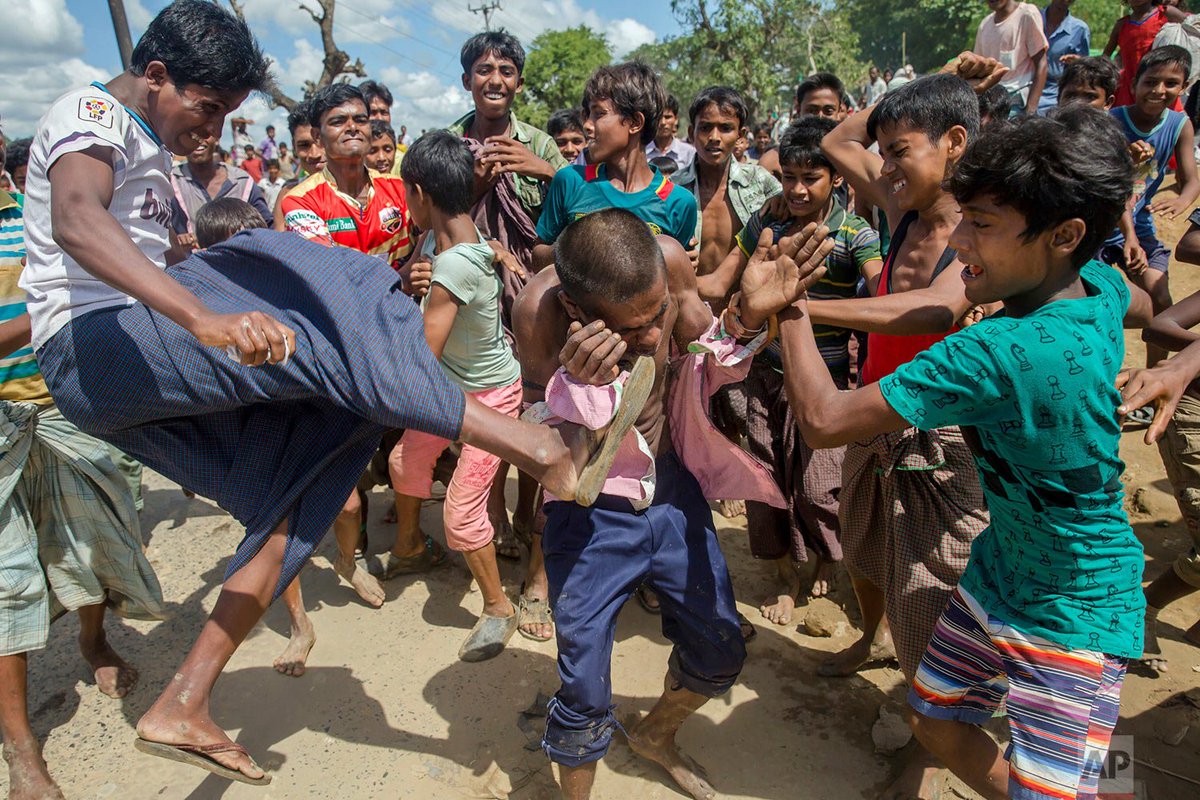
Rohingya Muslims who recently crossed from Myanmar into Bangladesh, beat a suspected child trafficker at Balukhali refugee camp.: photo by @daryasin: image via AP Images @AP_Images, 15 September 2017
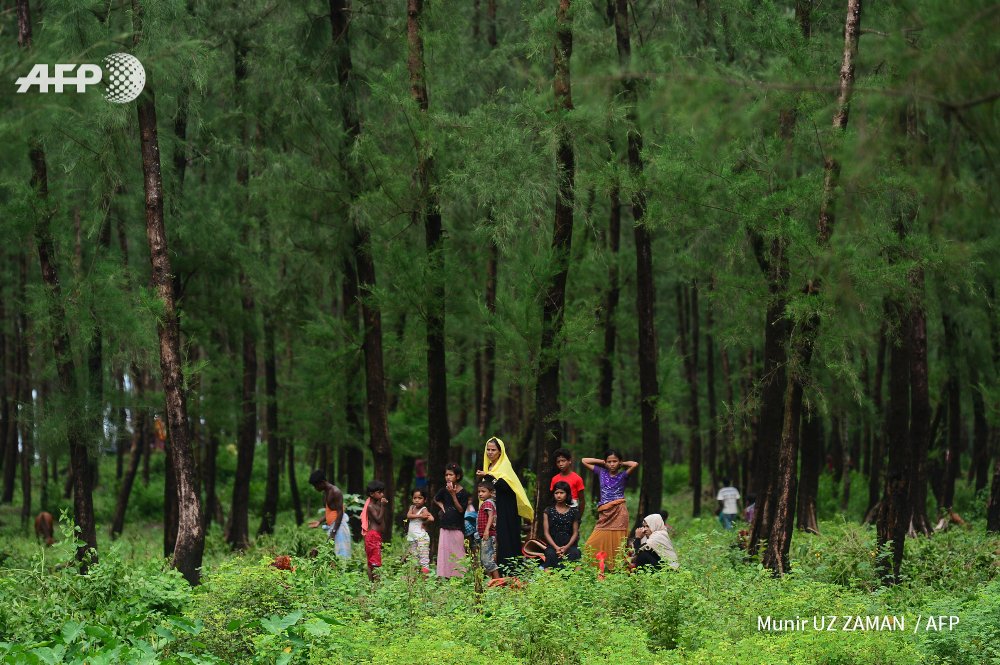
#Bangladesh Rohingya Muslim refugees rest after crossing the border from Myanamar near the Bangladeshi town of Teknaf.
Photo @uz_munir #AFP: image via Frédérique Geffard @fgeffardAFP, 10 September 2017

There are 41 'safe zones' for children across Bangladesh's network of refugee camps, where children can sing, play, draw pictures and staff can look out for those on their own: photo by AFP, 13 September 2017
Hundreds of Rohingya children arrive in Bangladesh alone: Nick Perry and Sam Jahan, AFP, 13 September 2017
Ukhia (Bangladesh) (AFP) - The lost Rohingya boy made the
journey from Myanmar alone, following strangers from other villages
across rivers and jungle until they reached Bangladesh, where he had no
family and no idea where to go.
"Some women in the group asked, 'Where are your parents?' I said I didn't know where they were," said Abdul Aziz, a 10-year-old whose name has been changed to protect his identity.
"A woman said, 'We?ll look after you like our own child, come along'. After that I went with them."
More than 1,100 Rohingya children fleeing violence in western Myanmar have arrived alone in Bangladesh since August 25, according to the latest UNICEF figures.
These solo children are at risk of sexual abuse, human trafficking and psychological trauma, the UN children's agency said.
Many have seen family members brutally killed in village massacres in Rakhine state, where the Myanmar army and Buddhist mobs have been accused of crimes described by the UN rights chief as "ethnic cleansing".
Others narrowly escaped with their own lives -- some children arriving in Bangladesh bear shrapnel and bullet wounds.
The number of children who crossed into Bangladesh alone, or were split up from family along the way is expected to climb as more cases are discovered.
More than half of the 370,000 Rohingya Muslims who have made it to Bangladesh since August 25 are minors, according to UN estimates.
A sample of 128,000 new arrivals conducted in early September across five different camps, found 60 percent were children, including 12,000 under one year of age.
This presents a needle in a haystack scenario for child protection officers trying to find unaccompanied minors in sprawling refugee camps, where toddlers roam naked, children sleep outdoors and infants play alone in filthy water.
"This is a big concern. These children need extra support and help being reunited with family members," Save the Children?s humanitarian expert George Graham said in a statement.

More than 1,100 Rohingya children fleeing violence in western Myanmar have arrived alone in Bangladesh since August 25, according to the latest UNICEF figures: photo by AFP, 13 September 2017
Alone and vulnerable
"At first they don't talk, don't eat, don't play. They just sit still, staring a lot," Moazzem Hossain, a project manager with Bangladeshi charity BRAC told AFP at a 'child-friendly space' run in partnership with UNICEF at Kutupalong refugee camp.
There are 41 of these safe zones across Bangladesh's ever-expanding network of refugee camps.
Every day children, some carrying younger siblings, flock to the simple wooden huts for activities like singing, playing with toys and blocks and skipping ropes.
It is a welcome distraction from the misery outside, where monsoon rain turns the camp into a quagmire and exhausted refugees compete for dwindling food and space.
But playtime also allows staff to register details about a child's background, monitor newcomers and keep an eye out for the tell-tale signs of a child on their own.
One such youngster was 12-year-old Mohammad Ramiz, who found himself alone after fleeing his village and tagged along with a group of adults.
"There was a lot of violence going on, so I crossed the river with others," said Ramiz, not his real name.
"I ate leaves from the tree, and drank water to survive."
There are fears the vulnerable minors could be exploited if left unsupervised in the camps, UNICEF Geneva spokesman Christophe Boulierac told AFP.
Girls are particularly at risk of being lured into child marriages, or trafficked to red-light districts in big cities where they are forced into prostitution and abused, he added.
But the facilities for refugee children are vastly overstretched.
Over just two days, 2,000 children came through a single 'safe space' in Kutupalong, little larger than a classroom with just a few staff on hand.
Thirty-five unaccompanied minors were identified over that period, Boulierac said, but more resources were needed to ensure others did not slip through the cracks.
"The faster we act, the more chance we have of finding their family," he told AFP.
"The most important thing is to protect them because unaccompanied children, separated children, are particularly vulnerable and in danger."

#Myanmar /#Bangladesh Hundreds of Rohingya children arrive in Bangladesh alone Photo @uz_munir #AFP #RohingyaCrisis #Rohingyas: image via Frédérique Geffard @fgeffardAFP, 13 September 2017

Au
Bangladesh pauvre, les petits gestes de solidarité citoyenne envers les
Rohingyas @nickeperry #AFP: image via Alexandre Marchand @alexandremd,
12 September 2017
Bangladeshis pitch in to aid 'Muslim brothers' fleeing unrest: Nick Perry and Sam Jahan, AFP, 12 September 2017
Teknaf
(Bangladesh) (AFP) - Sajeed Hassan is spending his school holidays
volunteering in a kitchen that provides hot meals to Rohingya refugees,
joining an army of ordinary Bangladeshis pitching in as aid agencies
struggle to cope with an overwhelming tide of desperate civilians.
Some 370,000 refugees have flooded into Bangladesh in the last two and a half weeks fleeing violence in Myanmar, a Buddhist-majority country where the Muslim Rohingya minority has suffered decades of persecution.
Aid agencies have warned of an unfolding humanitarian crisis in predominantly Muslim Bangladesh, an impoverished nation of 160 million which is still reeling from devastating floods.
But ordinary citizens have turned out in droves to help their "Muslim brothers".
At
the makeshift kitchen in his uncle's front yard near the border town of
Teknaf, Hassan works alongside about a dozen volunteers packaging hot
meals of rice and lentils, stirring bubbling cauldrons of meat stew over
open fires.
"They are Muslims, and they are coming from another country, that's why we are helping," Hassan, 12, told AFP.
"They have come from far away, and they are suffering."
The Rohingya have centuries-old ties to the Chittagong region over the border in Bangladesh, and images on social media purportedly showing abuses against the Muslim minority have stoked immense sympathy here.
"Sometimes they come to my restaurant, eat, and then let us know they don't have any money," said Abdul Khalek at his simple roadside stall with a tarpaulin roof and mud floor.
"But I don't mind. It is a duty from a Muslim brother to another to help in distress."
Bangladesh already hosted at least 300,000 Rohingya refugees in squalid camps along its border with Myanmar before this latest influx, offering sanctuary for more than three decades to civilians fleeing violence and persecution in neighbouring Rakhine State.
But this fresh wave is unprecedented in its magnitude, pushing conditions at the camps to the absolute limit.
Charities are warning of an unfolding humanitarian crisis as Bangladesh pushes for a diplomatic solution to close the floodgates.

Men prepare food for Rohingya refugees in the Bangladeshi city of Teknaf: photo by Munir Uz Zaman/AFP, 13 September 2017
Prices soaring
At the congested market near Kutupalong refugee camp, where children bang on the windows of passing cars pleading for food, Bangladeshis are helping out with whatever meagre resources they have.
Some of these freelance relief efforts are shambolic, with tremendous crushes and children knocked down as donated supplies are tossed from moving trucks.
As the crisis enters its third week, patience is also running thin among some Bangladeshis living near the border, where many earn little.
Prices for food and other staples have soared in local markets, which have become choked with chronic traffic and large numbers of beggars.
Kuilla Mia, a tea seller working a street corner amid a chaotic swirl of refugees, said he had nothing to spare.
"I would like to give them a discount, but I cannot because the price of sugar is high," he told AFP.
Bangladesh -- which initially ordered border guards to turn back newcomers before the effort became futile -- has been praised for taking on the burden despite its own pressing challenges as one of the region's poorest countries.
The plight of the Rohingya, who are reviled and denied citizenship in Myanmar, has particularly roused emotion across the Islamic world.
On Tuesday, Prime Minister Sheikh Hasina toured Kutupalong, one of the biggest camps, where she was seen consoling a young Rohingya boy.
"I can't hold back the tears in eyes as I look at this scene... Why should people suffer such pain?" she said, according to a private news portal.
Bangladeshi authorities have said they will register all new arrivals, setting up booths in the camps to collect fingerprints and family information.
Hasina wants the Rohingya returned to what she has labelled their "ancestral homeland" in Myanmar.
"Myanmar has created the problem and it will have to resolve it," she told parliament on Monday.
Dhaka has pointed to a deal with Yangon in 1992 that saw more than 236,000 Rohingya repatriated as "members of Myanmar society".
Mohammad Hussain, a lentil vendor, said he was giving away what he could, but Bangladeshis alone could not be expected to care for all the refugees.
"If aid doesn't arrive from abroad, then these people will be in serious danger," he told AFP.
But for young Hassan, the experience has been moving
"I feel great helping them, and I want to do more," he said.
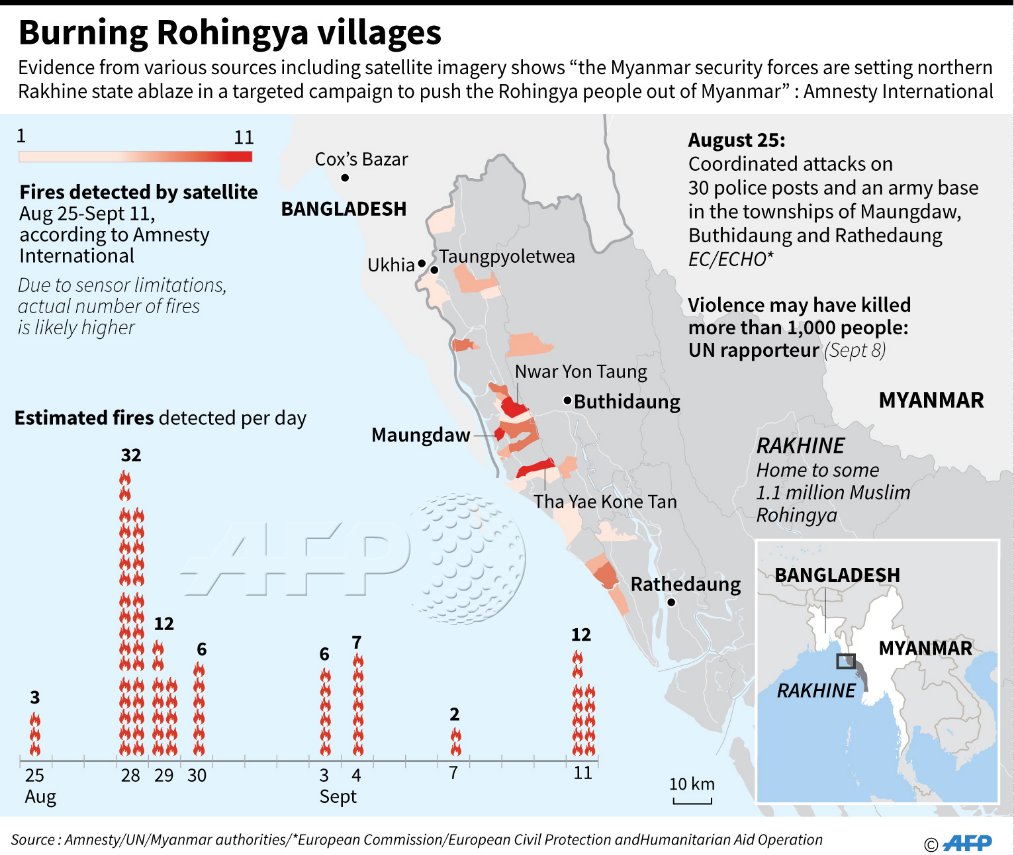
Bangladesh troops will deliver foreign aid to border town overwhelmed by Rohingya Muslim refugees from Myanmar: image via AFP news agency @AFP, 15 September 2017
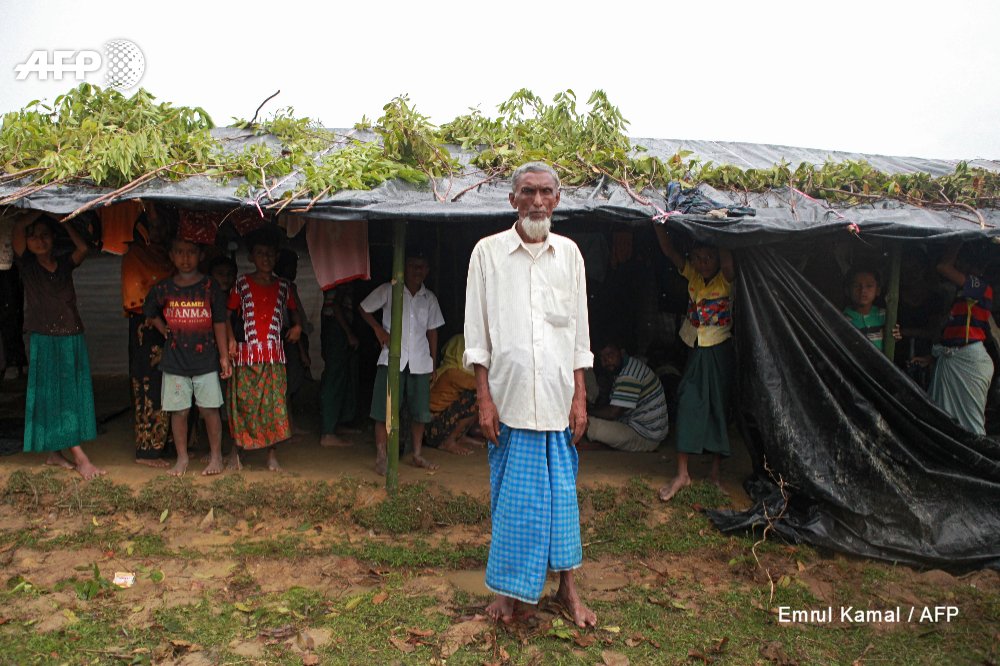
Nick Perry Retweeted AFP news agency
Nick Perry added,
This is the story of one village among many and their flight to Bangladesh on the day their homes were erased. My latest from Myanmar border
image via Nick Perry @nickeperry, 10 September 2017
Burma: Military Torches Homes Near Border: New Satellite Images, Data Show 62 Destroyed Rohingya Villages: Human Rights Watch, 15 September 2017
Smoke is seen rising from Burma's Taung Pyo Let War village across the border in Bangladesh: photo by Human Rights Watch 15 September 2017
Smoke is seen rising from Burma's Taung Pyo Let War village across the border in Bangladesh: photo by Human Rights Watch 15 September 2017
(Dhaka) – The Burmese military is deliberately burning ethnic Rohingya villages near the Bangladesh border, Human Rights Watch said today. Such acts of arson, after forcing residents to leave their villages, appear central to the Burmese military’s ethnic cleansing campaign against the Rohingya Muslim population in Burma’s Rakhine State.
Human Rights Watch released new satellite imagery and sensory data
showing that 62 villages in northern Rakhine State were targeted by
arson attacks between August 25 and September 14, 2017. Human Rights
Watch identified 35 of these villages with extensive building
destruction from very high resolution satellite imagery, and an
additional 26 villages that had active fires detected in near-real time
with environmental satellite sensors.
“Our field research backs what the satellite imagery has indicated – that the Burmese military is directly responsible for the mass burning of Rohingya villages in northern Rakhine State,” said Phil Robertson, deputy Asia director.
“The United Nations and member countries should urgently impose measures on the Burmese government to stop these atrocities and end the forced flight of Rohingya from Burma.”
.
“Our field research backs what the satellite imagery has indicated – that the Burmese military is directly responsible for the mass burning of Rohingya villages in northern Rakhine State,” said Phil Robertson, deputy Asia director.
“The United Nations and member countries should urgently impose measures on the Burmese government to stop these atrocities and end the forced flight of Rohingya from Burma.”
Human Rights Watch conducted a detailed building damage assessment in 6 of the 35 affected villages and identified nearly complete destruction in each case. The total number of destroyed buildings was 948.
On the morning of September 13, Human Rights Watch observed from
Bangladesh large plumes of thick, black smoke from the Rohingya border
village of Taung Pyo Let Yar in Maungdaw township. A video confirmed to
have been taken from a hill overlooking the village shows several
buildings burning in the unoccupied village and two large, dark-colored
trucks several hundred meters away. Village residents stranded at the
border described the vehicles as “military trucks” that had previously
entered the village. Three villagers who observed the fires from the
hill said that the smoke came from fires set in village buildings.
Fatima, 50, who had fled Taung Pyo Let Yar, told Human Rights Watch that after she saw smoke rise from the village, she climbed a hill to see if her home was on fire. When she reached the top, she saw her home engulfed by a column of smoke. Other nearby homes were also burning. She said that she had fled on August 31 when trucks carrying Burmese soldiers arrived in the village. The soldiers jumped out of the trucks carrying guns, frightening her, so she ran several hundred meters into the “no-man’s land” at the Bangladeshi border.
“When we see the army we just ran away from the village – hundreds ran,” Fatima said. “We just brought our children.”
Mohamed Sahed, 50, climbed the same hill and said that he saw his two trucks and a car burning in front of his house, which was also consumed by fire. He said he saw at least four soldiers in the village. His son, Mohamed Shufi, 24, said that earlier that morning he and two other villagers had re-entered Burma and were heading back to their homes to get wood for cooking at their temporary camp at the border. But when they were still hundreds of meters from the village, a half-dozen Burmese soldiers spotted them and hurled rocks at them using slingshots. The three villagers ran back across the border and hid.
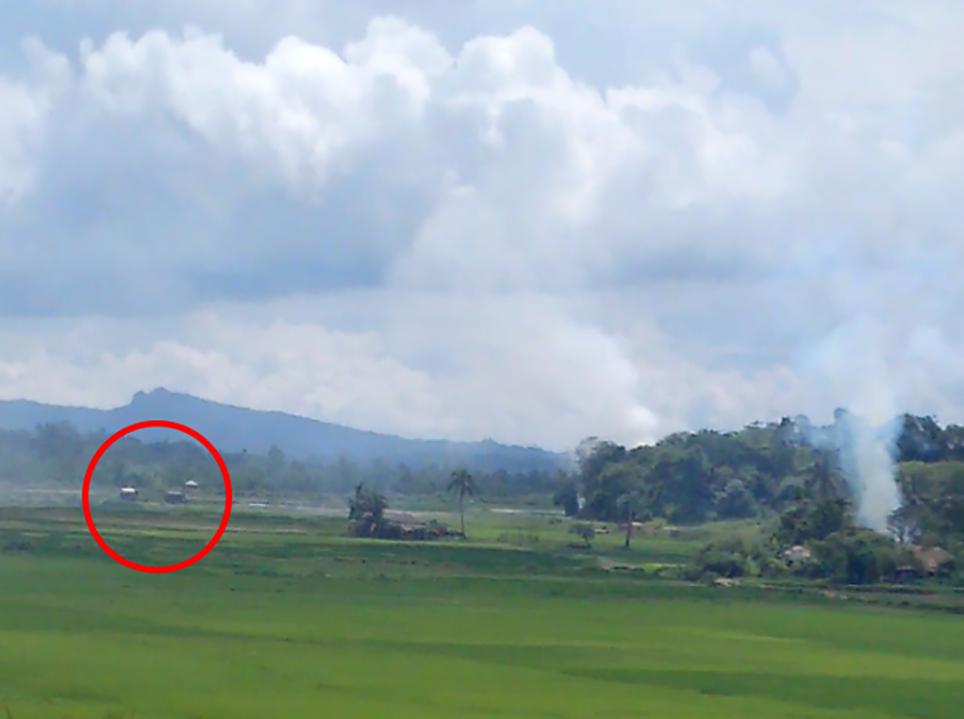
A screen grab of a video shows two dark-colored Burmese military trucks within several hundred meters of a burning village.: photo by Human Rights Watch, 15 September 2017
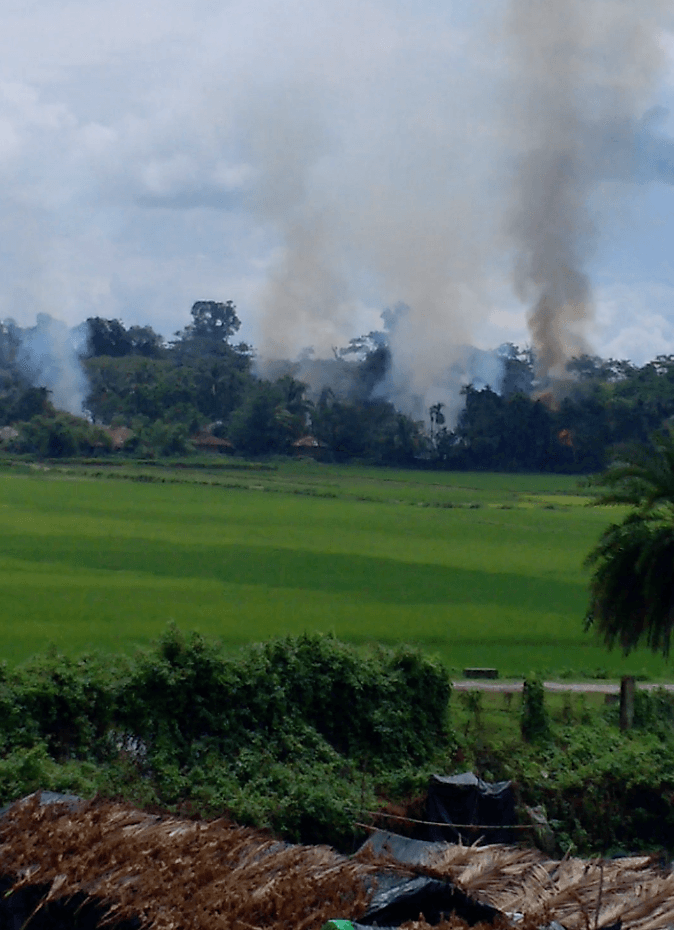
A screen grab shows open flames in the burning village.: photo by Human Rights Watch, 15 September 2017
Earlier in the week, Human Rights Watch directly observed a Burmese
military patrol operating within 600 meters of Taung Pyo Let Yar.
Rohingya refugees also said that they saw patrols of at least 40 Burmese
soldiers operating within meters of the border fence and several
hundred meters of the village nearly every day. Several people at the
border said that a Burmese border guard police post was located within
200 meters of Taung Pyo Let Yar, and that since August 31, the Burmese
military had routinely occupied houses in the village and used the
border guard outpost.
Satellite detection of multiple active fires on September 11 and 13 suggest that villages in new areas of Maungdaw township are now being targeted for destruction. Because of heavy cloud cover, it is almost certain that the actual number of fire-affected villages in the townships of Maungdaw, Buthidaung, and Rathedaung is considerably higher. UN Secretary-General António Guterres and human rights chief Zeid Ra’ad al-Hussein have indicated that the Burmese military’s actions amount to ethnic cleansing. Burmese government statements seemingly support these conclusions. Zaw Htay, a Burmese government spokesman, told the media that of 471 villages targeted in “clearance operations” by the military, 176 are now empty and at least 34 others partially abandoned.
The Burmese military’s operations in northern Rakhine State followed a series of coordinated armed attacks by the Arakan Rohingya Salvation Army (ARSA) on August 25 against more than 30 Burmese government police stations and checkpoints, government offices, and an army base. The Burmese government alleges that Rohingya militants and villagers are responsible for burning buildings in villages across Rakhine State, but has so far failed to provide evidence of this claim.
Although "ethnic cleansing" is not formally defined under international law, a UN Commission of Experts has described ethnic cleansing as a “purposeful policy designed by one ethnic or religious group to remove by violent and terror-inspiring means the civilian population of another ethnic or religious group from certain geographic areas.… This purpose appears to be the occupation of territory to the exclusion of the purged group or groups.”
“The sightings of Burmese military vehicles and soldiers in a Rohingya village as it goes up in flames fills in some blank spaces of the overwhelming satellite imagery of destruction,” Robertson said. “Concerned governments need to convey the message to Burma’s Sr. Gen. Min Aung Hlaing and other senior commanders that they could be implicated in grave crimes unless they act swiftly to stop the atrocities and hold those responsible to account.”
Nick Perry Retweeted AFP news agency
Nick Perry added,
Again,
#Rohingya children suffer in this crisis. Azizul Haque lost both legs
when he stepped on a landmine fleeing #Myanmar for #Bangladesh.
image via Nick Perry @nickeperry, 15 September 2017

Rohingya Muslim refugee Rashida Begum (L) spent days at the bedside of her son Azizul Haque, 15, who died Thursday, a week after losing both his legs as he stepped on a landmine: photo by AFP, 13 September 2017
Instead the 15-year-old is so feeble he can barely beg his mother to bring him a juice, which in any case she cannot afford to buy.
Haque is in a hospital bed in the Bangladesh border town of Cox's Bazar, bandaged virtually from head to toe. He lost both legs and part of a hand in the explosion, and suffered shrapnel wounds across his body.
"We heard a huge explosion as Azizul stepped on the mine," said his mother Rashida Begum, standing next to his bed, helplessly shedding tears. "I saw his two legs blown away."
The family are among 379,000 Rohingya who have sought refuge in Bangladesh from violence in Myanmar's Rakhine state that started August 25, after Rohingya militants attacked police posts there.
They ran away from their home village of Debinna, and were in sight of the frontier when the boy stepped on a mine near the barbed wire border fence.
"Everyone was in a rush. Nobody could look out for others as the Burmese were chasing us from behind and burning the village," the mother of four told AFP.
While many Rohingya refugees have recounted tales of torture and rape by Myanmar troops and Buddhist militias as they escaped torched villages, landmines are the latest deadly threat to come to light.
Senior Bangladeshi officials believe anti-personnel mines, which were banned by a 1997 global treaty, have been planted by Myanmar security forces to prevent Rohingya from trying to return to their villages.
"Since September 3, we have heard at least 12 landmine explosions. At least three people were killed and seven were injured in the blasts," Border Guard Bangladesh Commander Manzurul Hasan Khan told AFP.
"All indications point to the Myanmar security forces deliberately targeting locations that Rohingya refugees use as crossing points," said Tirana Hassan of Amnesty international.
"This a cruel and callous way of adding to the misery of people fleeing a systematic campaign of persecution," she said.
'State of collapse'
The UN Security Council on Wednesday broke its weeks-long silence on the crisis in Myanmar and called for an end to the violence, as UN chief Antonio Guterres said the military campaign amounted to ethnic cleansing of Rohingya Muslims.
The 1.1-million strong Rohingya have suffered years of discrimination in Myanmar, where they are denied citizenship even though many have long-lasting roots in the country.
Bangladesh does not want the group either, though it is providing the refugees with temporary shelter.
Border guards let Haque's family enter when they carried the stricken boy to the fence.
"We rushed him to a nearby Doctors Without Borders clinic and they referred us to this hospital," said his mother Rashida.
Surgeons have conducted multiple operations on Haque, but do not hold out much hope for the youth. A nurse told AFP he feared Hoque could die before the end of the week.
The hospital has struggled to find supplies of his rare blood type for transfusions. "Ninety percent of his body is in a state of collapse," the nurse said.
Haque is just one of at least 20 Rohingya victims of bullet wounds, burns and bomb explosions being treated at the Cox's charity hospital.
Several others, including another of her Rashida's sons, also suffered injuries in the same incident, and are being treated nearby.
Sabekun Nahar, 50, suffered leg injuries after she stepped on a suspected landmine near where Hoque was blown up.
"I wonder how I will ever walk again," she said, tears welling in her eyes.

image via Nick Perry @nickeperry, 15 September 2017
Rohingya lives and limbs shattered by mines at Myanmar frontier: Sam Jahan, AFP News, 13 September 2017

Rohingya Muslim refugee Rashida Begum (L) spent days at the bedside of her son Azizul Haque, 15, who died Thursday, a week after losing both his legs as he stepped on a landmine: photo by AFP, 13 September 2017
Azizul
Haque wanted to scream but could not muster the energy as he fought for
his life, his body torn apart by the landmine he stepped on as he and
his Rohingya Muslim family fled Myanmar.
Instead the 15-year-old is so feeble he can barely beg his mother to bring him a juice, which in any case she cannot afford to buy.
Haque is in a hospital bed in the Bangladesh border town of Cox's Bazar, bandaged virtually from head to toe. He lost both legs and part of a hand in the explosion, and suffered shrapnel wounds across his body.
"We heard a huge explosion as Azizul stepped on the mine," said his mother Rashida Begum, standing next to his bed, helplessly shedding tears. "I saw his two legs blown away."
The family are among 379,000 Rohingya who have sought refuge in Bangladesh from violence in Myanmar's Rakhine state that started August 25, after Rohingya militants attacked police posts there.
They ran away from their home village of Debinna, and were in sight of the frontier when the boy stepped on a mine near the barbed wire border fence.
"Everyone was in a rush. Nobody could look out for others as the Burmese were chasing us from behind and burning the village," the mother of four told AFP.
While many Rohingya refugees have recounted tales of torture and rape by Myanmar troops and Buddhist militias as they escaped torched villages, landmines are the latest deadly threat to come to light.
Senior Bangladeshi officials believe anti-personnel mines, which were banned by a 1997 global treaty, have been planted by Myanmar security forces to prevent Rohingya from trying to return to their villages.
"Since September 3, we have heard at least 12 landmine explosions. At least three people were killed and seven were injured in the blasts," Border Guard Bangladesh Commander Manzurul Hasan Khan told AFP.
"All indications point to the Myanmar security forces deliberately targeting locations that Rohingya refugees use as crossing points," said Tirana Hassan of Amnesty international.
"This a cruel and callous way of adding to the misery of people fleeing a systematic campaign of persecution," she said.
'State of collapse'
The UN Security Council on Wednesday broke its weeks-long silence on the crisis in Myanmar and called for an end to the violence, as UN chief Antonio Guterres said the military campaign amounted to ethnic cleansing of Rohingya Muslims.
The 1.1-million strong Rohingya have suffered years of discrimination in Myanmar, where they are denied citizenship even though many have long-lasting roots in the country.
Bangladesh does not want the group either, though it is providing the refugees with temporary shelter.
Border guards let Haque's family enter when they carried the stricken boy to the fence.
"We rushed him to a nearby Doctors Without Borders clinic and they referred us to this hospital," said his mother Rashida.
Surgeons have conducted multiple operations on Haque, but do not hold out much hope for the youth. A nurse told AFP he feared Hoque could die before the end of the week.
The hospital has struggled to find supplies of his rare blood type for transfusions. "Ninety percent of his body is in a state of collapse," the nurse said.
Haque is just one of at least 20 Rohingya victims of bullet wounds, burns and bomb explosions being treated at the Cox's charity hospital.
Several others, including another of her Rashida's sons, also suffered injuries in the same incident, and are being treated nearby.
Sabekun Nahar, 50, suffered leg injuries after she stepped on a suspected landmine near where Hoque was blown up.
"I wonder how I will ever walk again," she said, tears welling in her eyes.

Rohingya Muslim Azizul Haque, 15, stepped on a landmine in sight of the border with Bangladesh as his family fled violence in Myanmar's Rakhine state: photo by AFP, 13 September 2017
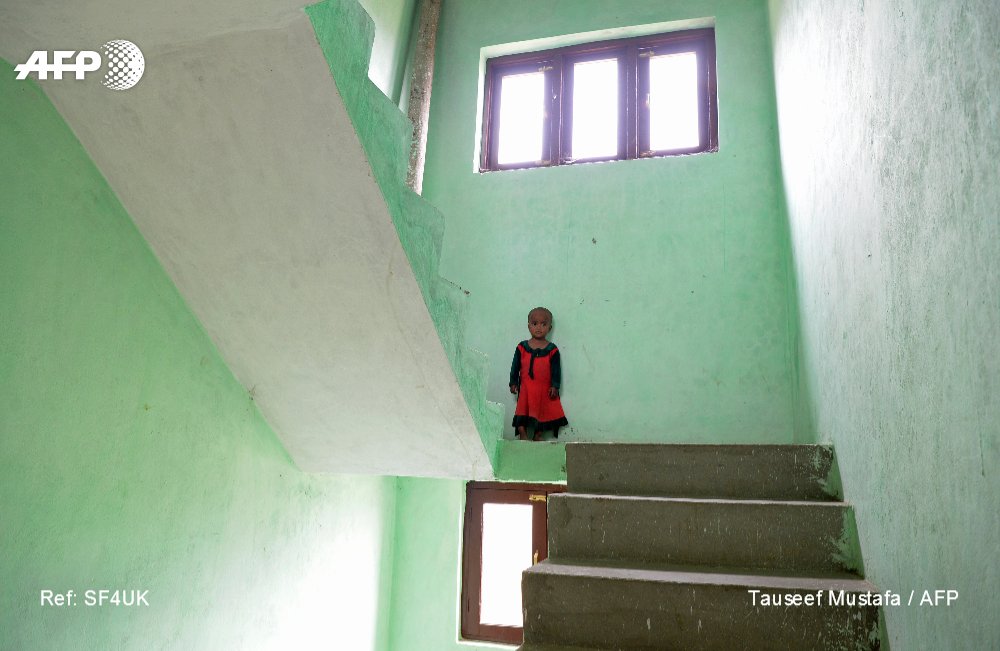
#Indian-Occupied Kashmir A Rohingya refugee child poses in the stairwell of a building on the outskirts of Srinagar. Photo @TauseefMUSTAFA: image via Frédérique Geffard @fgeffardAFP, 15 September 2017
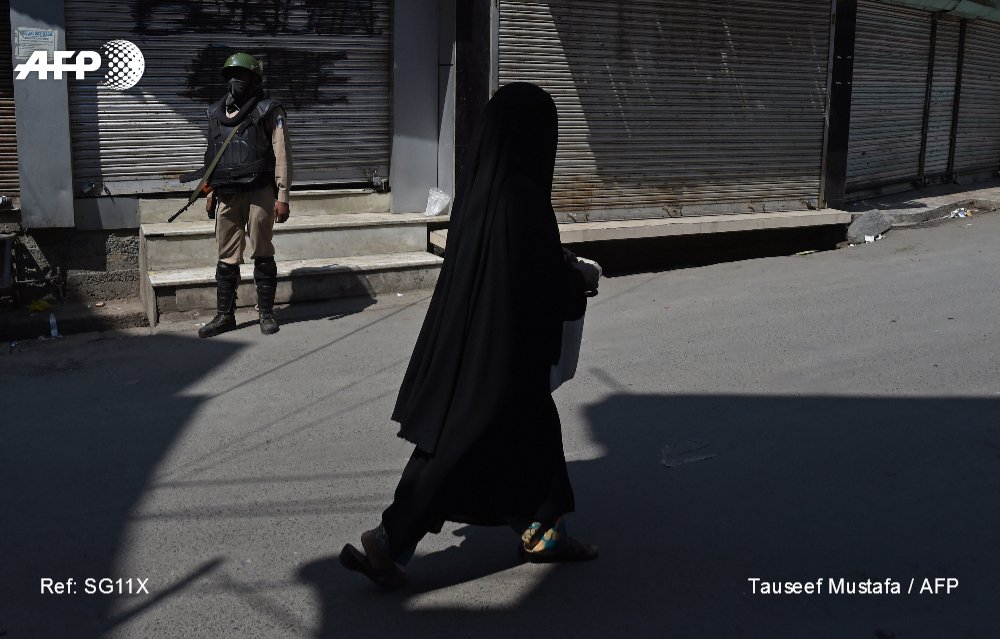
#Indian-Occupied
Kashmir An Indian paramilitary trooper stands guard as a Kashmiri woman walks near the Jamia Masjid mosque in Srinagar. Photo @TauseefMUSTAFA #AFP: image via Frédérique Geffard @fgeffardAFP, 15 September 2017

Eid Gah Srinagar on the first day of Eid-Al-Adha @lookaround81 September 02, 2017. #EidMubarak2017: image via Faisal Khan @lookaround81, 2 September 2017

Eid Gah Srinagar on the first day of Eid-Al-Adha @lookaround81 September 02, 2017. #EidMubarak2017: image via Faisal Khan @lookaround81, 2 September 2017

Eid Gah Srinagar on the first day of Eid-Al-Adha @lookaround81 September 02, 2017. #EidMubarak2017: image via Faisal Khan @lookaround81, 2 September 2017

A girl weeps as she sees the violent clashes between protesters and security forces after Eid prayers at main Eidgah in Srinagar.: image via BASIT ZARGAR @BASIIPJ, 2 September 2017

Room of Umar Qayoom, 17, who was tortured in custody in 2010 uprising. He succumbed to injuries at a Srinagar hospital on 25 August 2010.: image via Faisal Khan @lookaround81, 12 September 2017
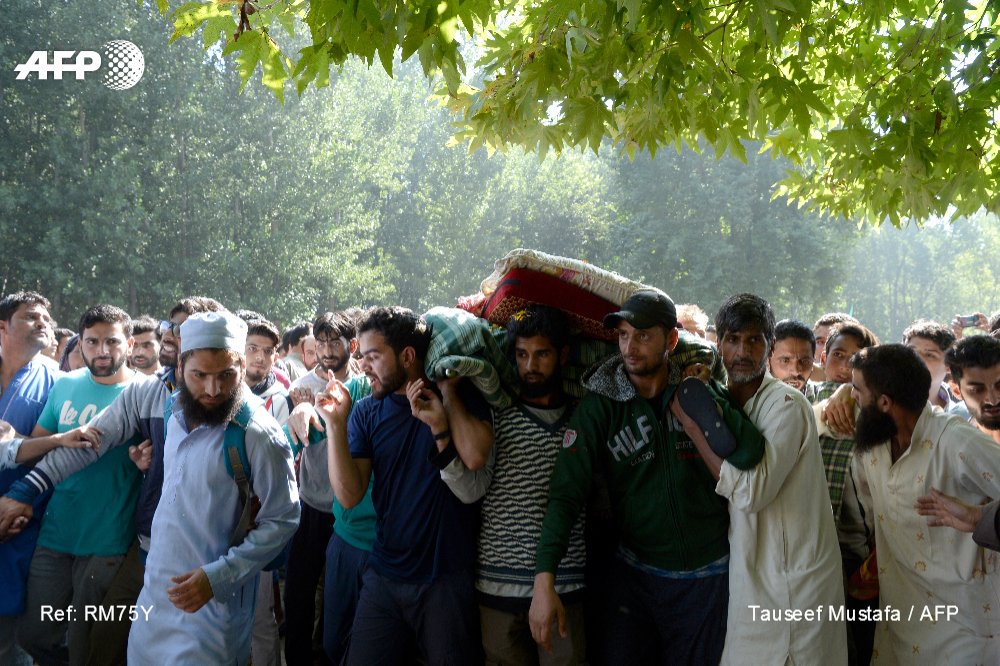 #Indian Occupied Kashmir Kashmiri villagers carry the body of slain militant Ayub Lelhari during his funeral procession at Lelhar village.
Photo @TauseefMUSTAFA #AFP: image via Frédériqe Geffard @fgeffardAFP, 17 August 2017
#Indian Occupied Kashmir Kashmiri villagers carry the body of slain militant Ayub Lelhari during his funeral procession at Lelhar village.
Photo @TauseefMUSTAFA #AFP: image via Frédériqe Geffard @fgeffardAFP, 17 August 2017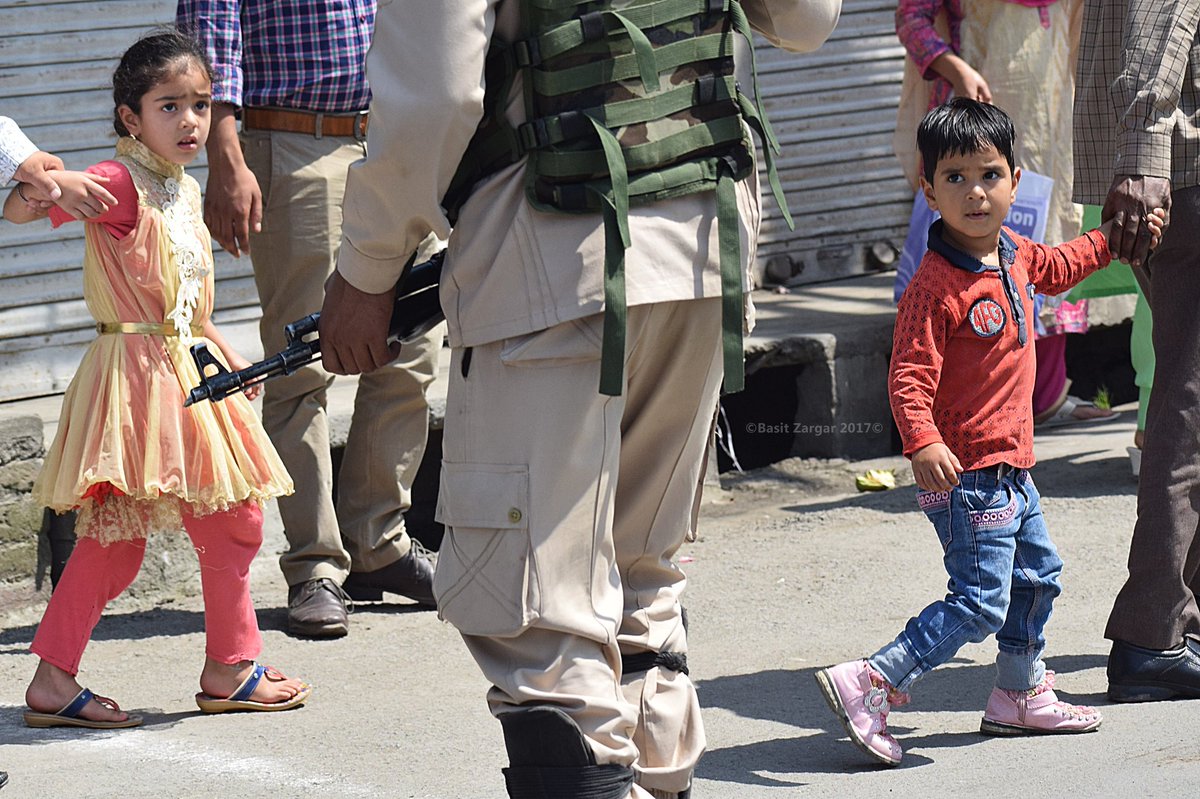
Kashmiri children look towards a Paramilitary man as he stands guard during restrictions in Srinagar.: image via BASIT ZARGAR @BASIIPJ, 8 September 2017

A crackdown by Myanmar's army, launched in response to attacks by Rohingya militants on August 25, has pushed vast numbers of refugees from the stateless Muslim minority across the border: photo by AFP, 13 September 2017

#India Demonstrators shout slogans in New Delhi during a protest against the treatment of Rohingya Muslims in Myanmar Photo @sajjadkmr: image via Frédérique Geffard @fgeffardAFP, 13 September 2017
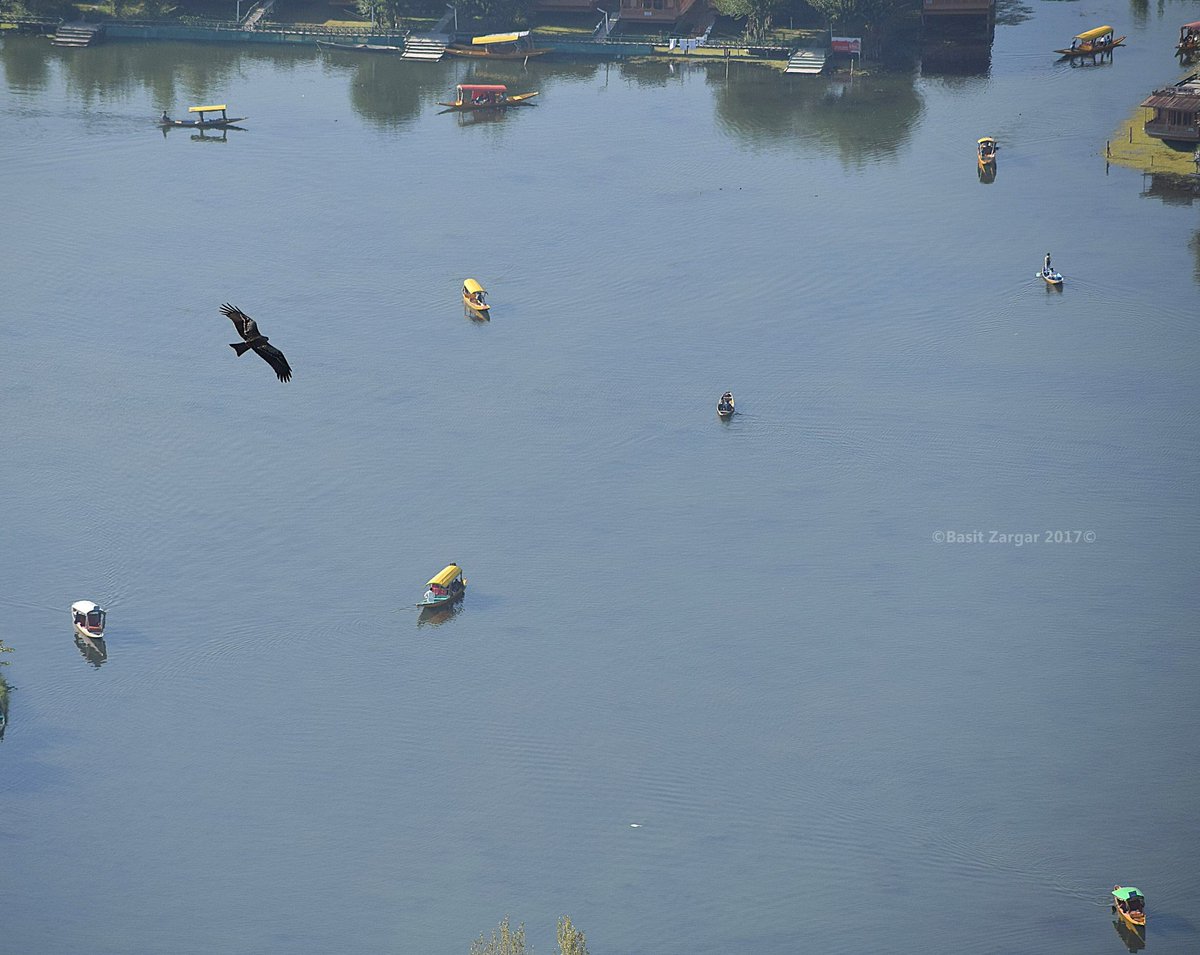
Kashmiri men row their Shikaras on the Dal lake in Srinagar.: image via BASIT ZARGAR @BASIIPJ, 2 September 2017
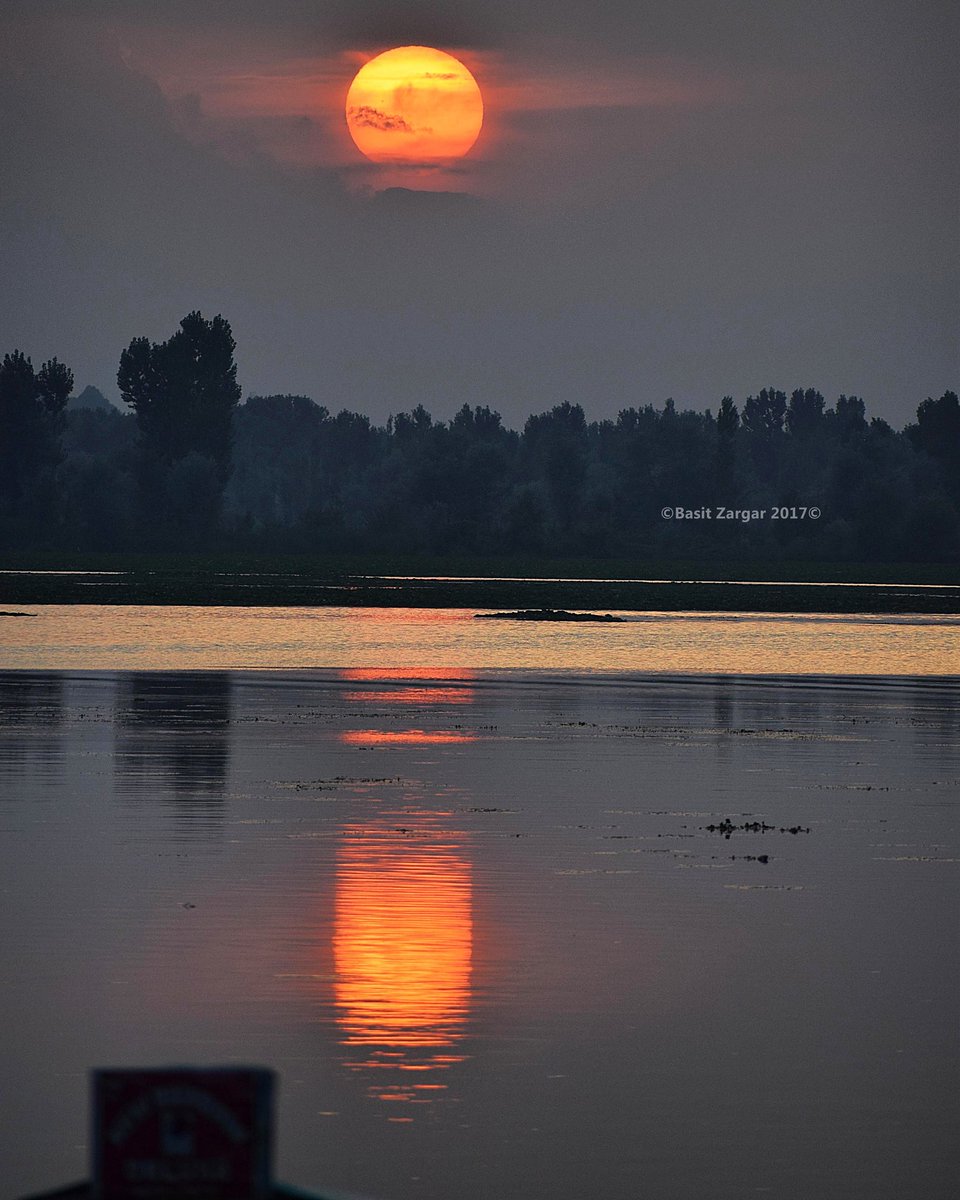
Through the sunset of hope, Like the shapes of a dream, What paradise islands of glory gleam!: image via BASIT ZARGAR @BASIIPJ, 9 September 2017
Darkening
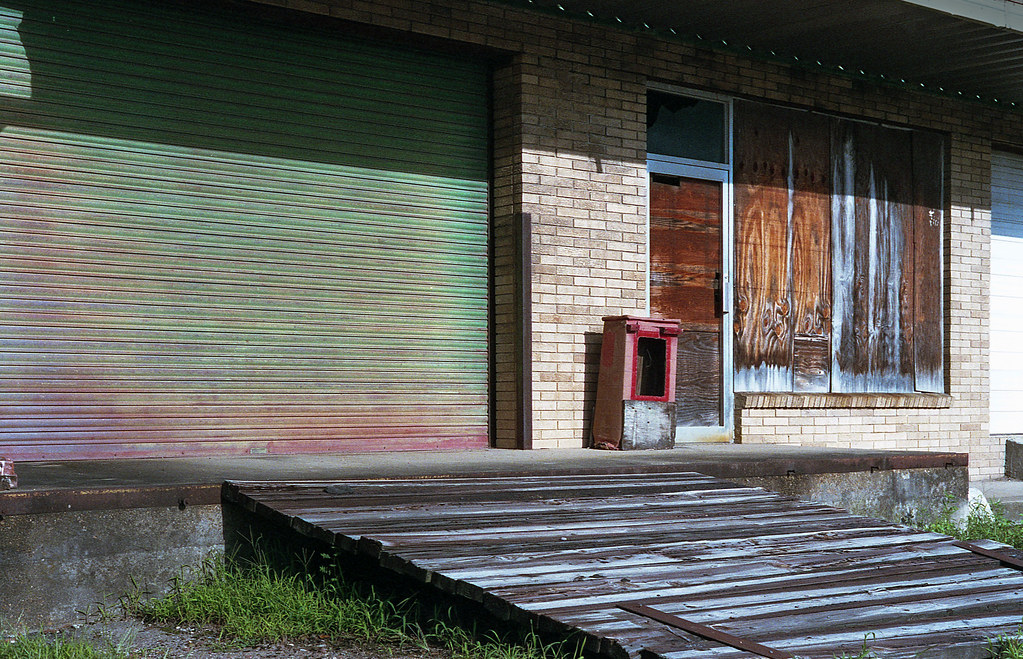
Loading dock [Clarksdale, MS]: photo by Andrew Murr, 15 September 2017
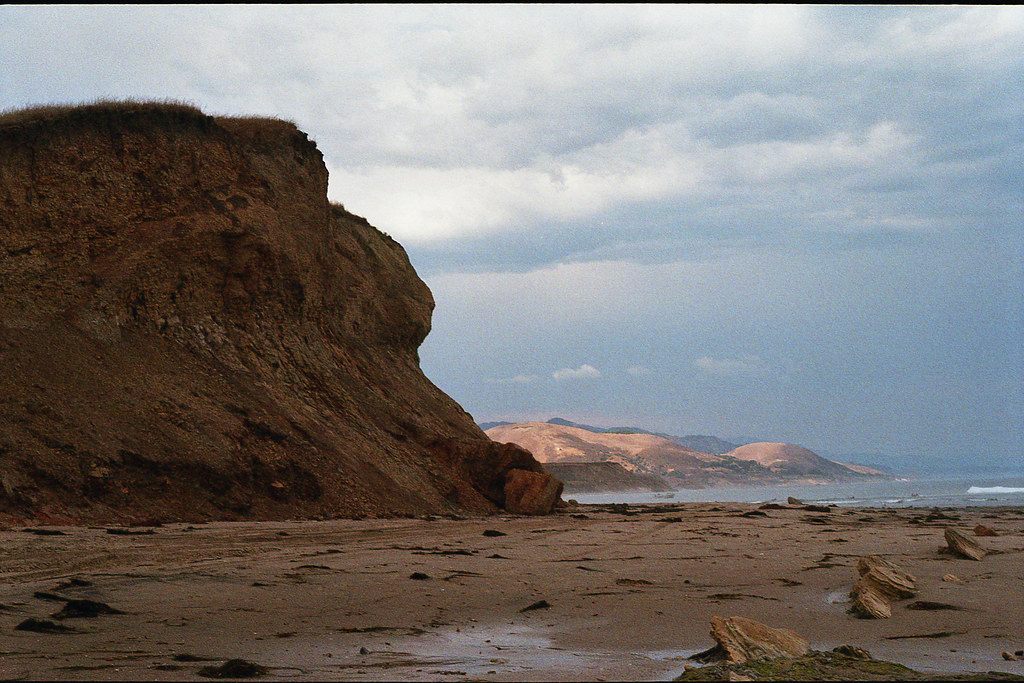
Darkening [SB County]: photo by Andrew Murr, 12 September 2017
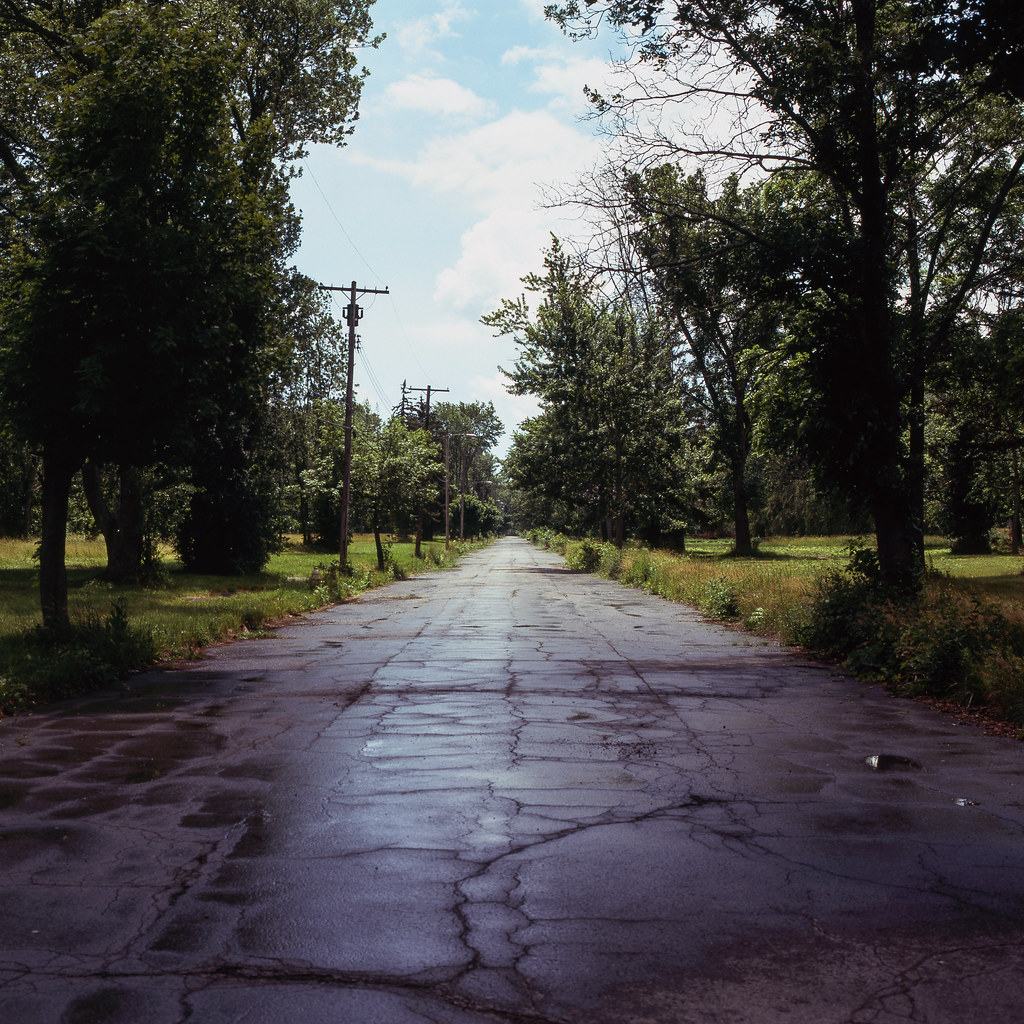
Untitled [Love Canal, Niagara Falls, NY]: photo by Patrick, June 2017
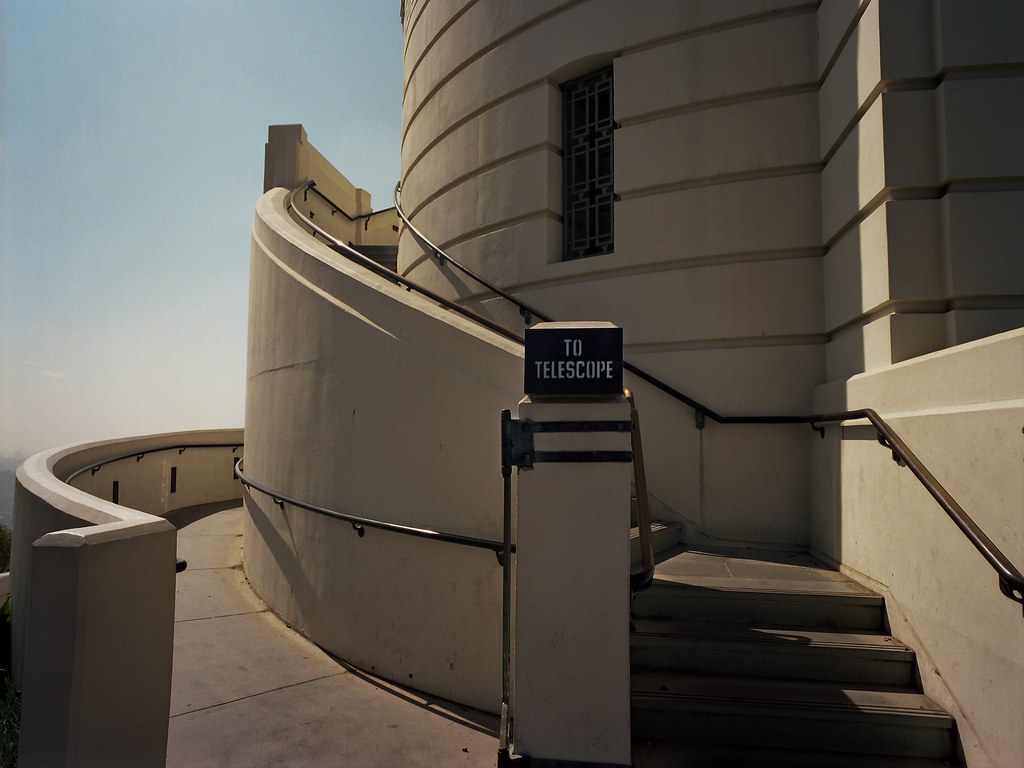
Wide angle, telescope [Griffith Park, LA]: photo by Andrew Murr, 14 September 2017
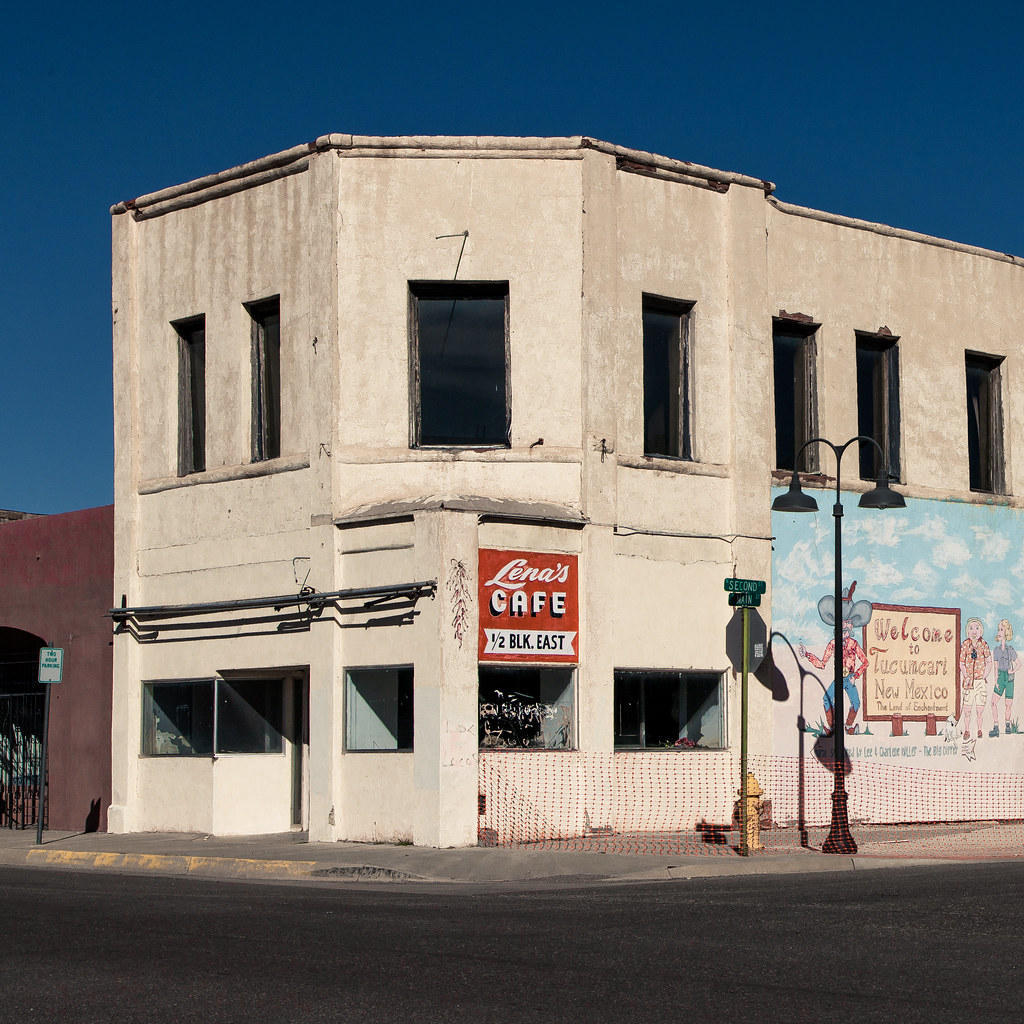
Tucumcari, New Mexico.: photo by Jorge Guadalupe Lizárraga, October 2016
![Ghosts [dancing in the streets] | by Robert Saucier](https://c1.staticflickr.com/5/4419/37042938852_0b4ff08f9c_b.jpg)
Ghosts [dancing in the streets] [Detroit]: photo by Robert Saucier, 6 September 2017
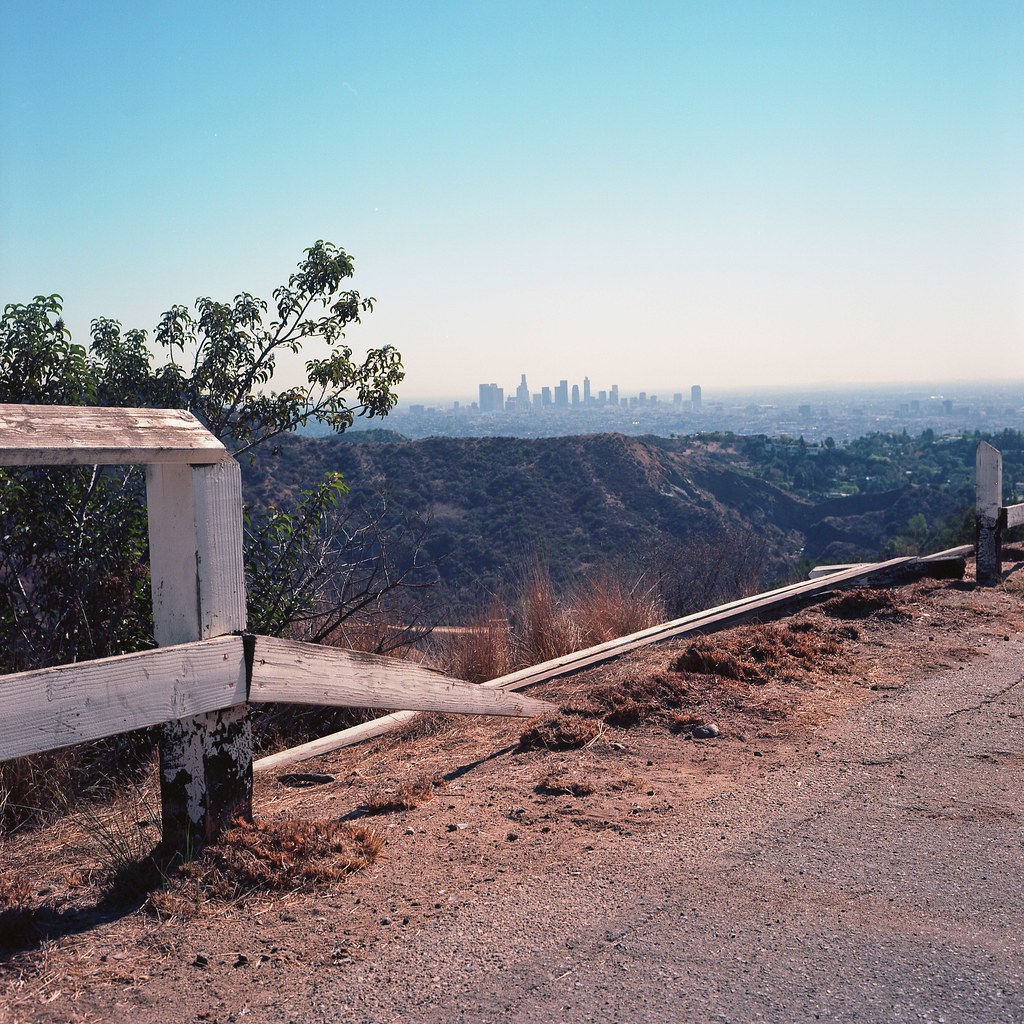
Broken fence skyline [Hollywood Hills, LA]: photo by Andrew Murr, 15 September 2017
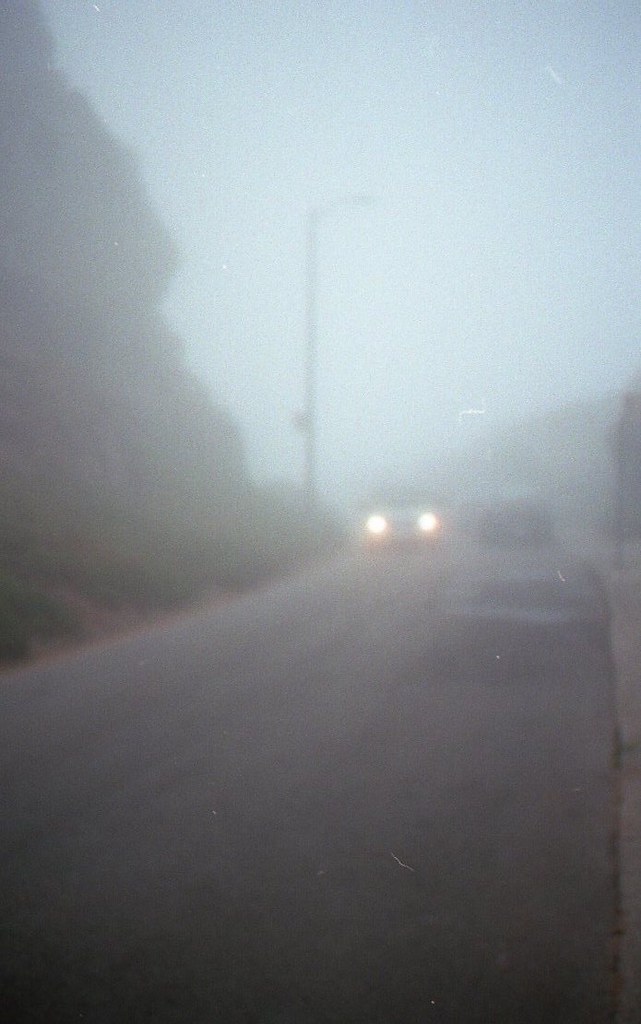
Summer Morning. San Francisco CA.: photo by Robert Ogilvie, 14 September 2017
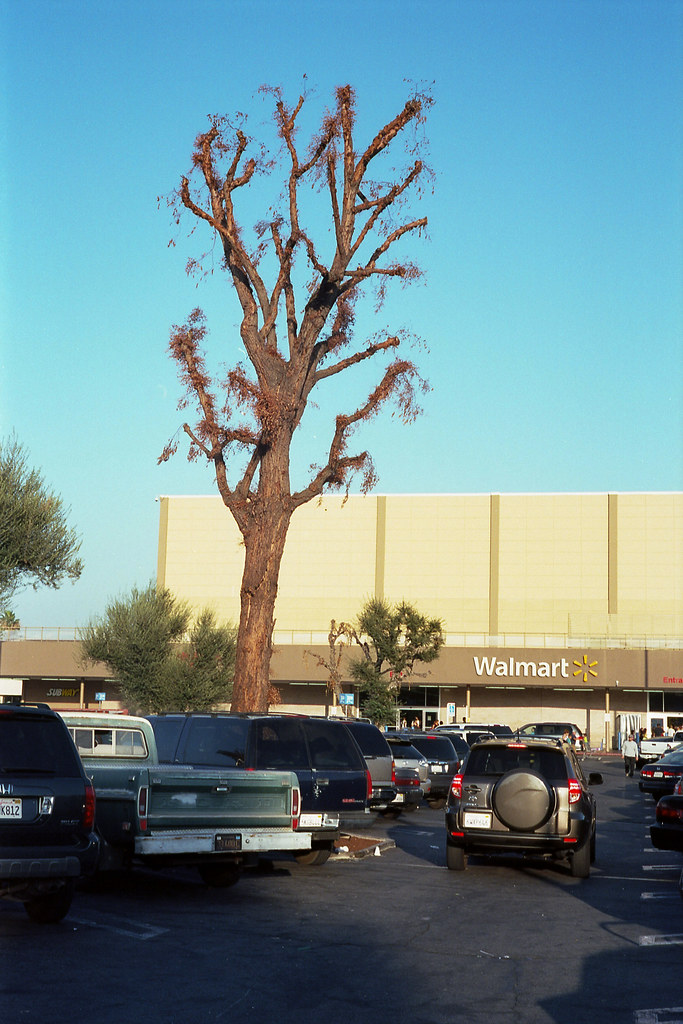
Walmart tree: photo by Andrew Murr, 11 September 2017
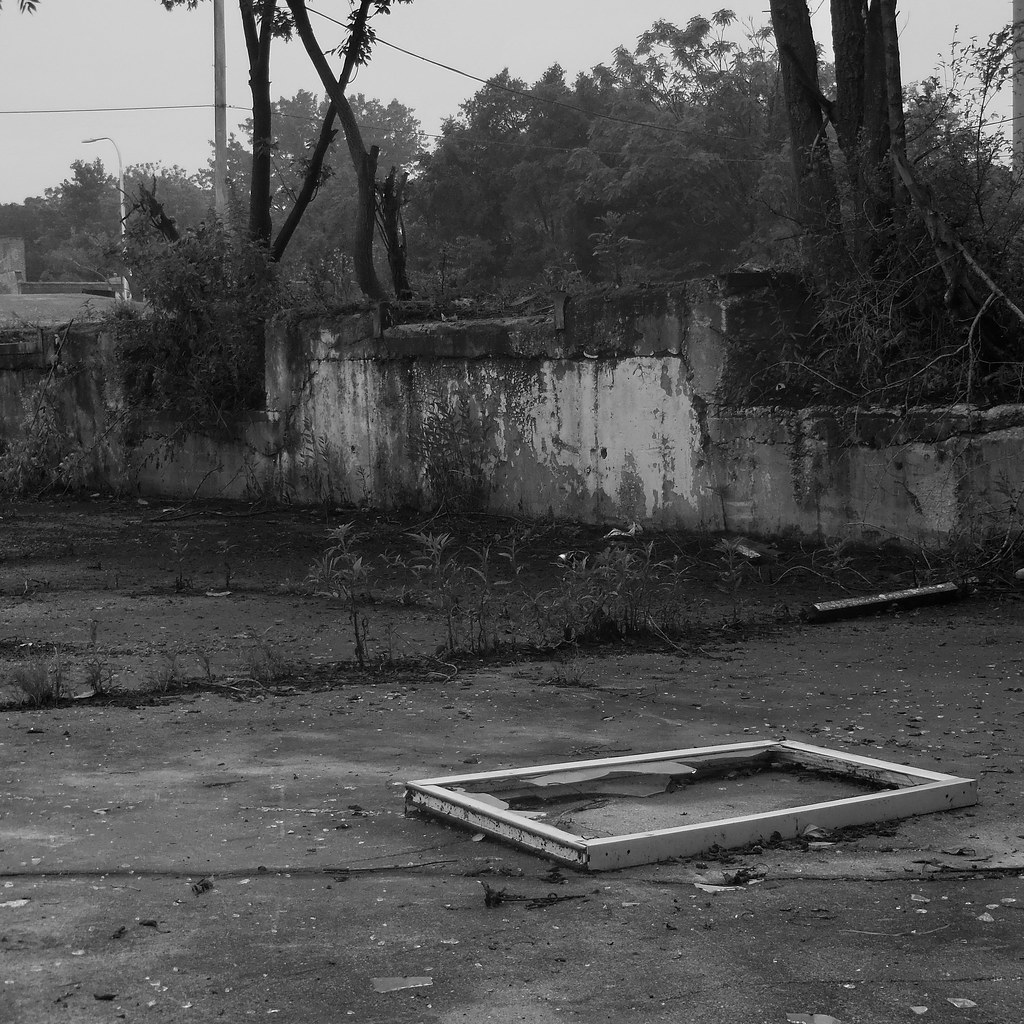
Whispers of leisure (3). Ada and W. 59th [Chicago]: photo by Annie Maus, 12 July 2015
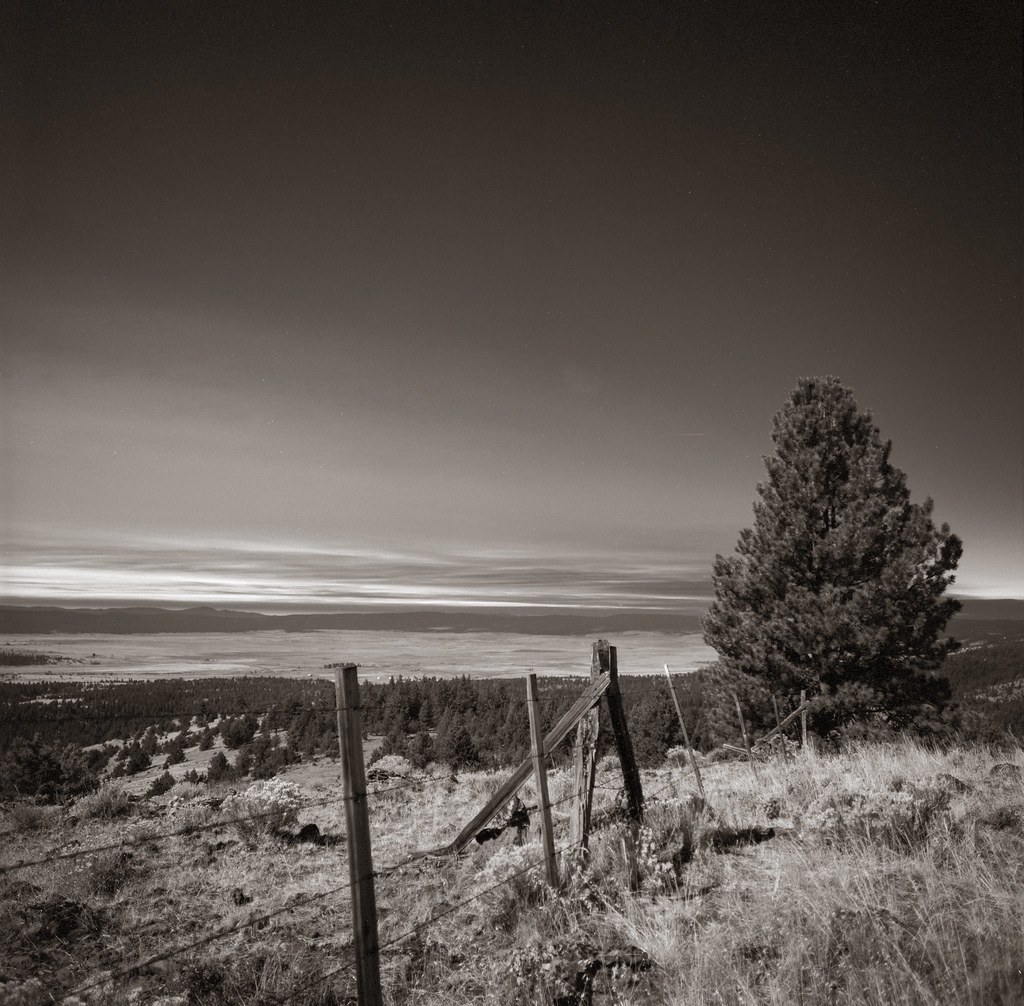
Eclipse light. My only real shot during he total eclipse. [Grant, Oregon]: photo by efo, 21 August 2017
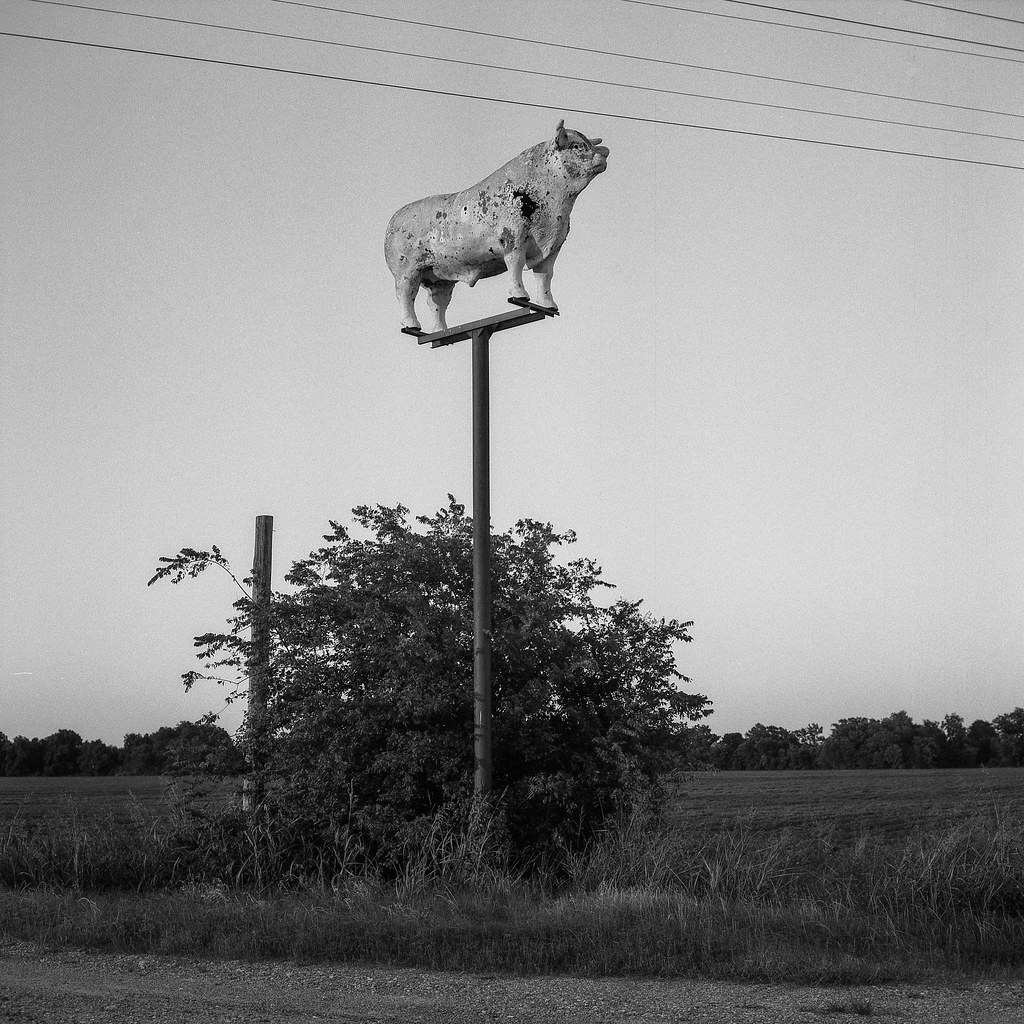
Highway 49, between Clarksdale and Helena [MS]: photo by Andrew Murr, 12 September 2017
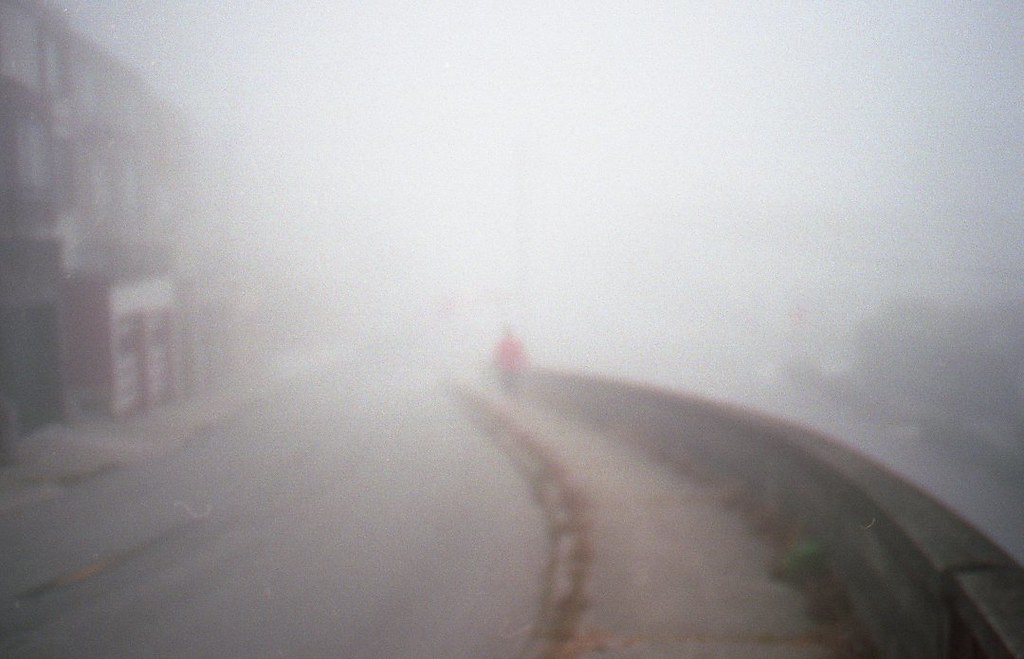
August Morning. San Francisco CA.: photo by Robert Ogilvie, 13 September 2017
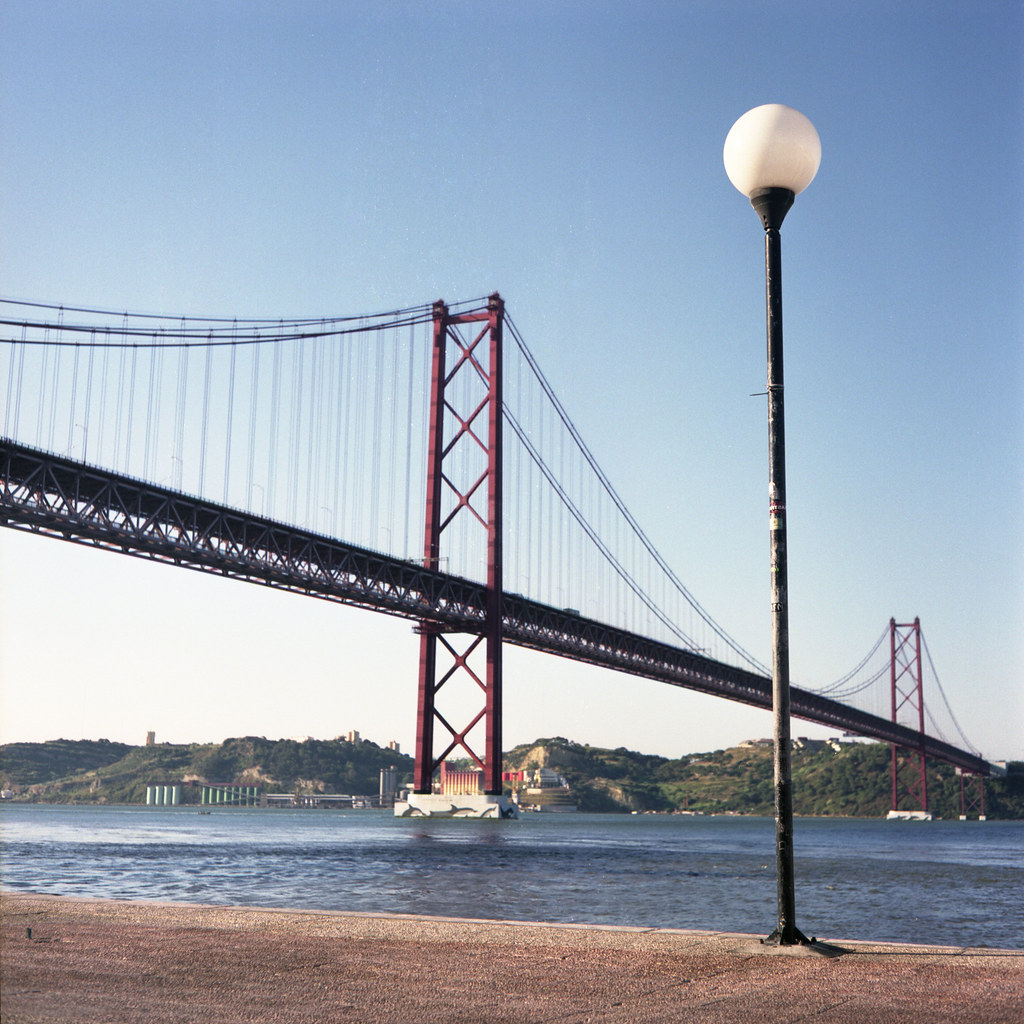
My hair is turning white, but the Tagus is always young [Lisbon]: photo by Vanessa Bernardeau, 26 May 2016
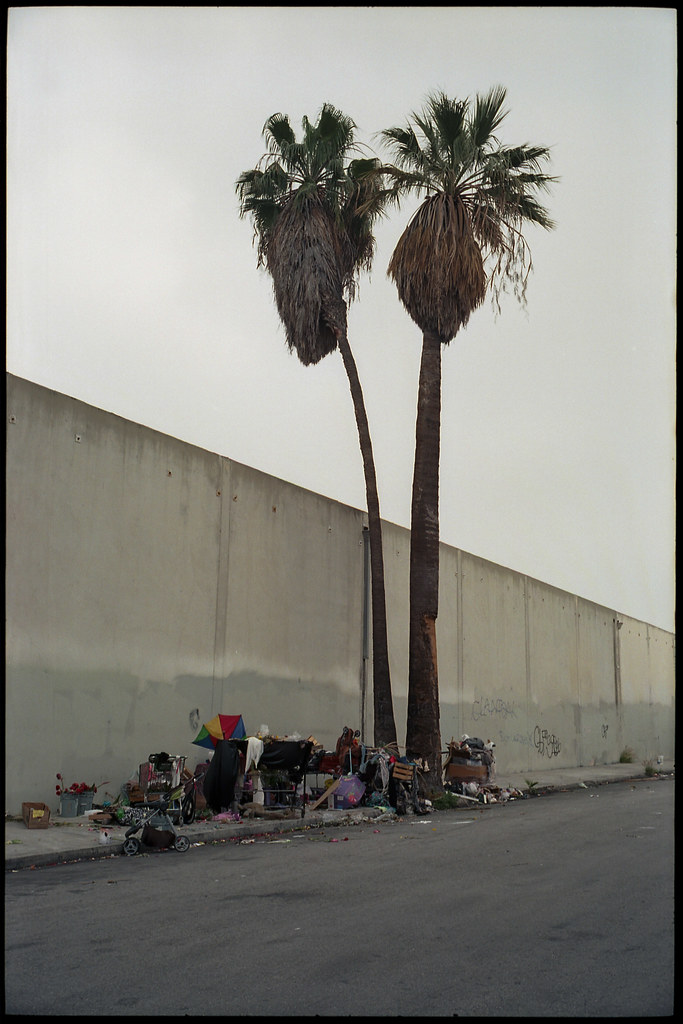
Debris field palms [DTLA]: photo by Andrew Murr, 13 September 2017
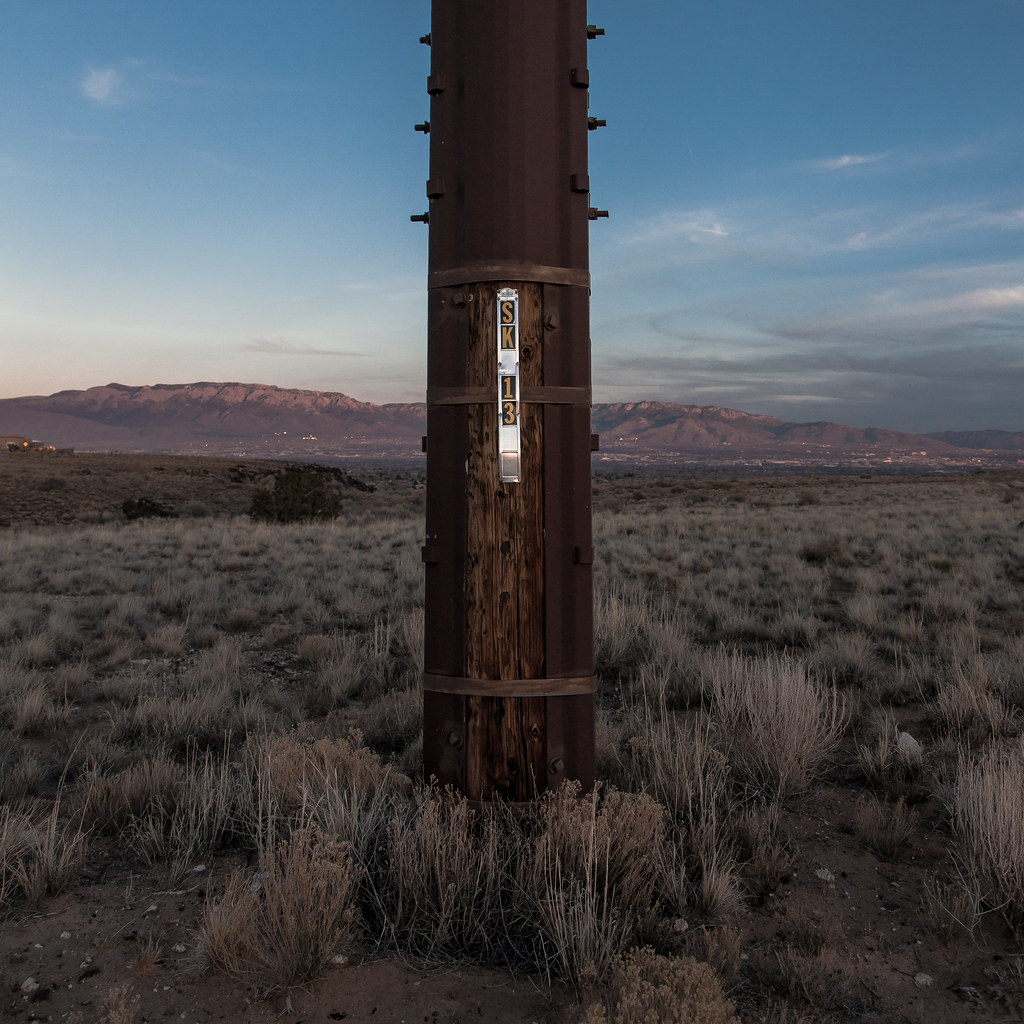
West Mesa. Albuquerque, New Mexico.: photo by Jorge Guadalupe Lizárraga, December 2016
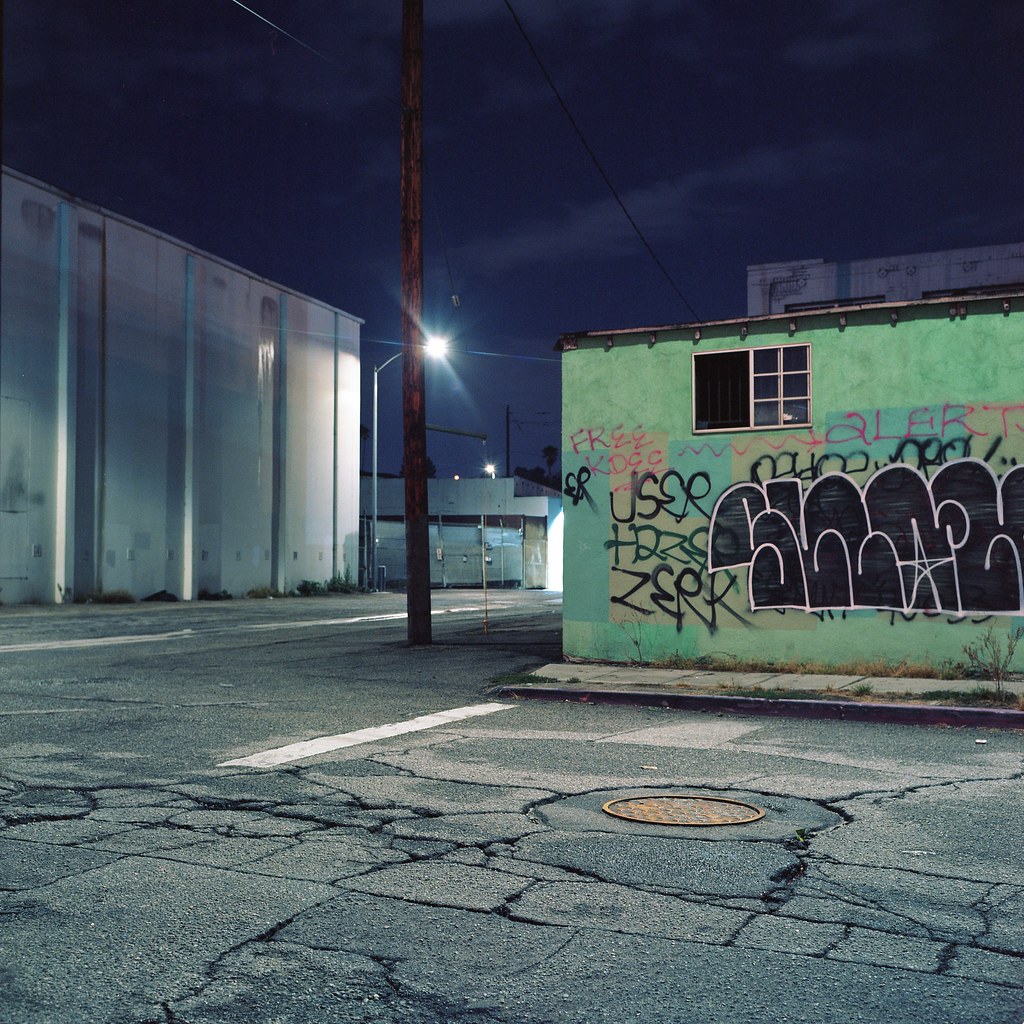
Night writing. The pavement cracks seem to echo the black tags.: photo by Andrew Murr, 13 September 2017
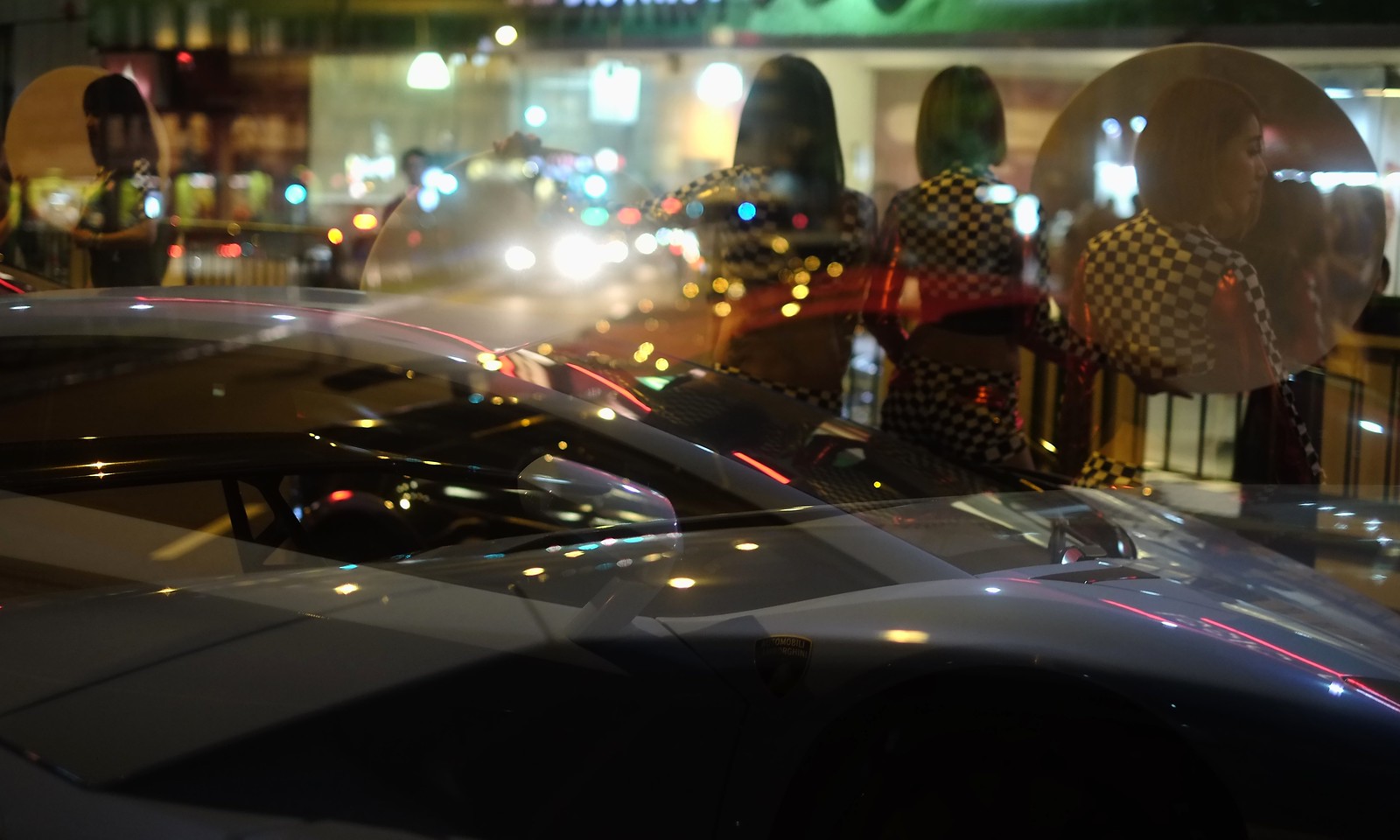
Sophia Road, Singapore: photo by e-chan, 14 September 2017

Sophia Road, Singapore: photo by e-chan, 14 September 2017

Sophia Road, Singapore: photo by e-chan, 14 September 2017
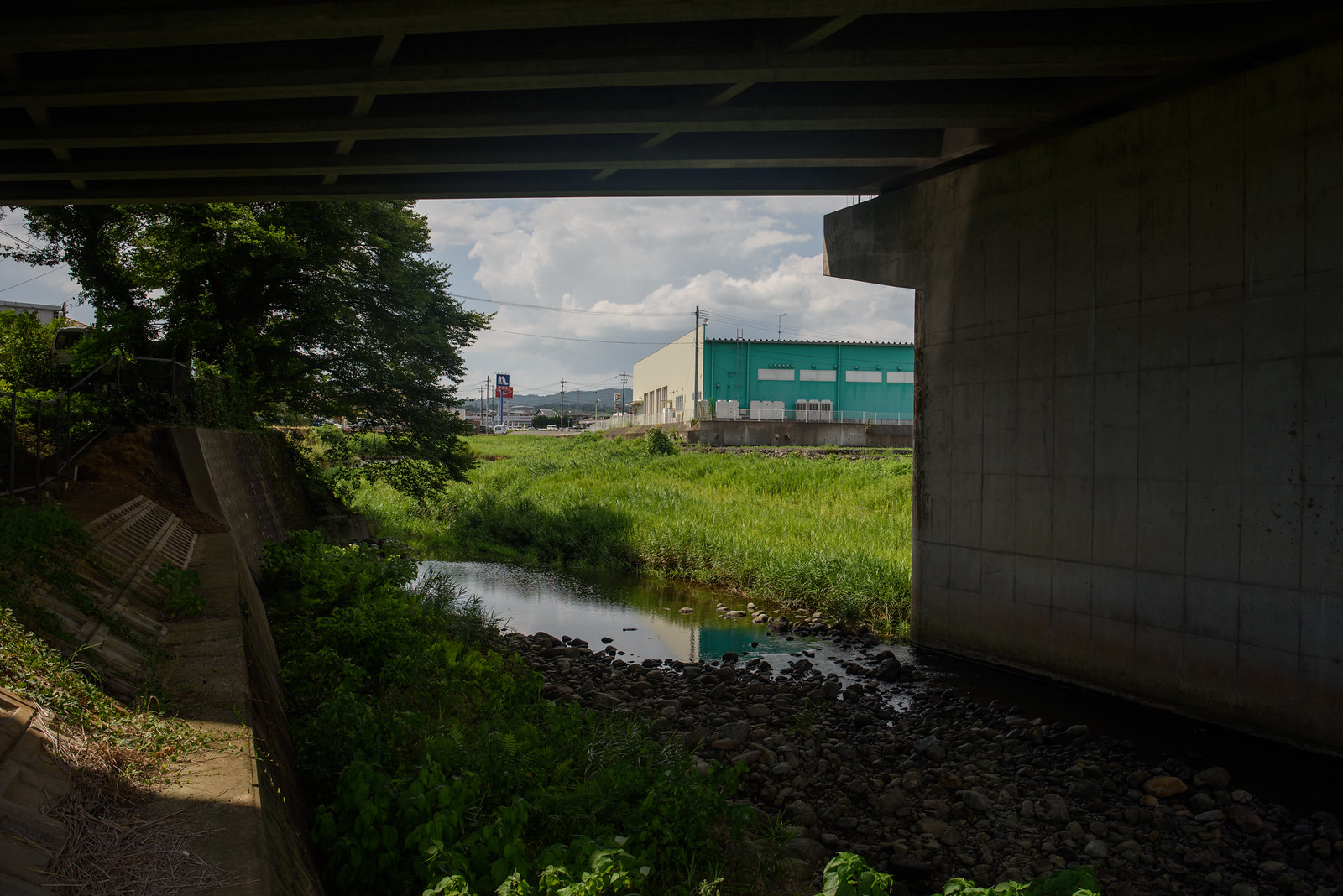
Drug store Cosmos. Blue Green and Shocking Pink are the main color. Often seen in western Japan.: photo by Yasuyuki Oomagari, 3 August 2017

Drug store Cosmos. Blue Green and Shocking Pink are the main color. Often seen in western Japan.: photo by Yasuyuki Oomagari, 3 August 2017

Drug store Cosmos. Blue Green and Shocking Pink are the main color. Often seen in western Japan.: photo by Yasuyuki Oomagari, 3 August 2017
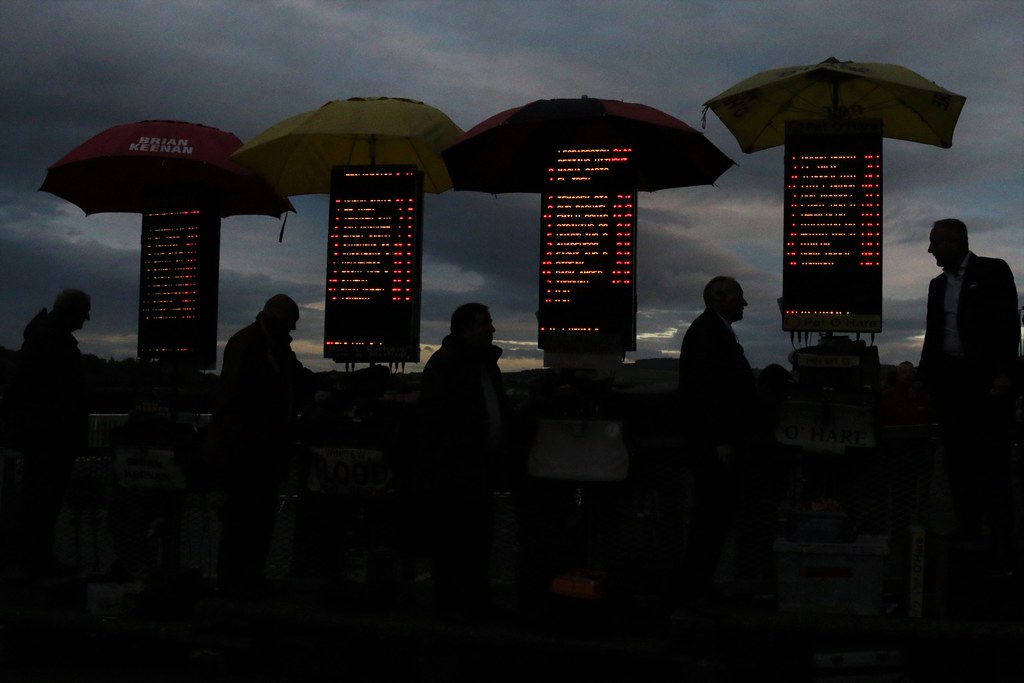
Untitled: photo by Danielle Houghton, 27 July 2017
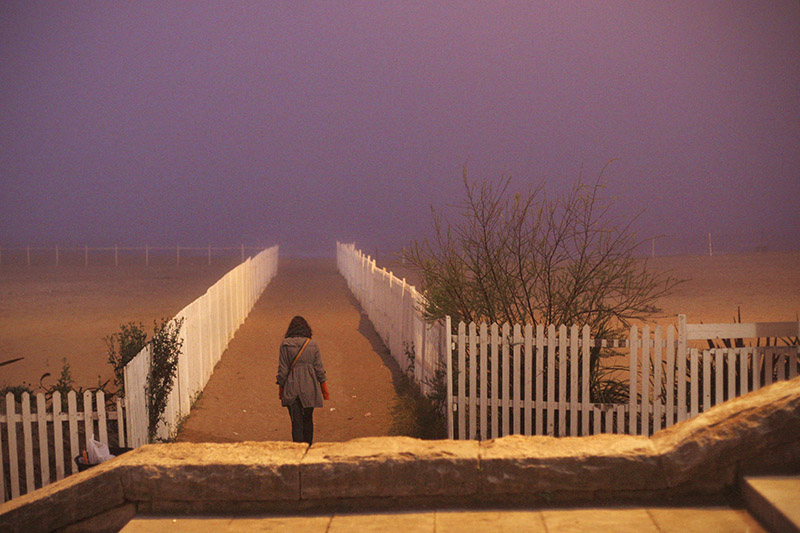
Mar del Plata, Argentina: photo by Maria Pletnikova, 29 September 2010
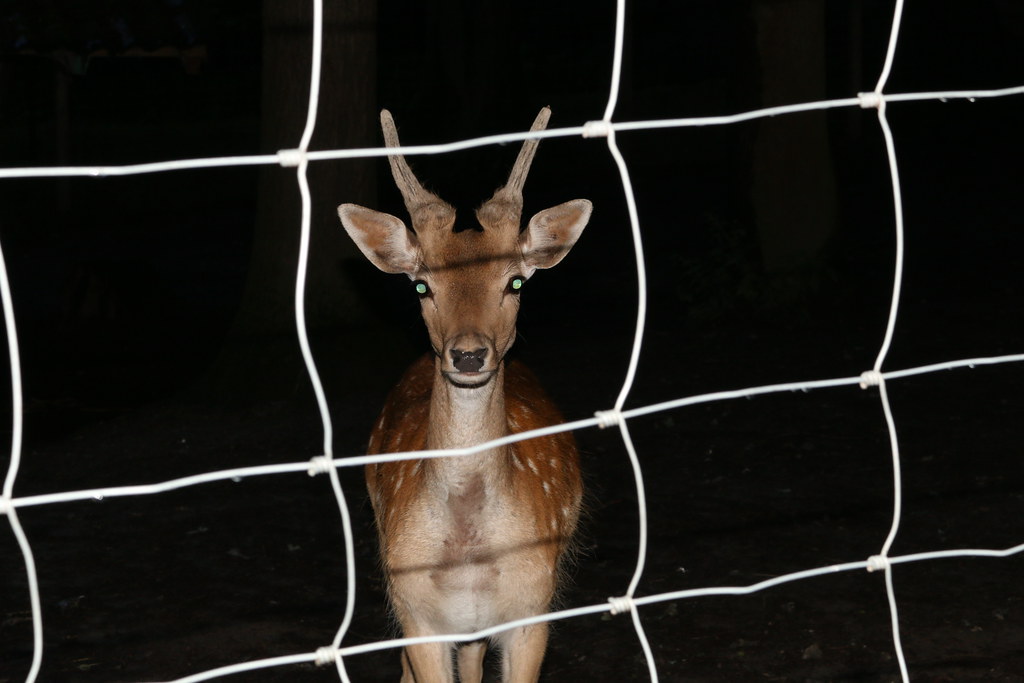
Untitled: photo by Danielle Houghton, 23 July 2017
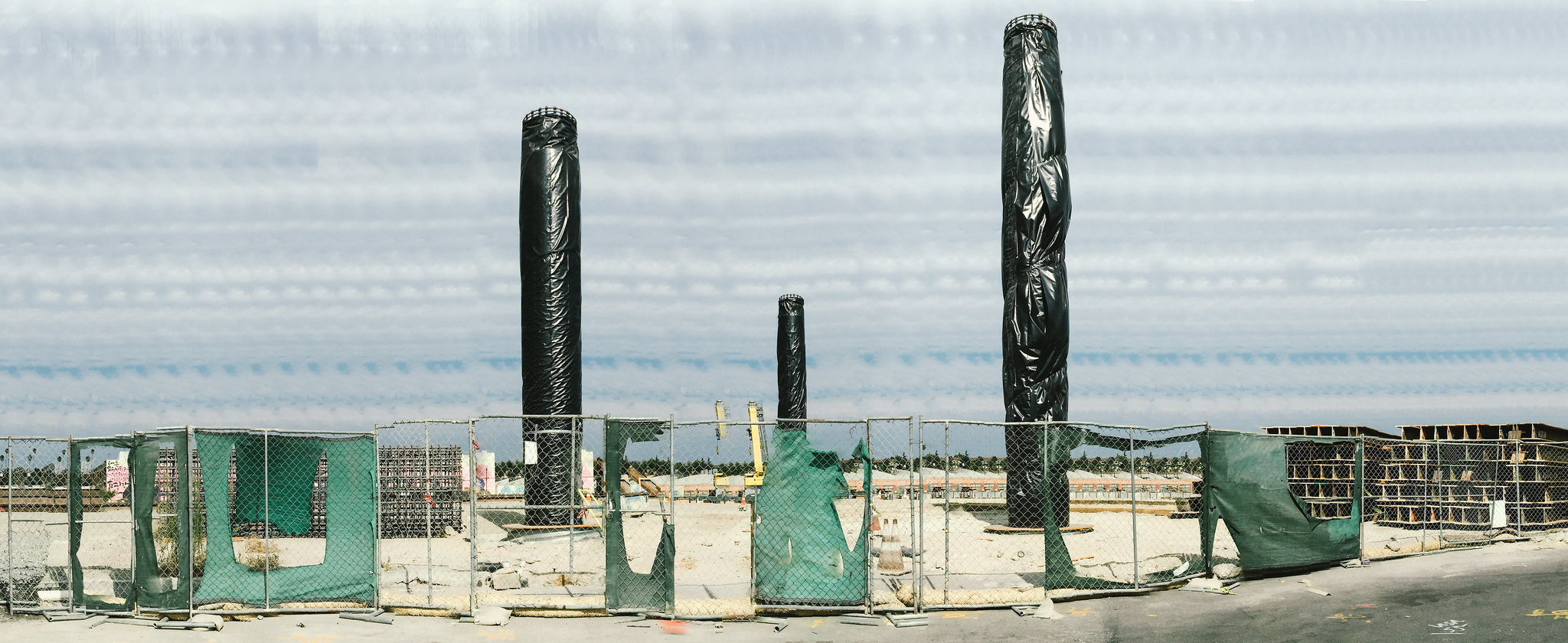
Los Angeles, CA: photo by Mike Murphy, 3 September 2017

Los Angeles, CA: photo by Mike Murphy, 3 September 2017

Los Angeles, CA: photo by Mike Murphy, 3 September 2017
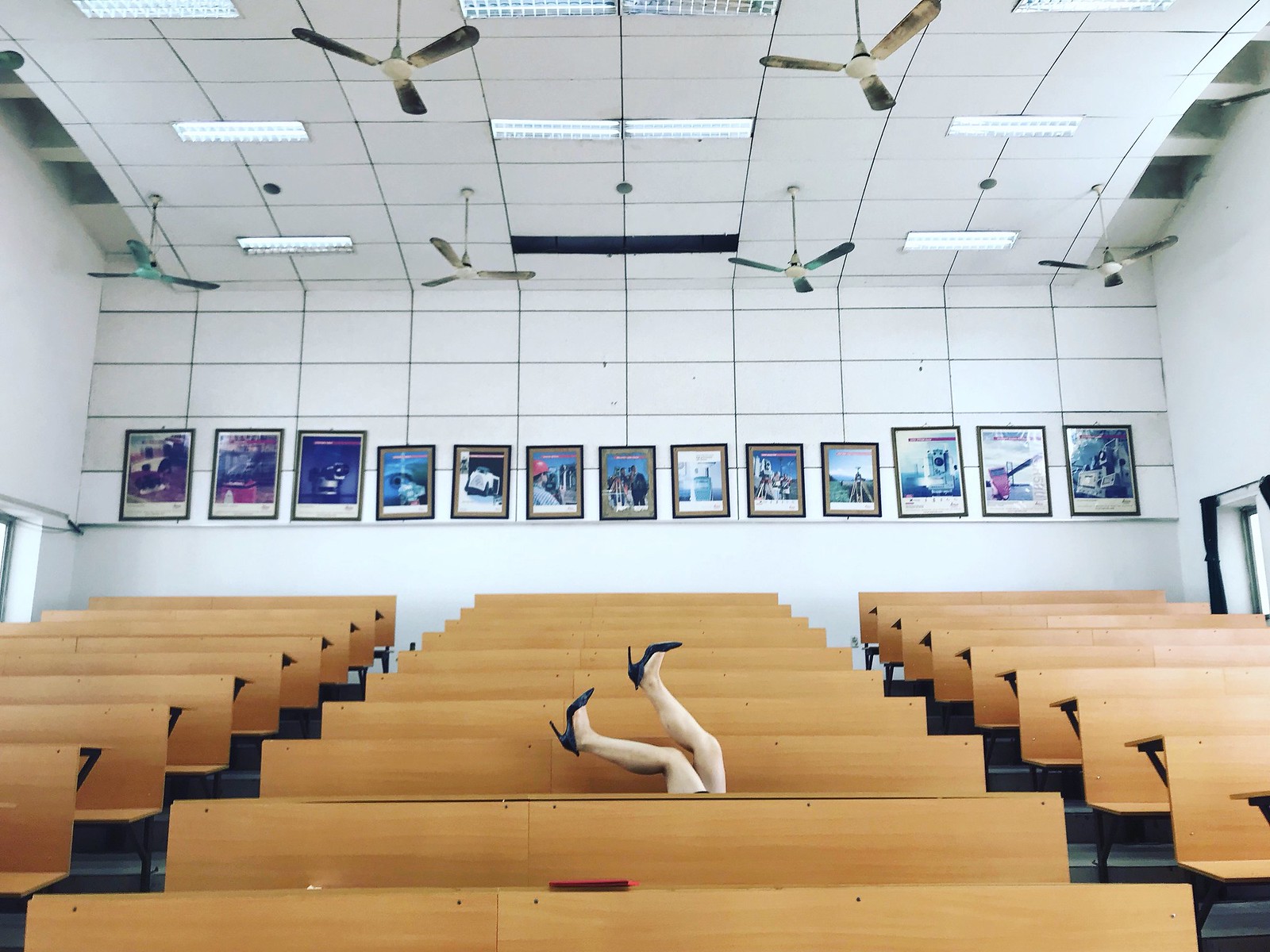
Untitled [Hanoi]: photo by Chu Việt Hà, 10 September 2017

Untitled [Hanoi]: photo by Chu Việt Hà, 10 September 2017

Untitled [Hanoi]: photo by Chu Việt Hà, 10 September 2017

_DSC3422 [Chumphon, Thailand]: photo by noppadol maitreechit, 7 November 2016

_DSC3422 [Chumphon, Thailand]: photo by noppadol maitreechit, 7 November 2016

_DSC3422 [Chumphon, Thailand]: photo by noppadol maitreechit, 7 November 2016
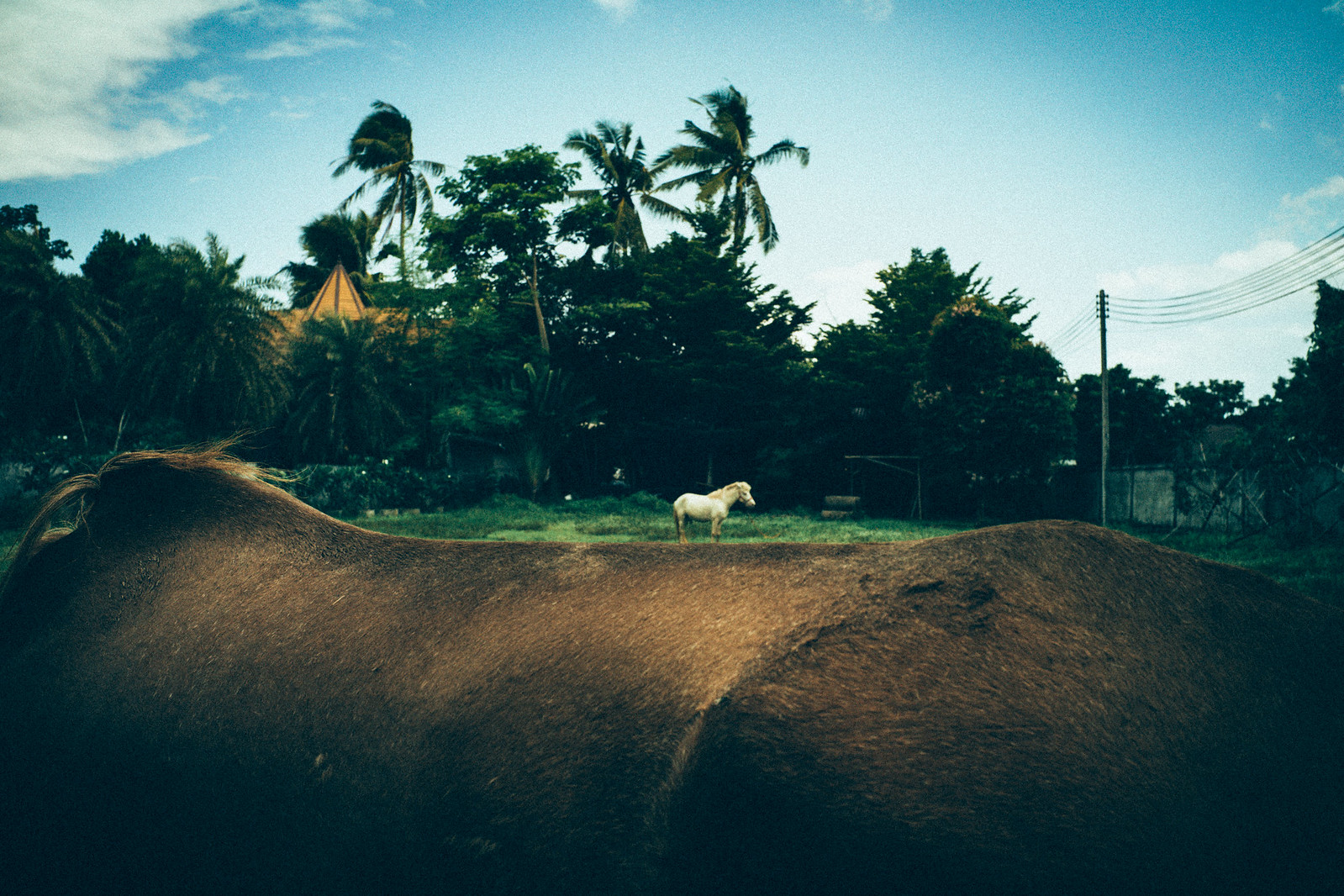
_DSC2233 [Chumphon, Thailand]: photo by noppadol maitreechit, 16 August 2016

_DSC2233 [Chumphon, Thailand]: photo by noppadol maitreechit, 16 August 2016

_DSC2233 [Chumphon, Thailand]: photo by noppadol maitreechit, 16 August 2016

Untitled: photo by Soumyendra Saha, 7 July 2017

Untitled: photo by Soumyendra Saha, 7 July 2017

Untitled: photo by Soumyendra Saha, 7 July 2017

Meet Luisa Dörr, the 28-year-old photographer, who shot 12 covers for @Time on her iPhone.: image via Sam Jacobs @sampjacobs, 7 September 2017
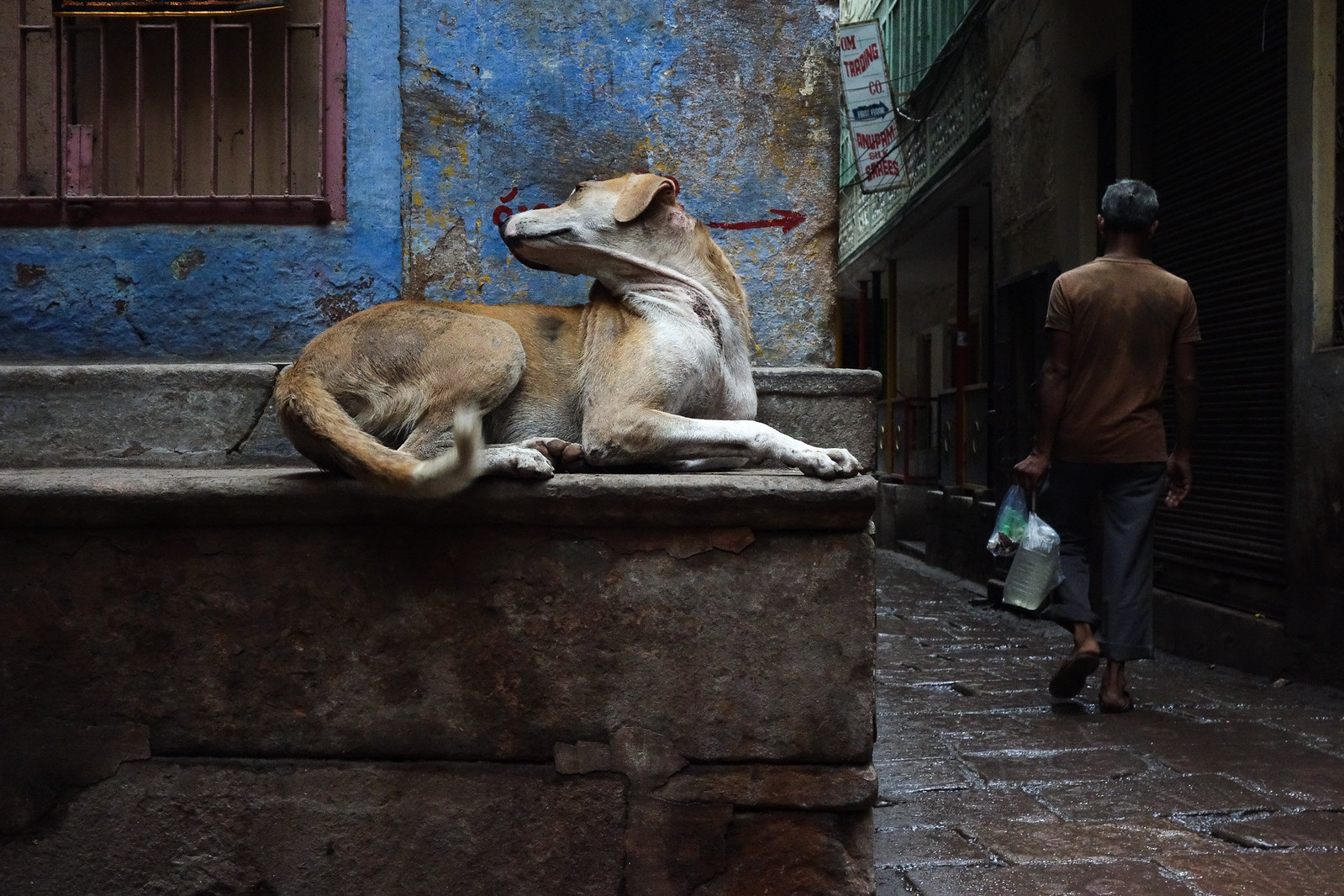
Untitled: photo by Soumyendra Saha, 7 July 2017

Untitled: photo by Soumyendra Saha, 7 July 2017

Untitled: photo by Soumyendra Saha, 7 July 2017

Huma Abedin at Hillary Clinton's NYC book signing today..: image via Lois Beckett @loisbeckett, 12 September 2017
"Is it worth it?" a Clinton supporter in line for hours for the book signing asks a young man coming downstairs. "Yes!" he says.: tweet via Lois Beckett @loisbeckett, 12 September 2017
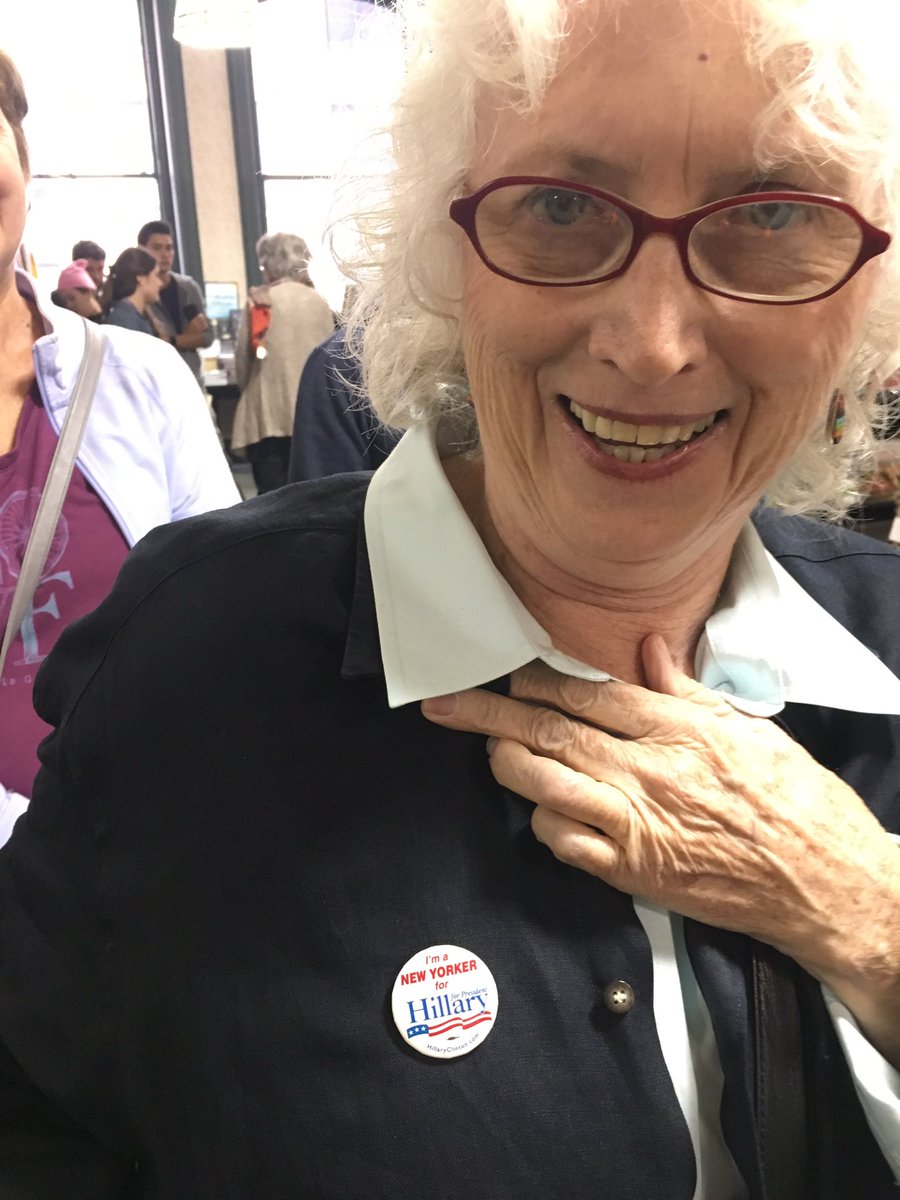
New Yorker Linda Webb, wearing a 2008 Clinton campaign button today as she waited for Clinton to sign a copy of her new book.: image via Lois Beckett @loisbeckett, 12 September 2017
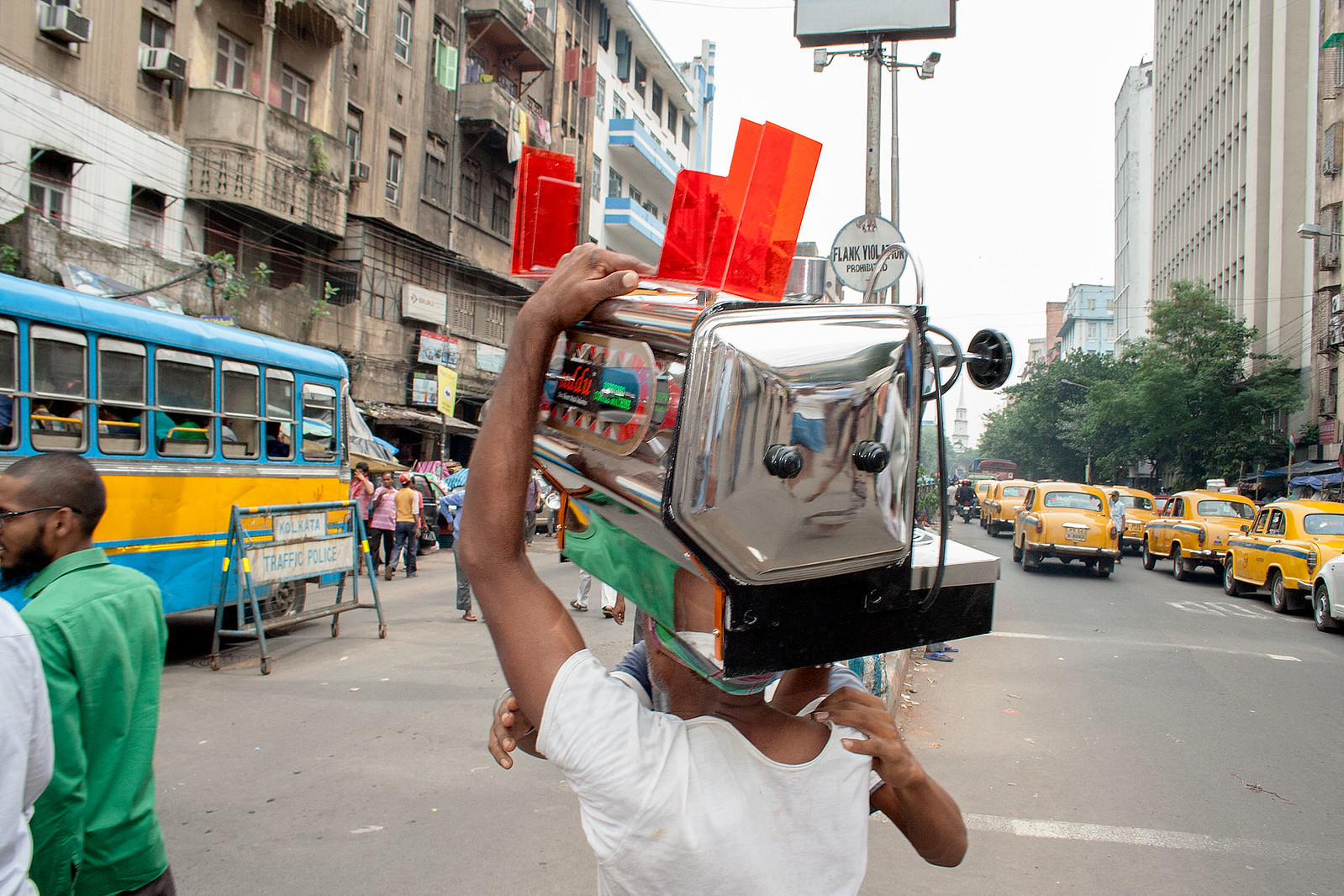
Untitled [Kolkata]: photo by Soumyendra Saha, 18 January 2004

Untitled [Kolkata]: photo by Soumyendra Saha, 18 January 2004

Untitled [Kolkata]: photo by Soumyendra Saha, 18 January 2004

A U.S. flag is unfurled at sunrise at the Pentagon on the 16th anniversary of the September 11th attacks, Monday, Sept. 11, 2017.: photo by Jacquelyn Martin/AP, 11 September 2017

A U.S. flag is unfurled at sunrise at the Pentagon on the 16th anniversary of the September 11th attacks, Monday, Sept. 11, 2017.: photo by Jacquelyn Martin/AP, 11 September 2017

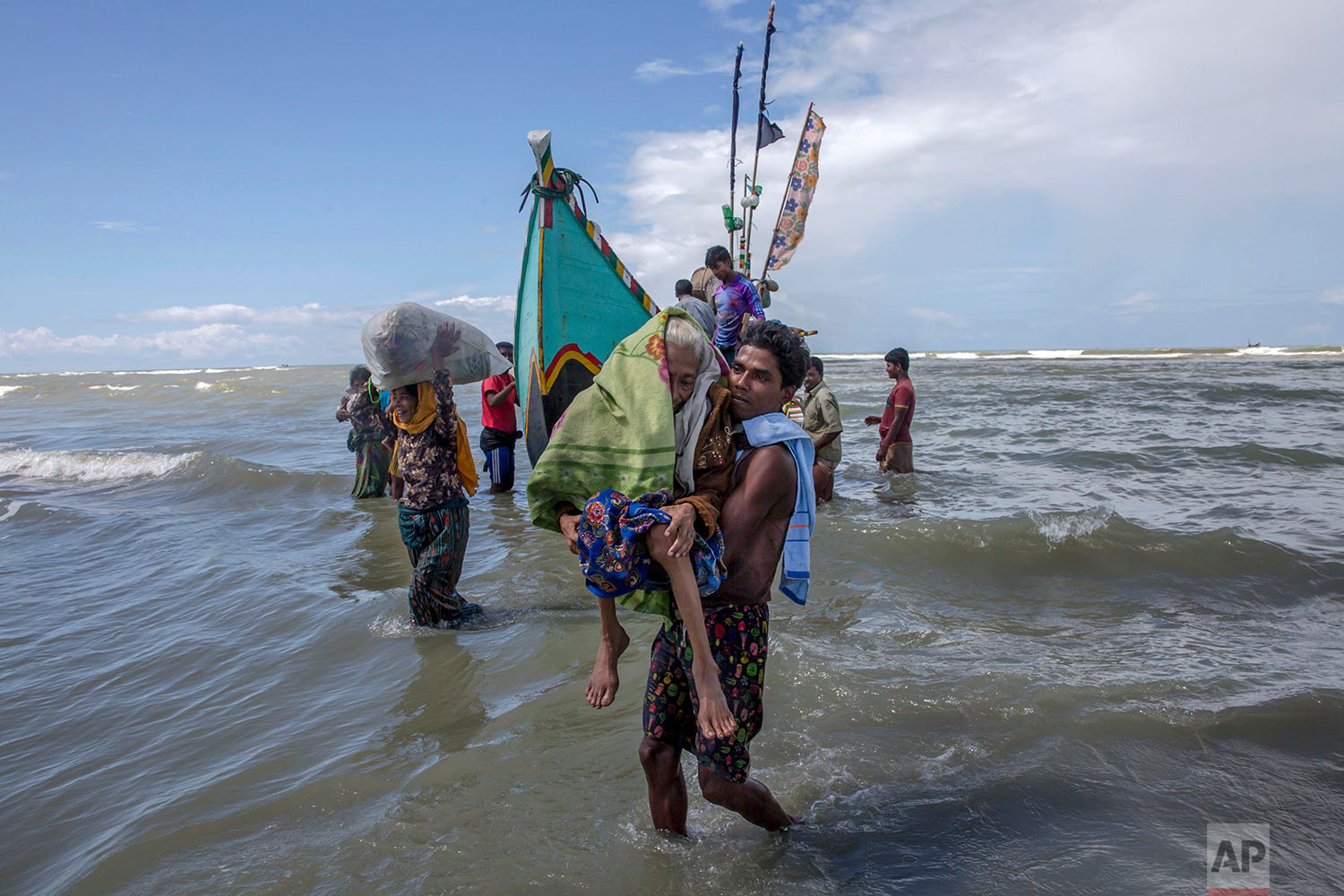
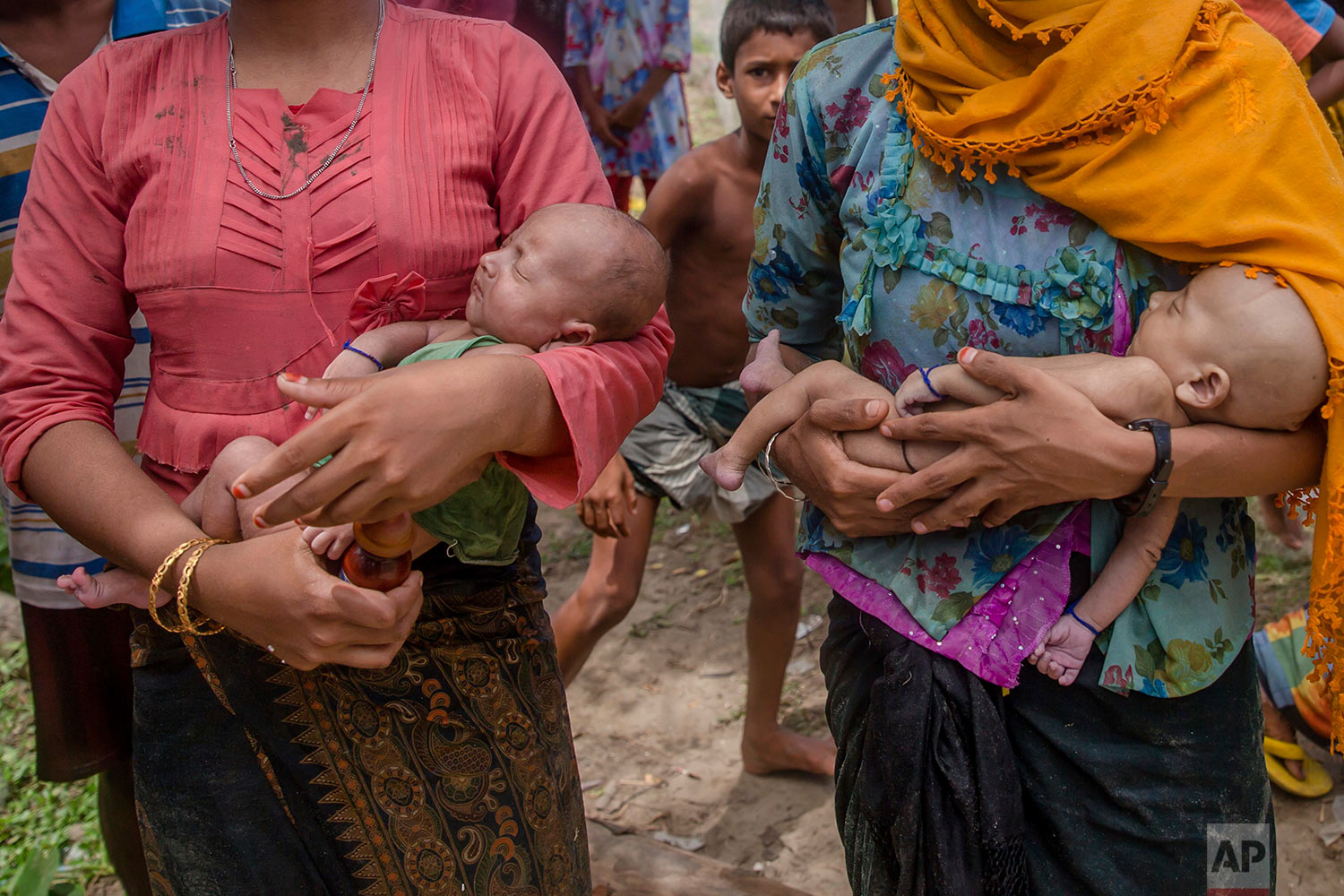
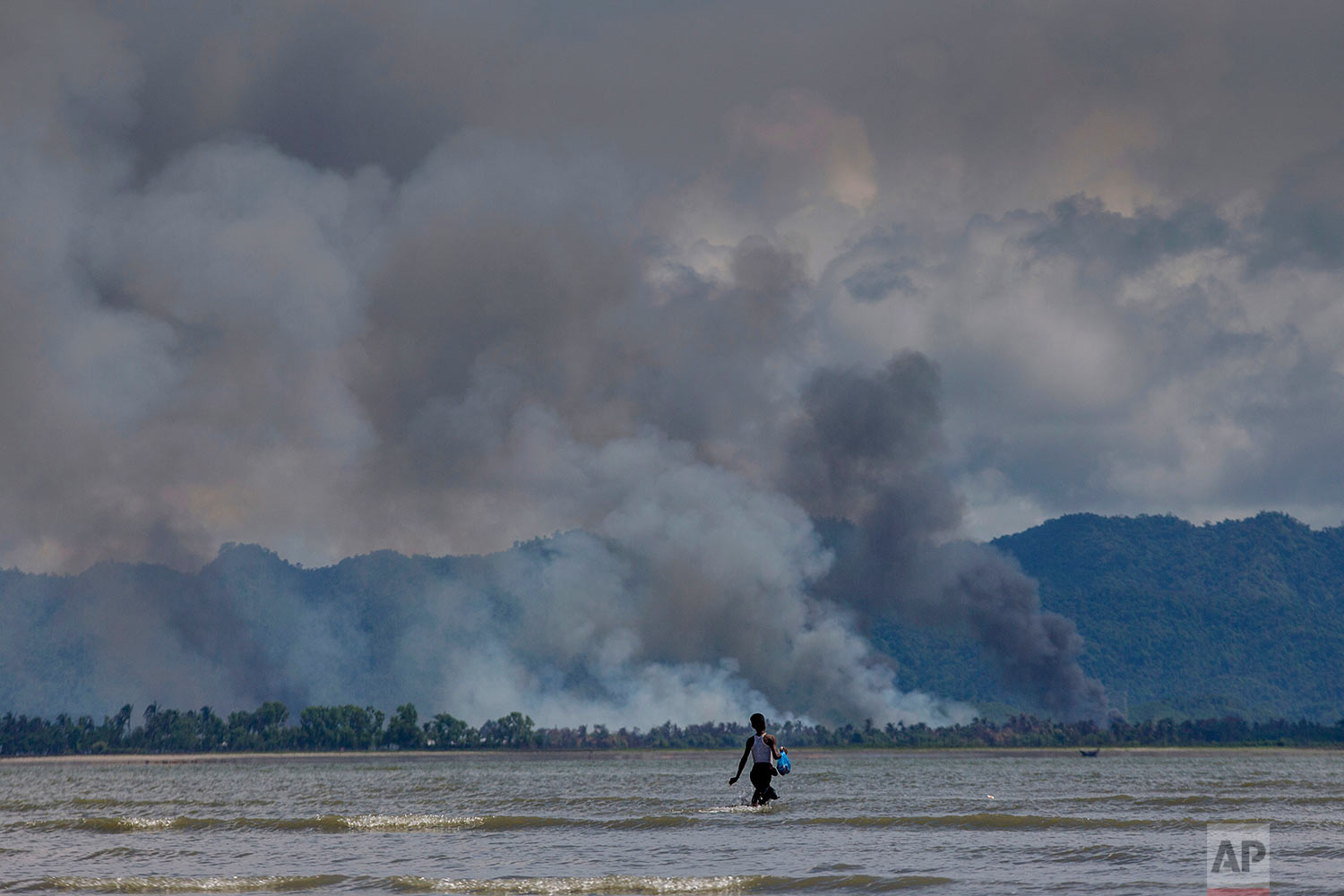

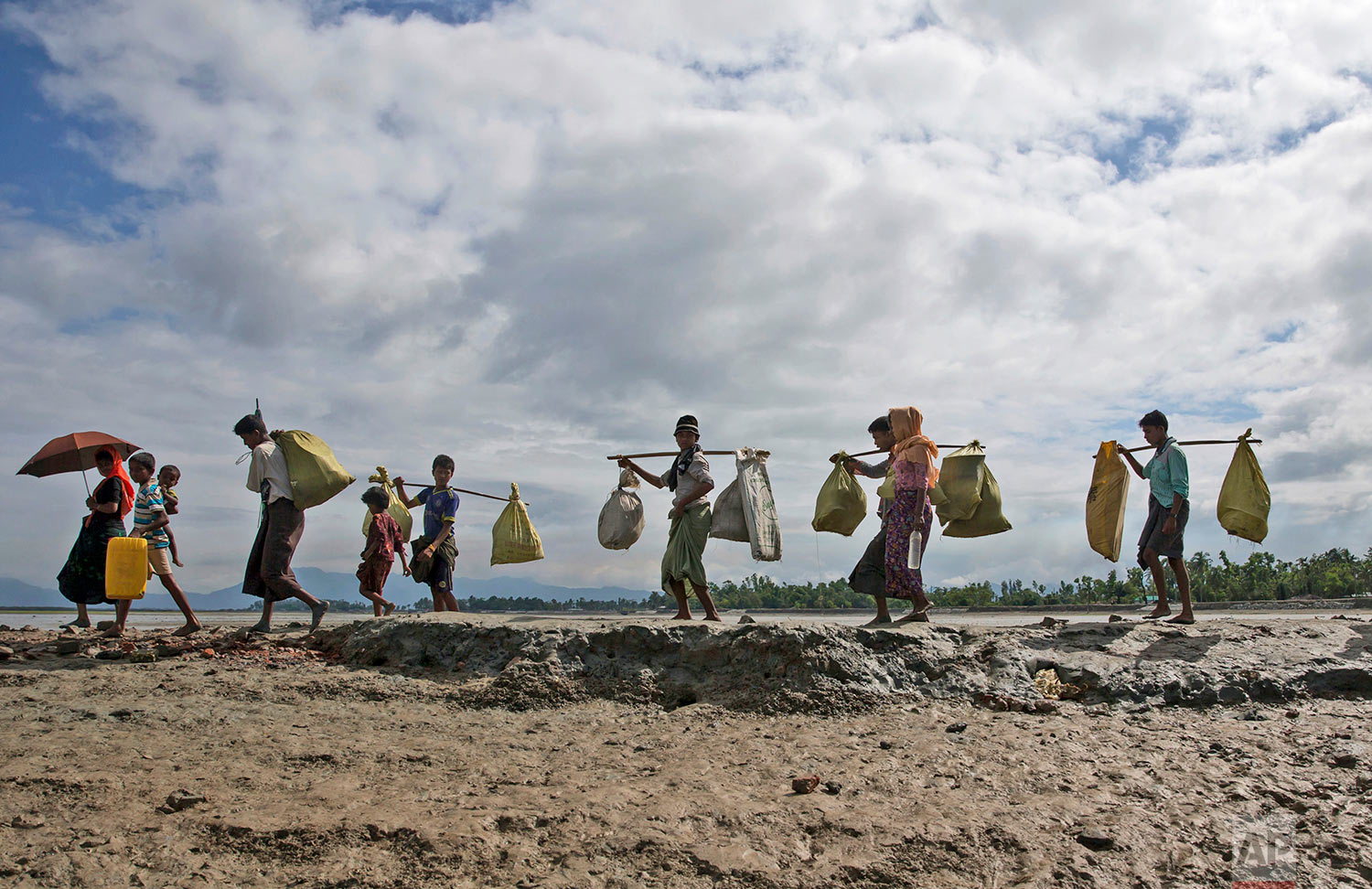
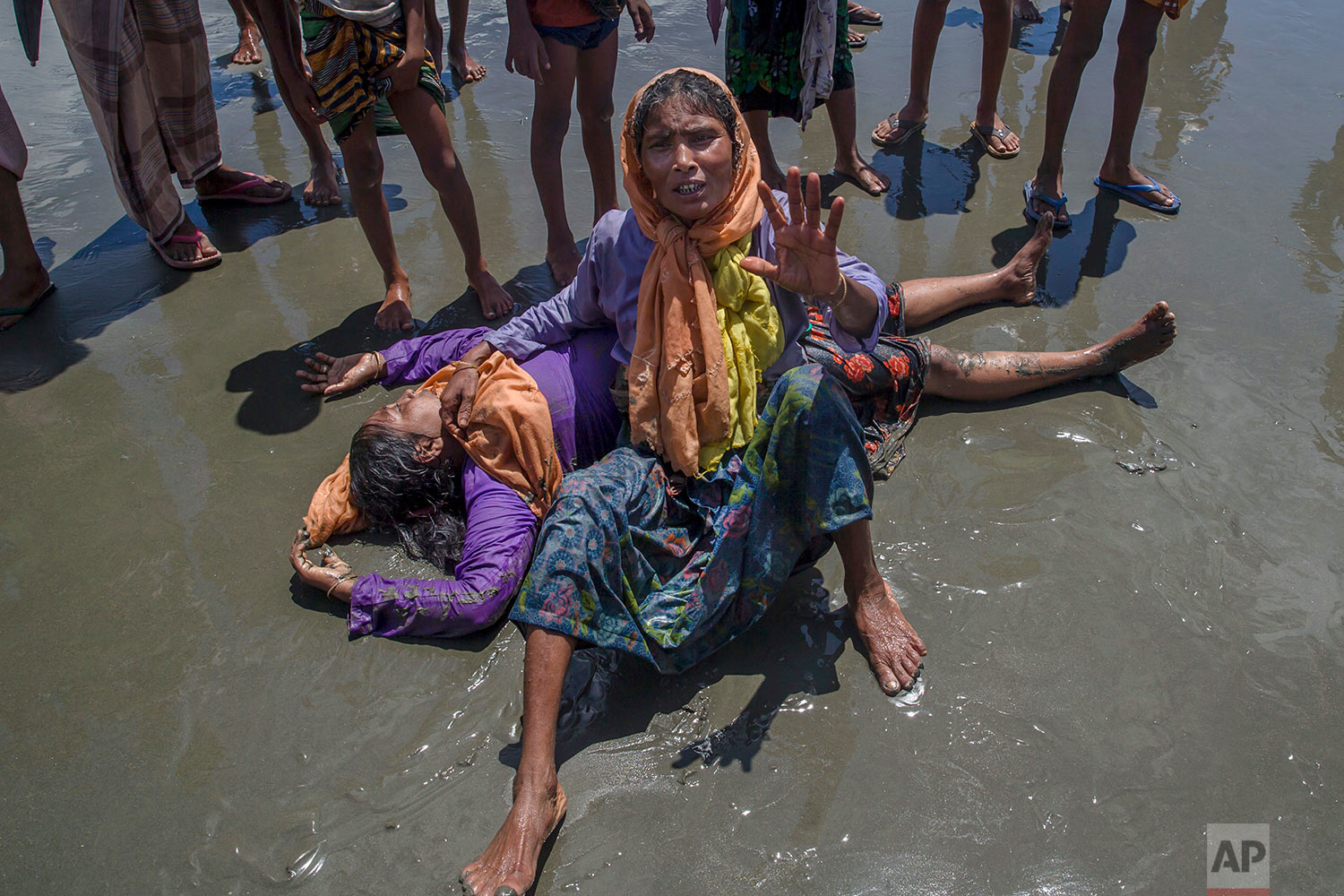
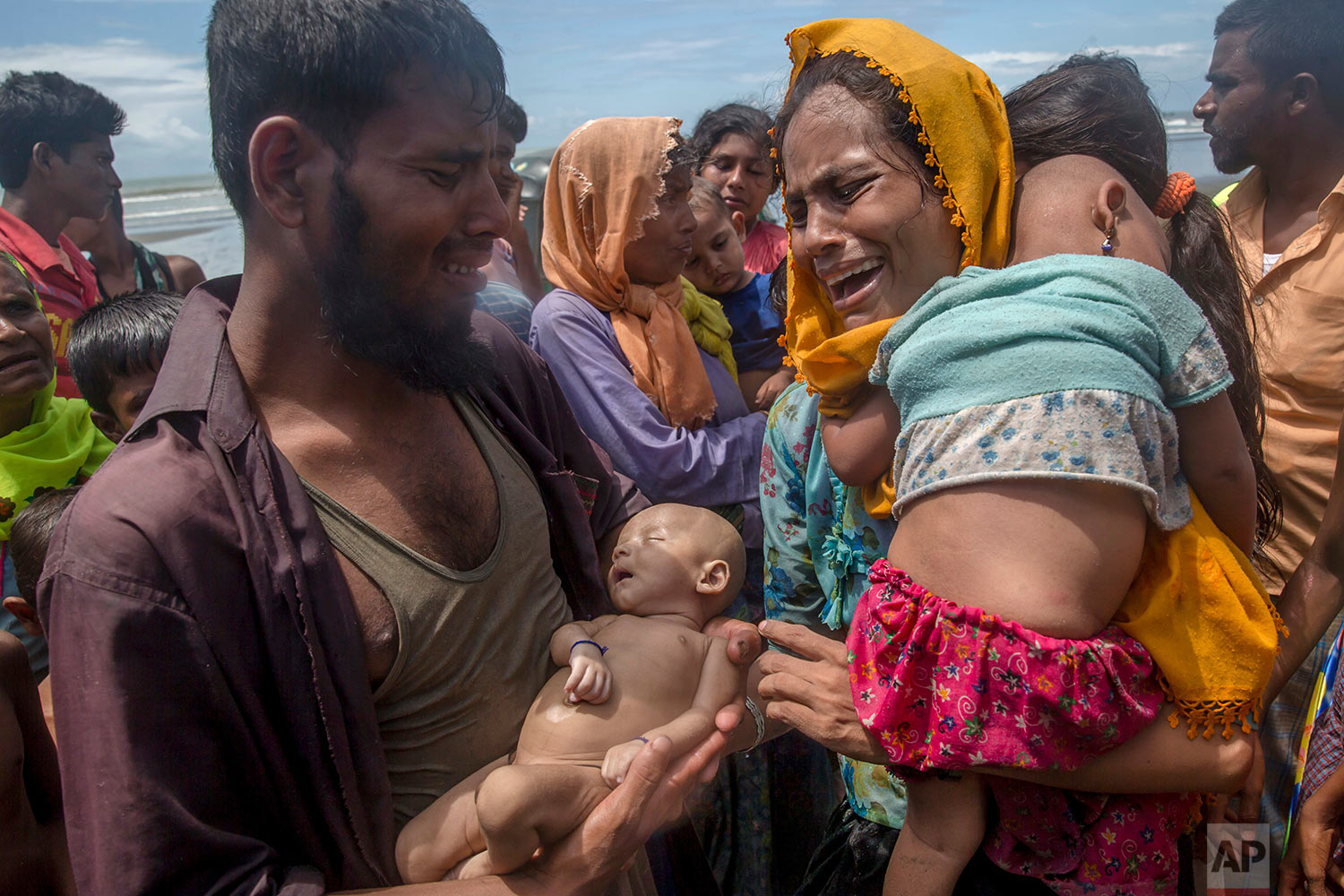
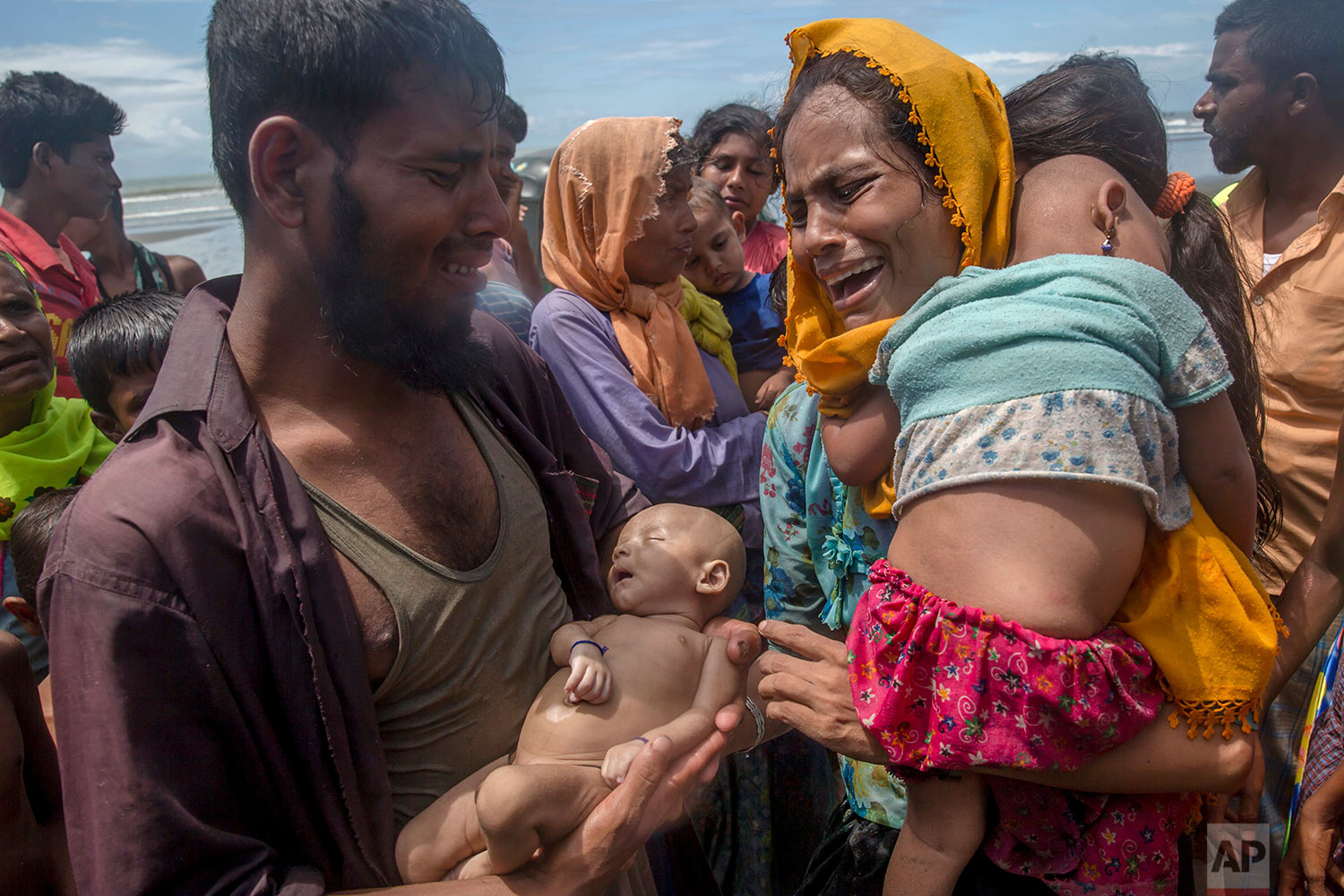
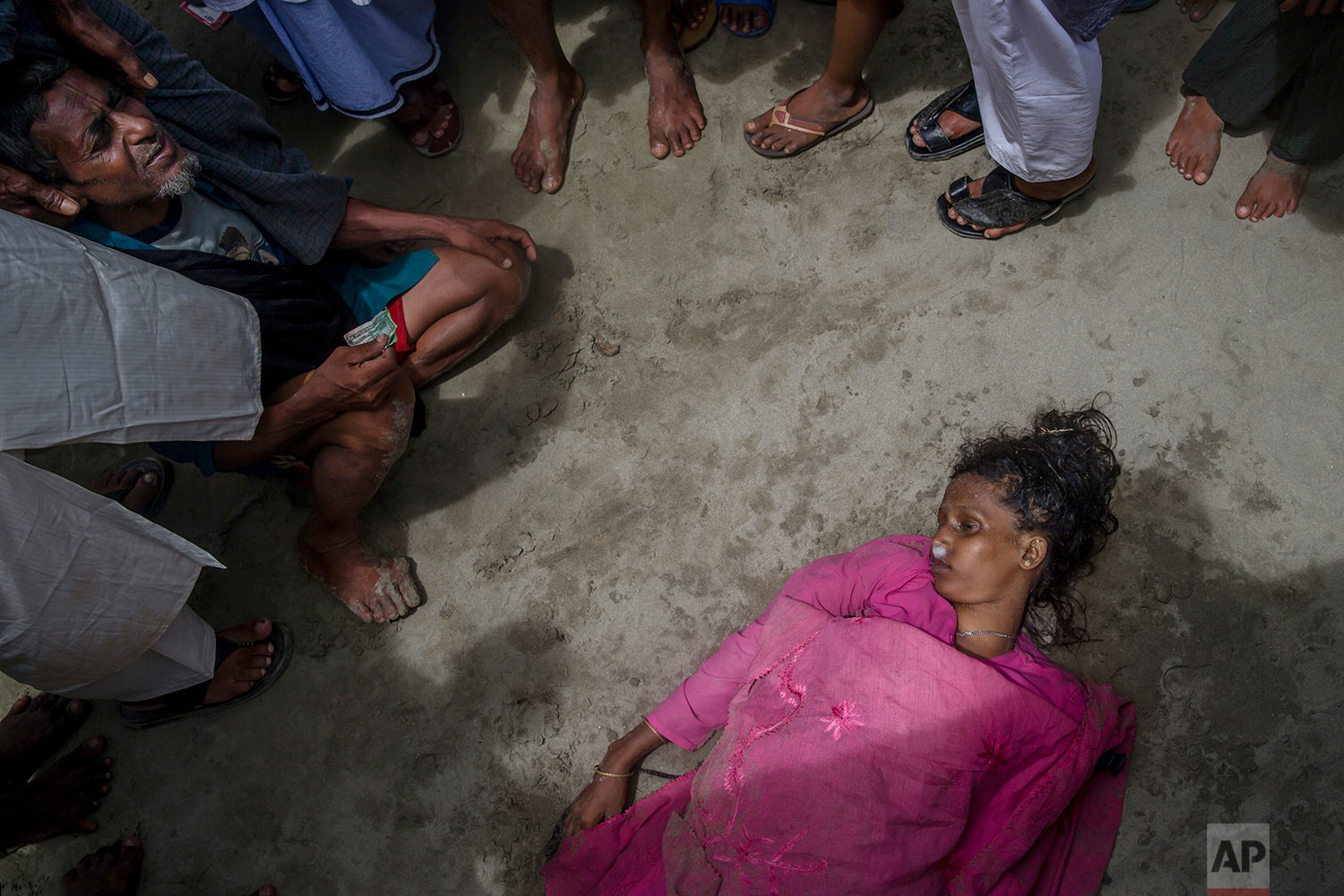
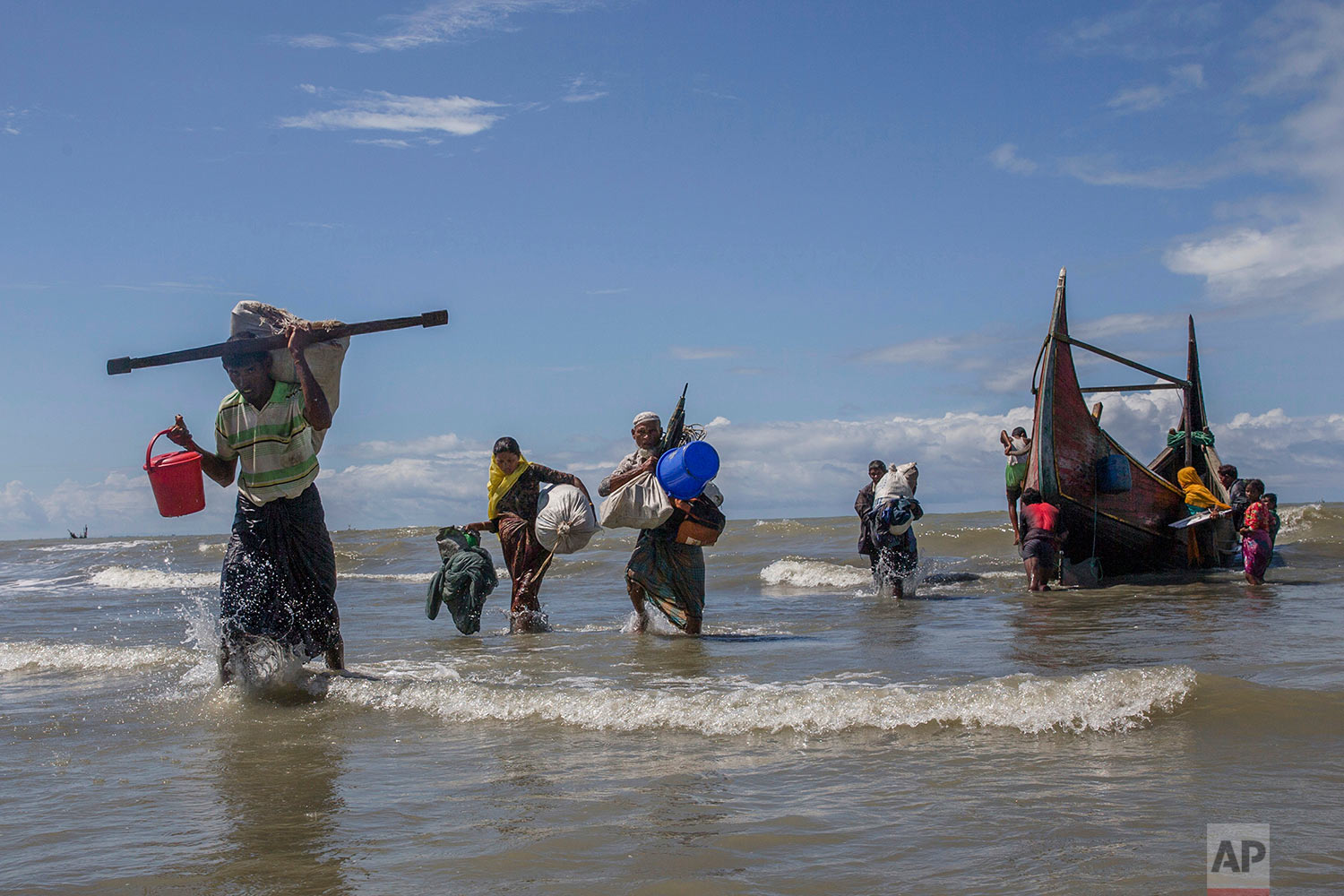
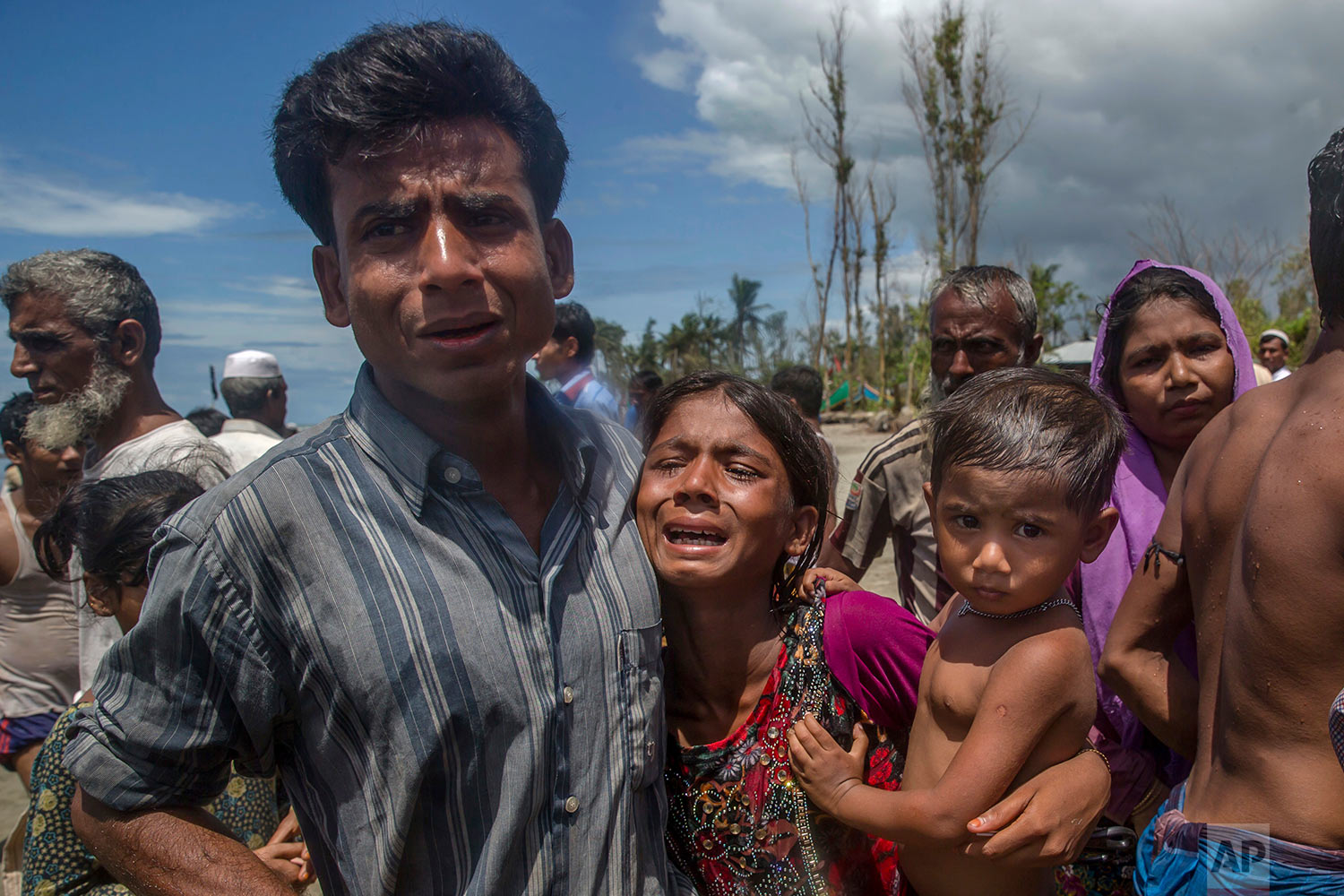
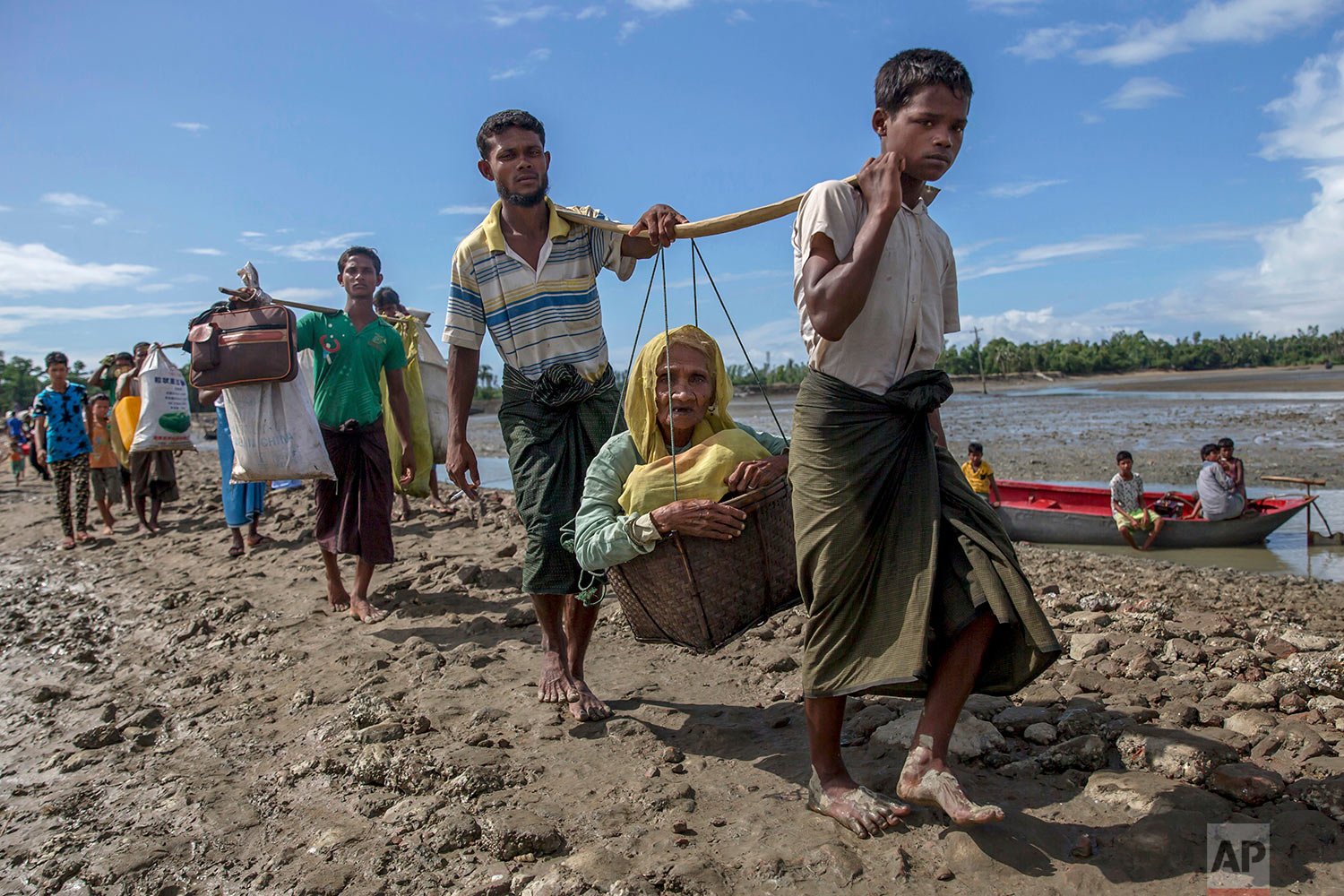
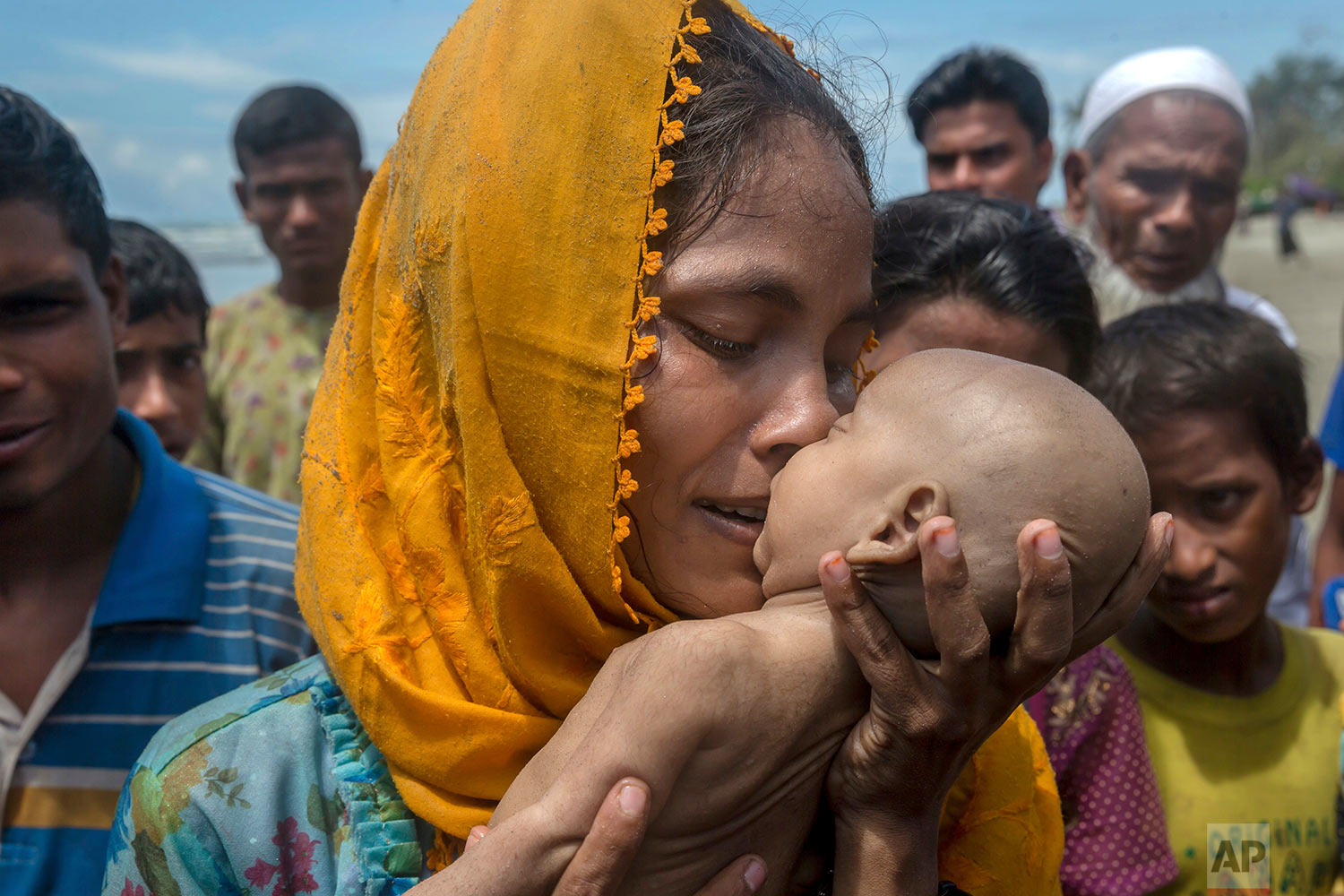

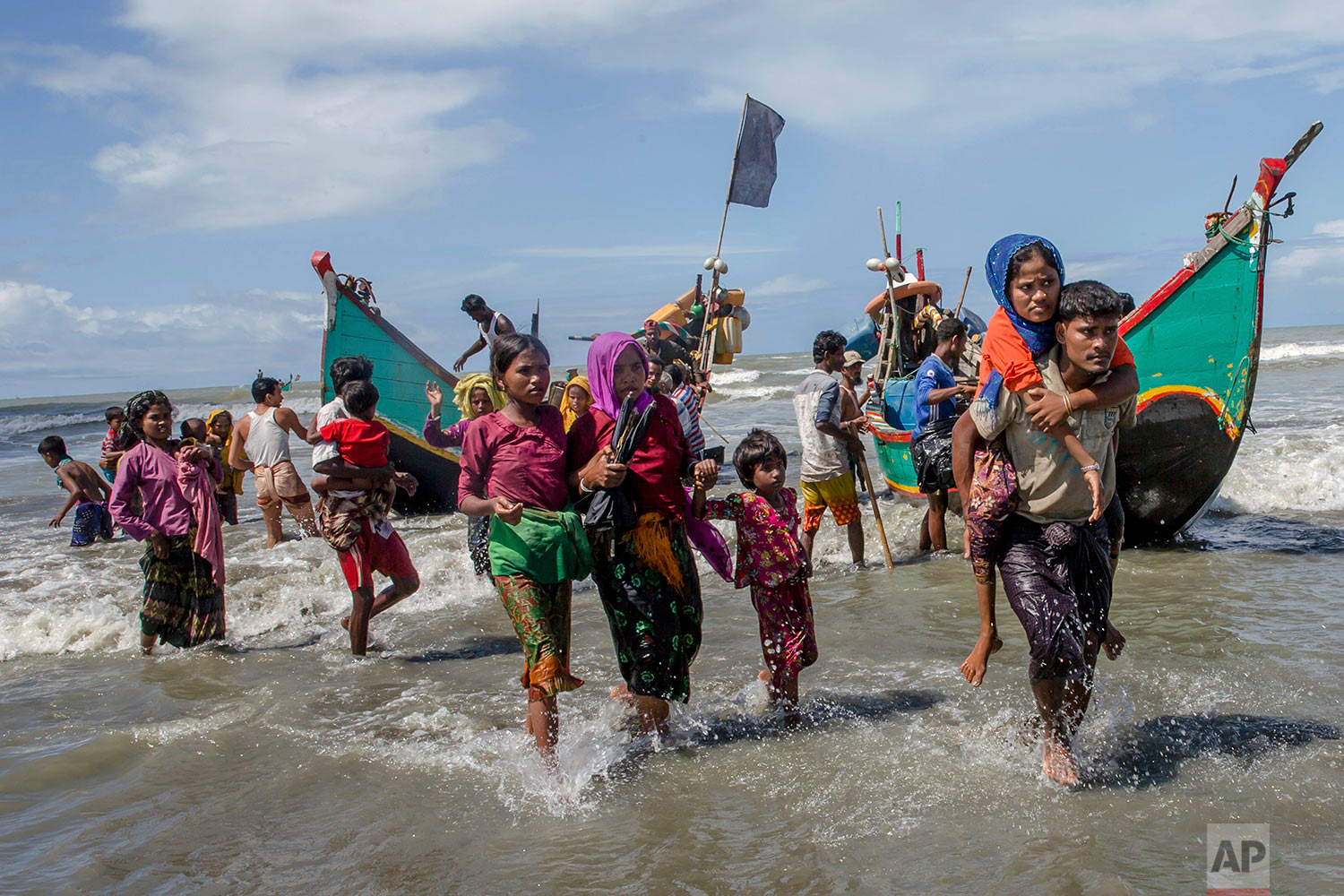
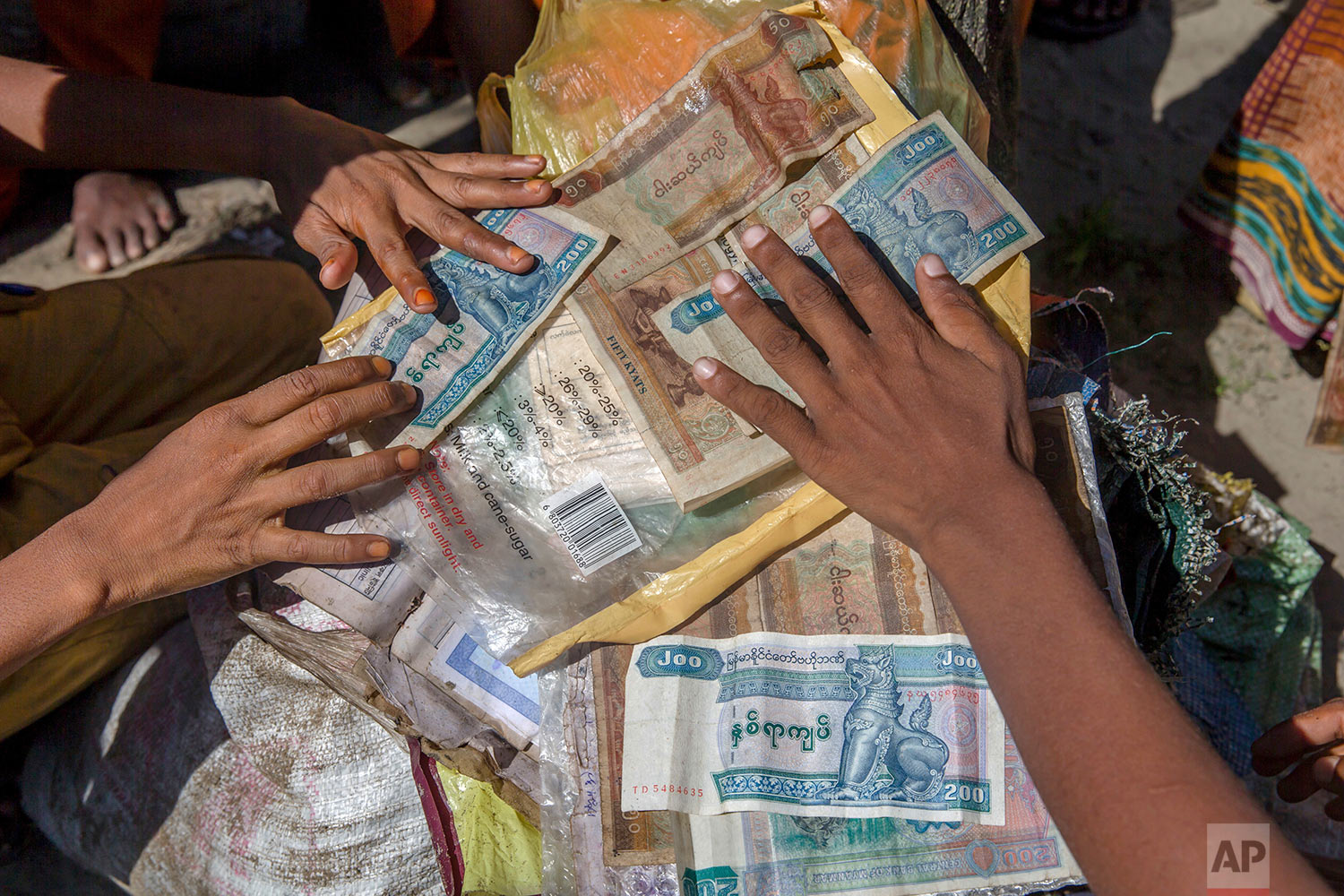
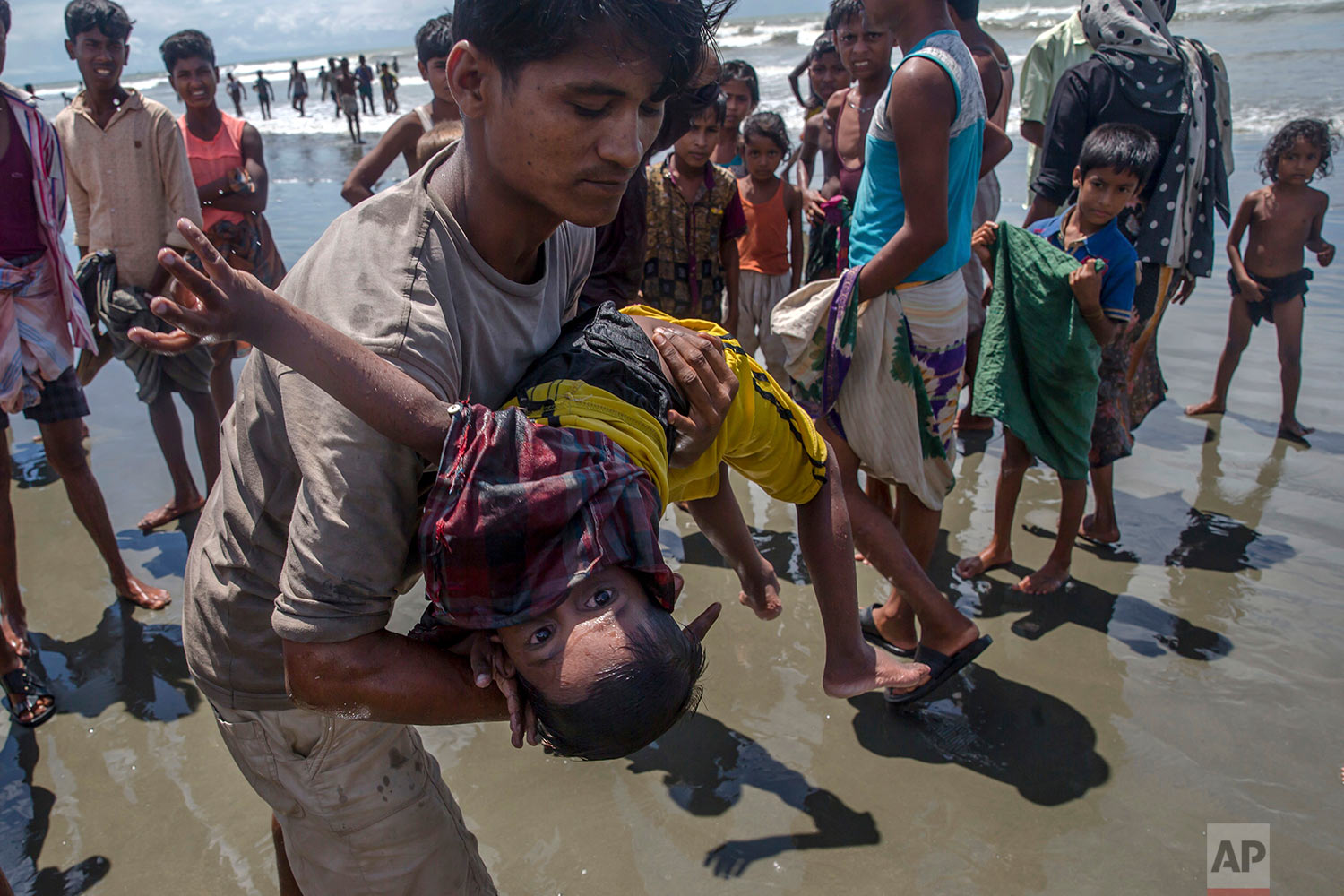
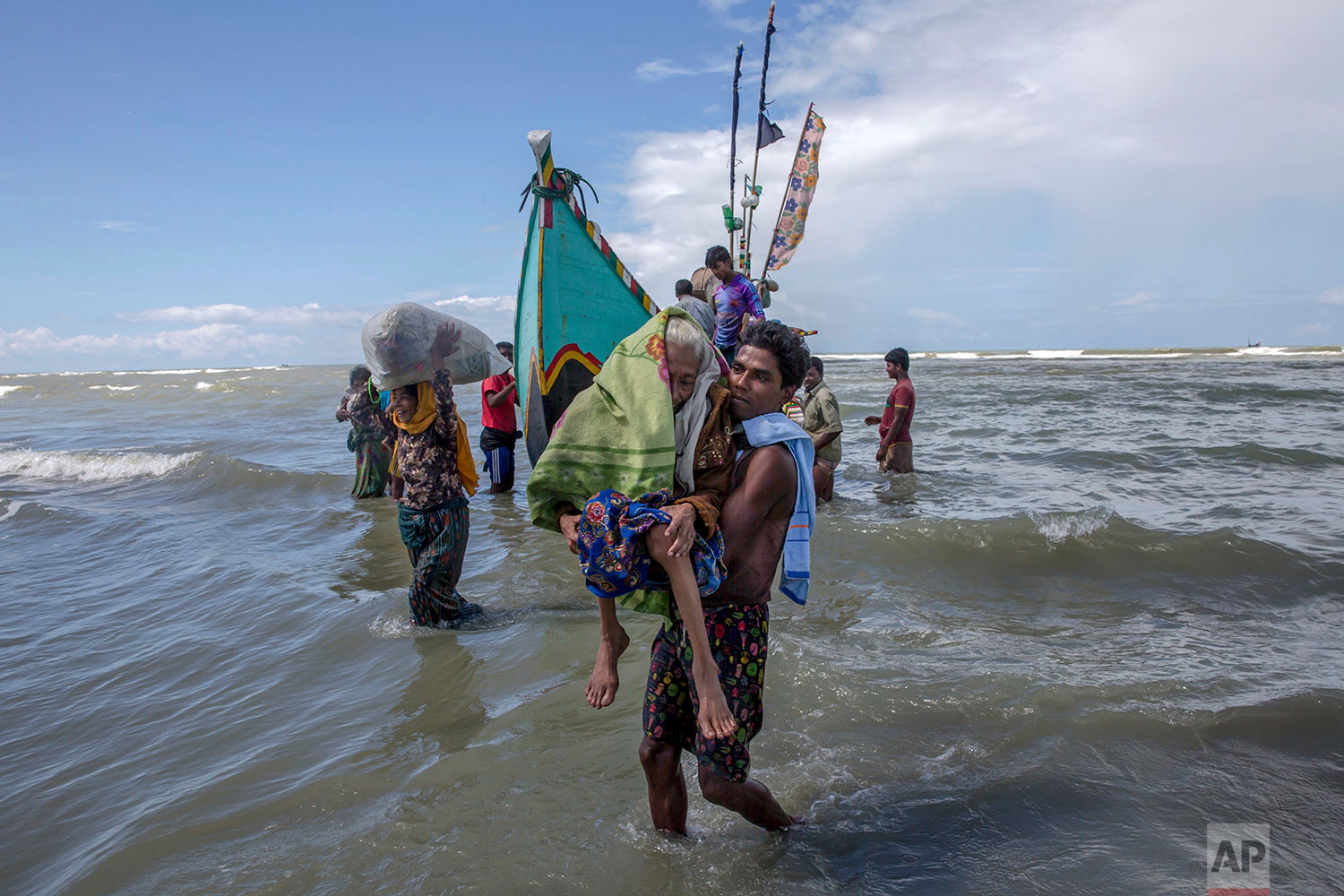
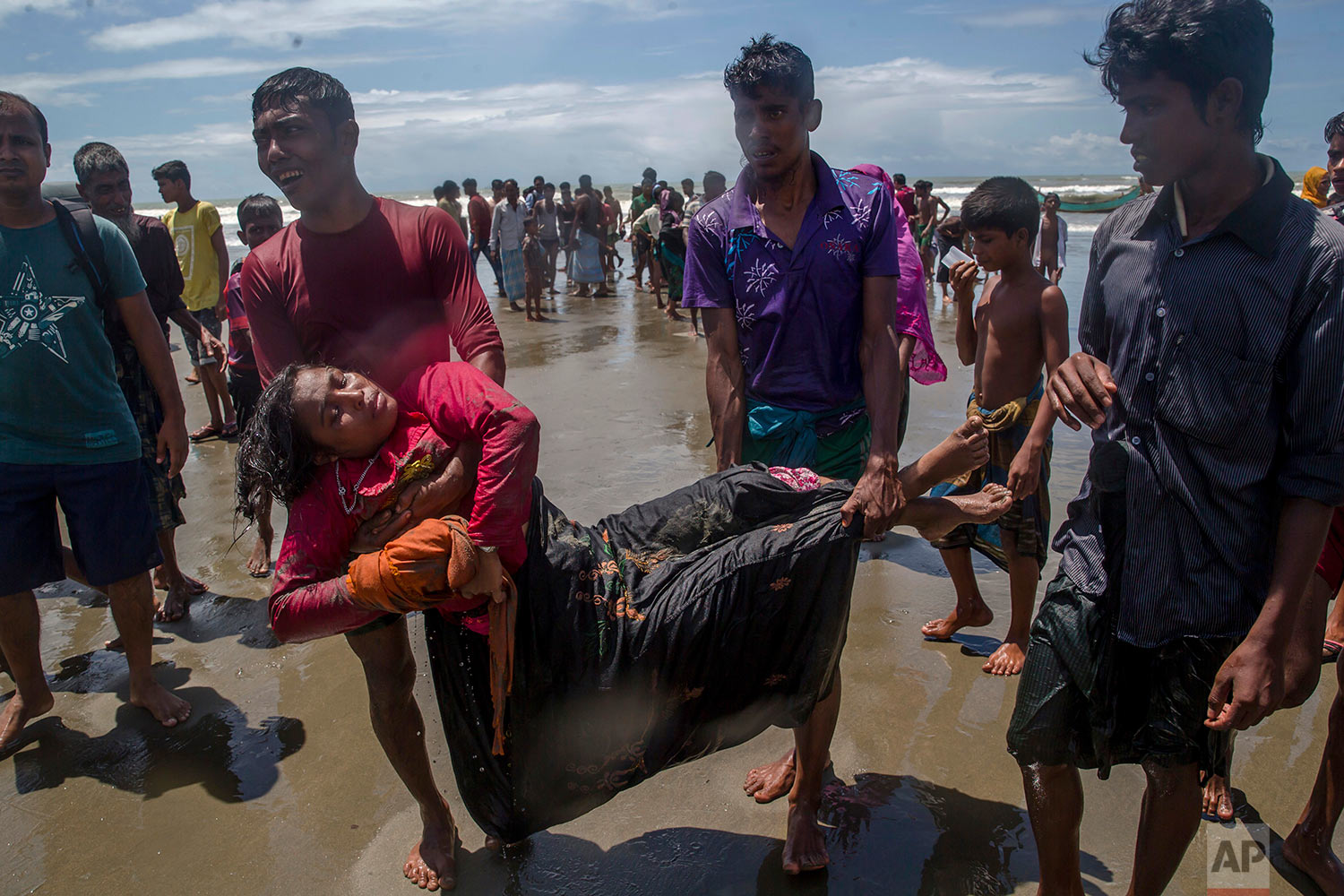
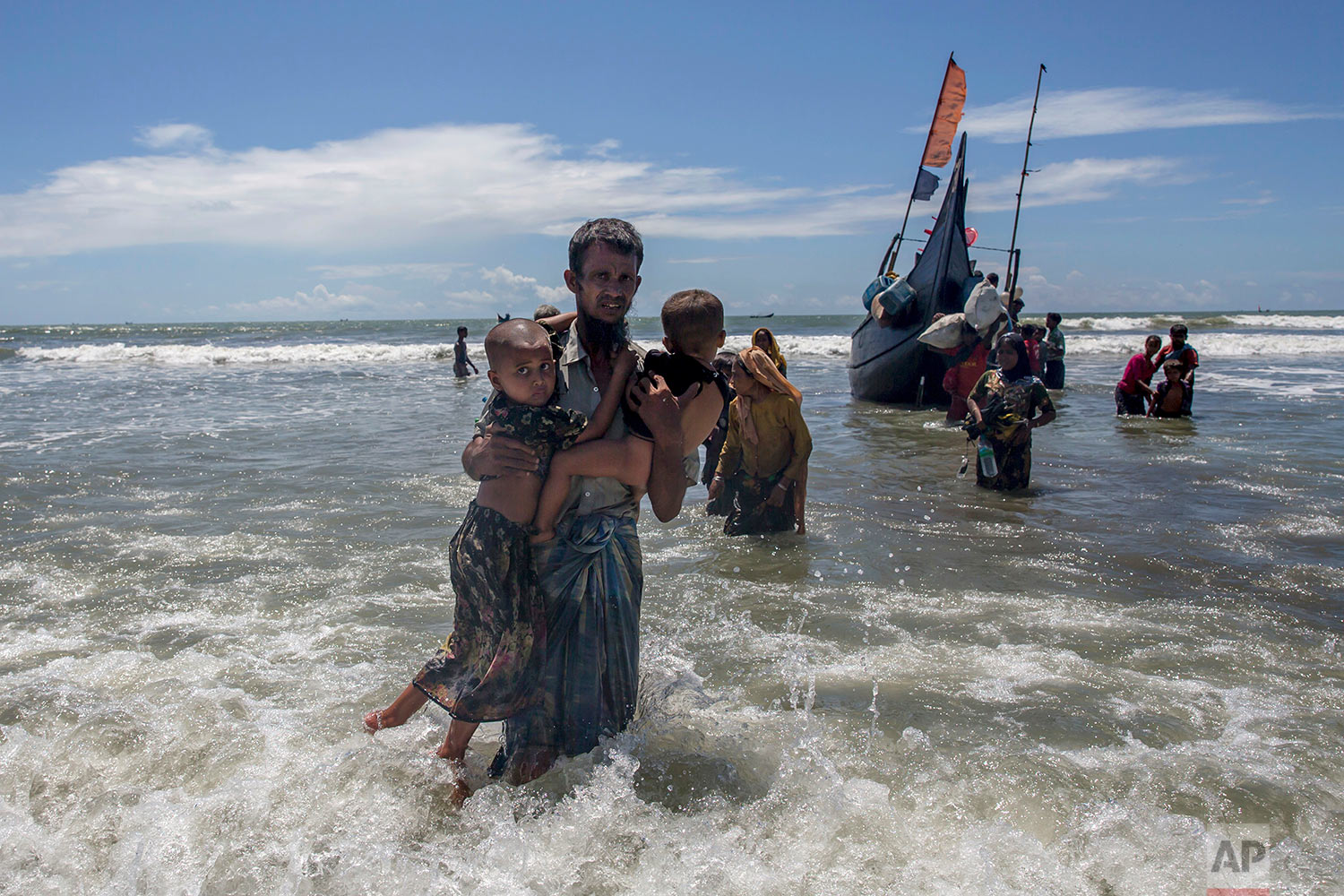

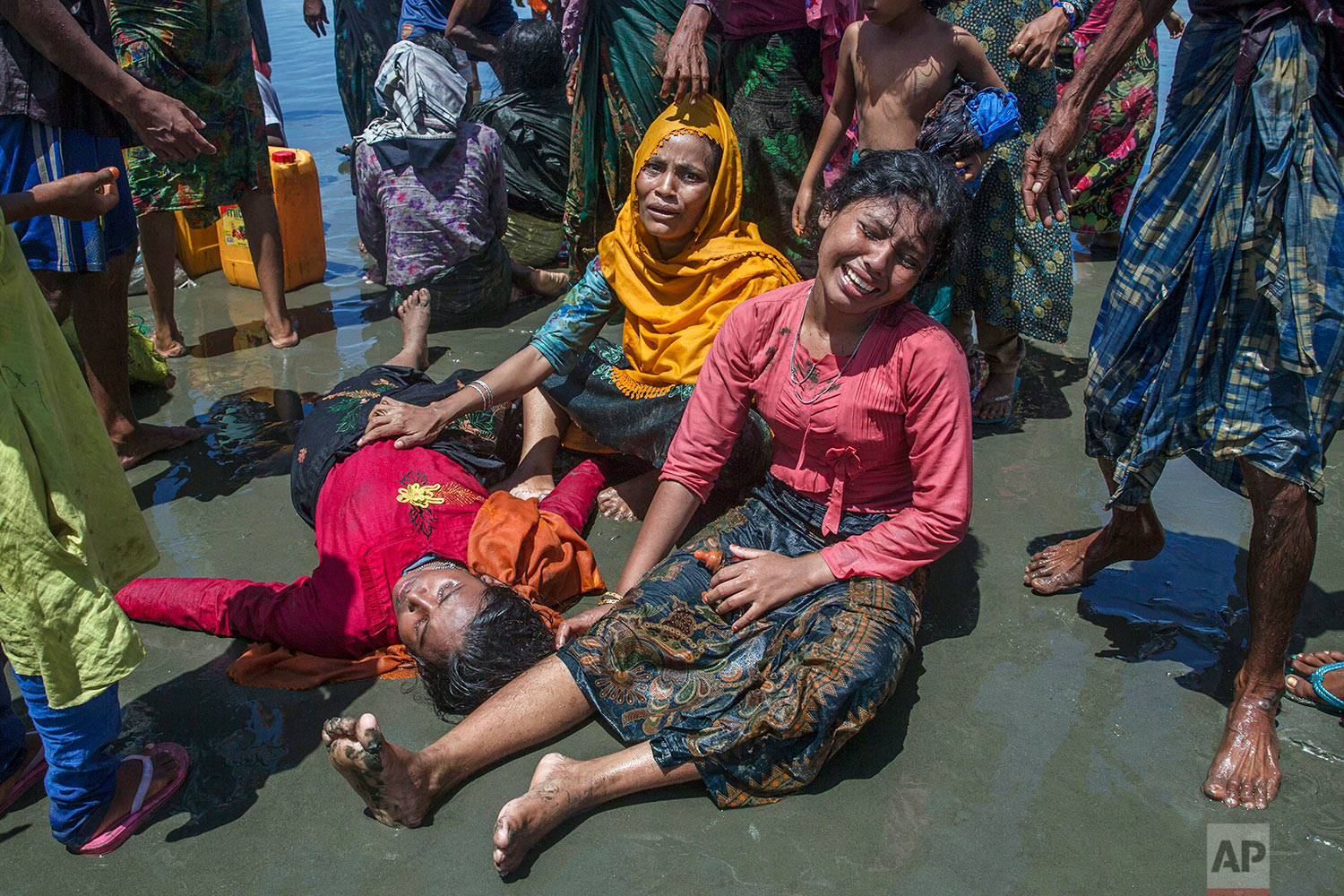
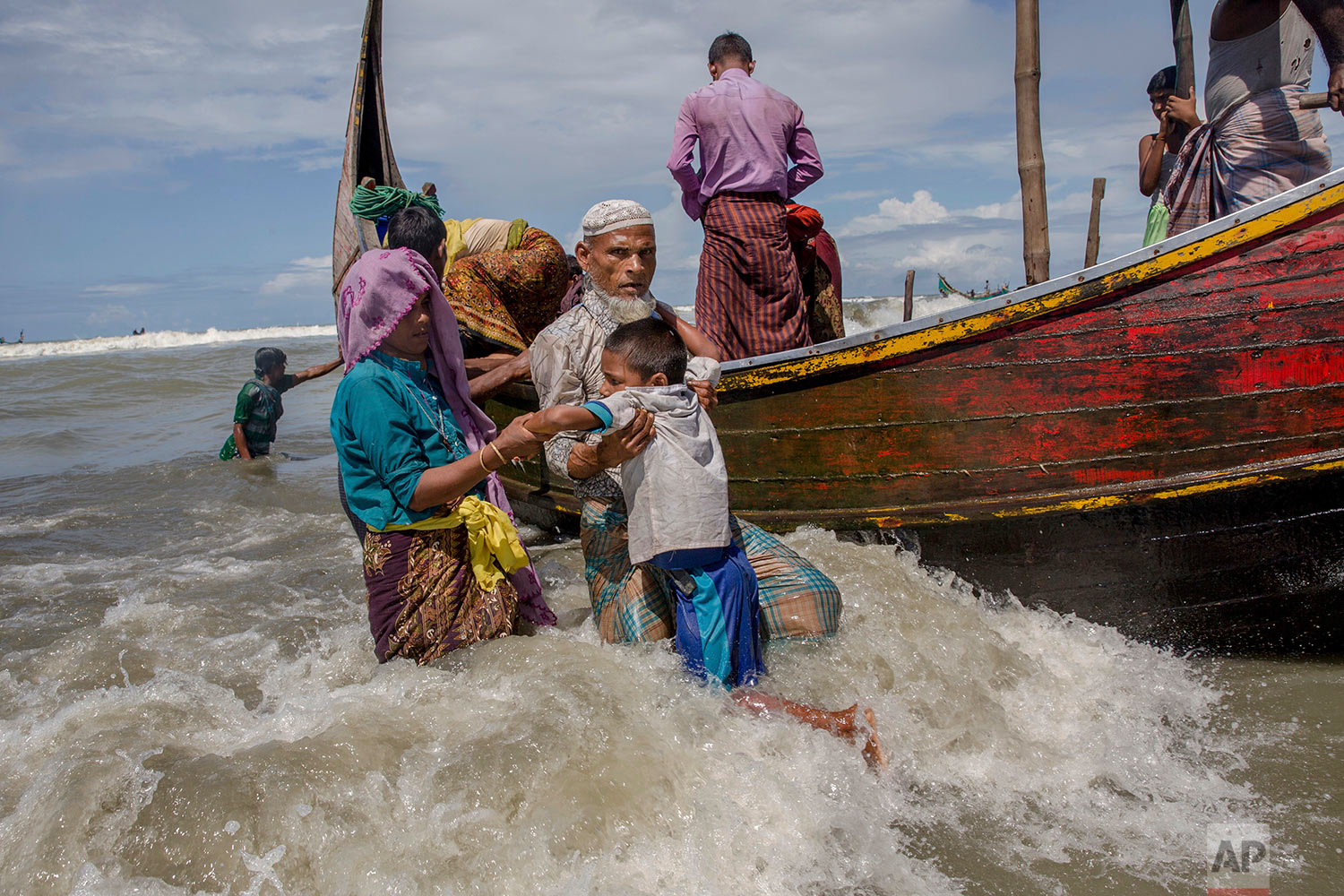
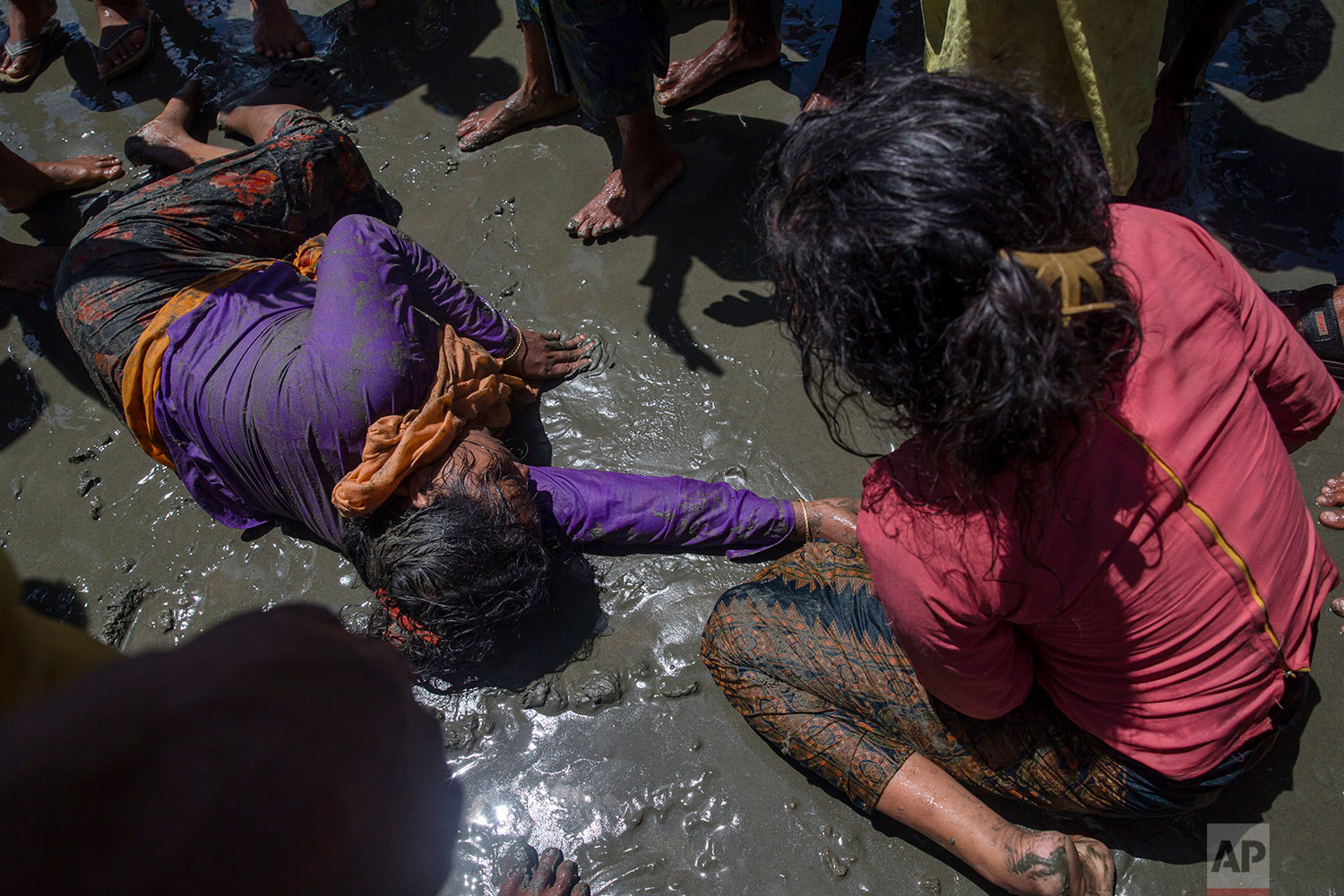







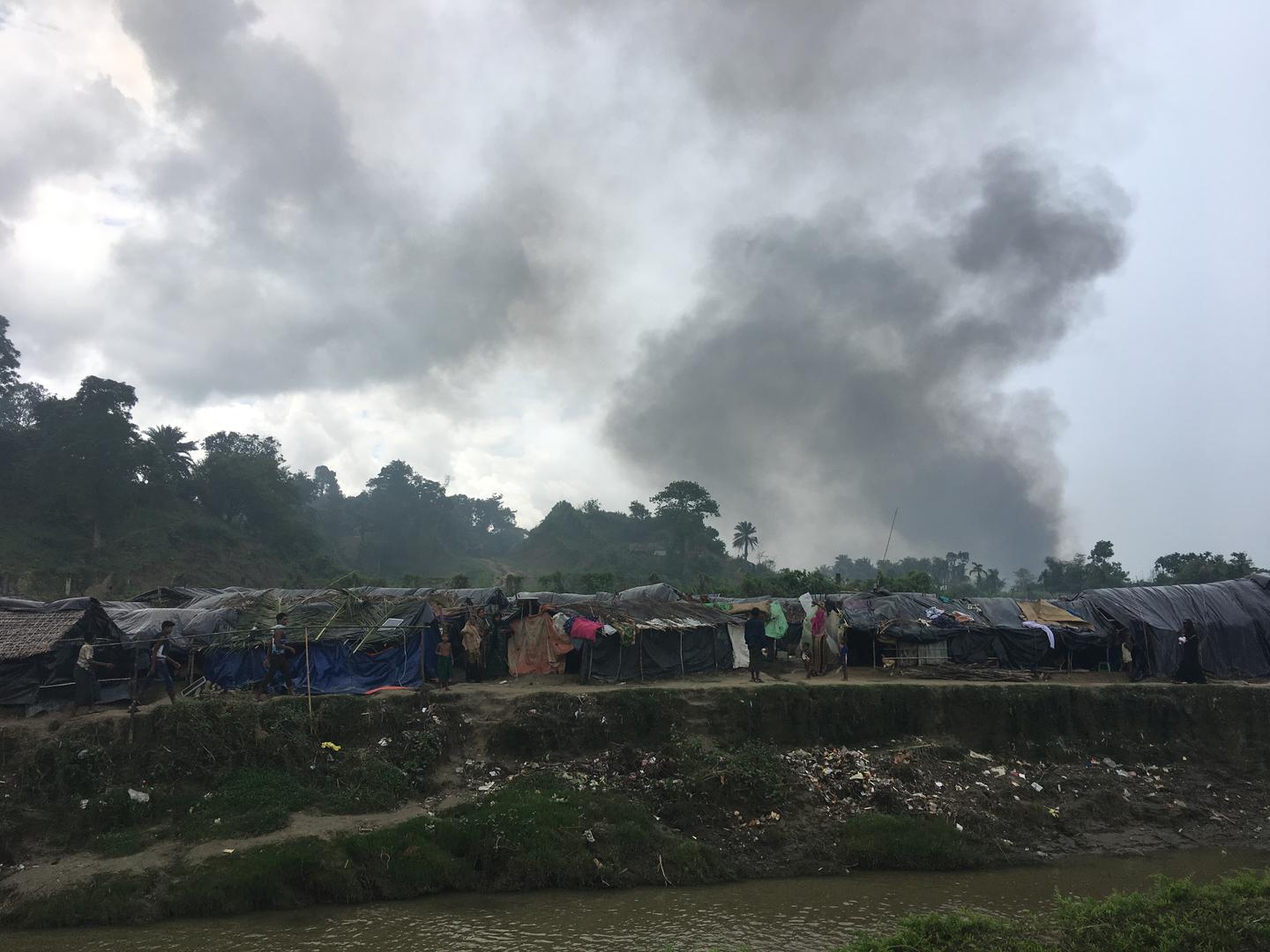
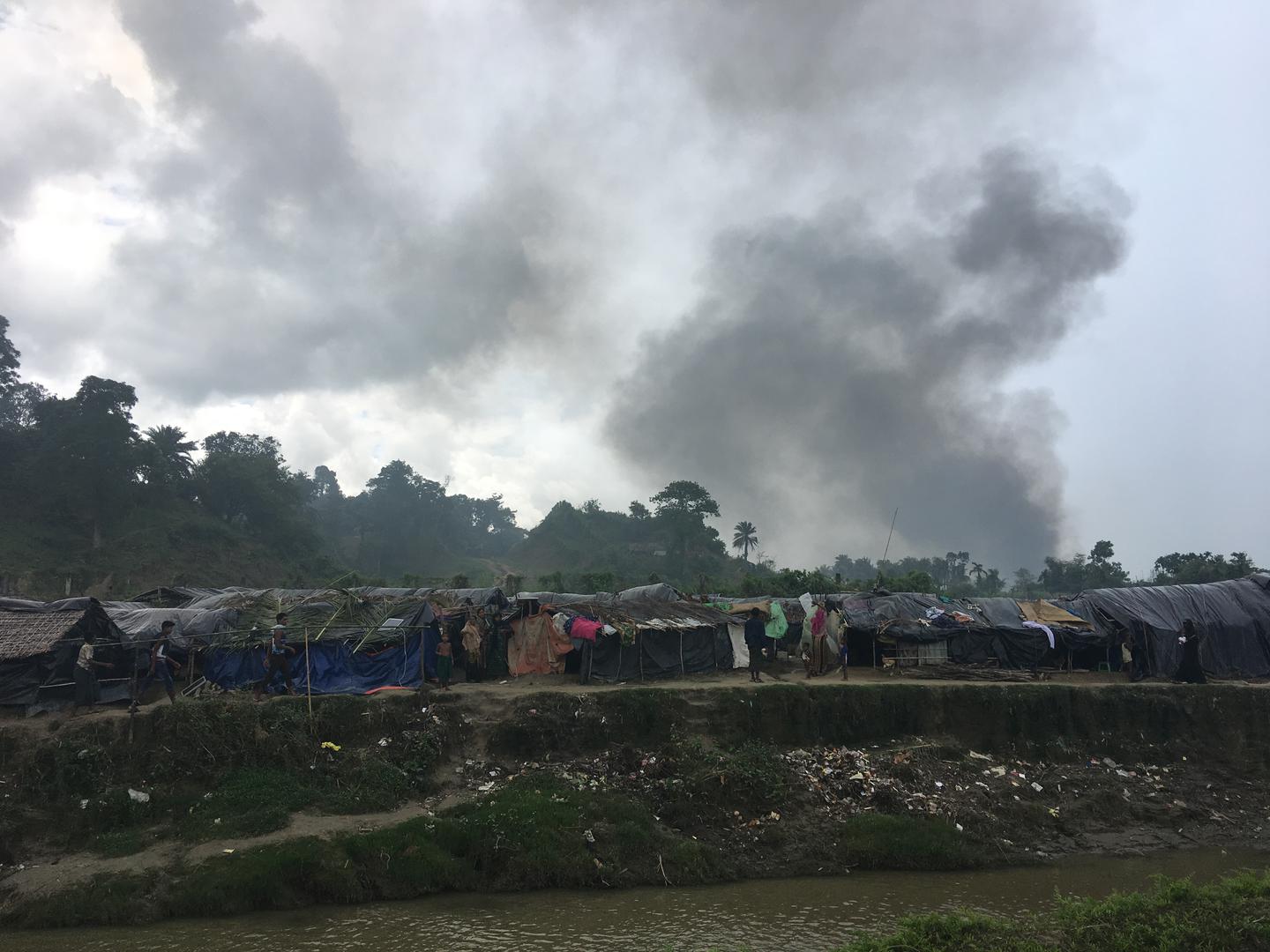
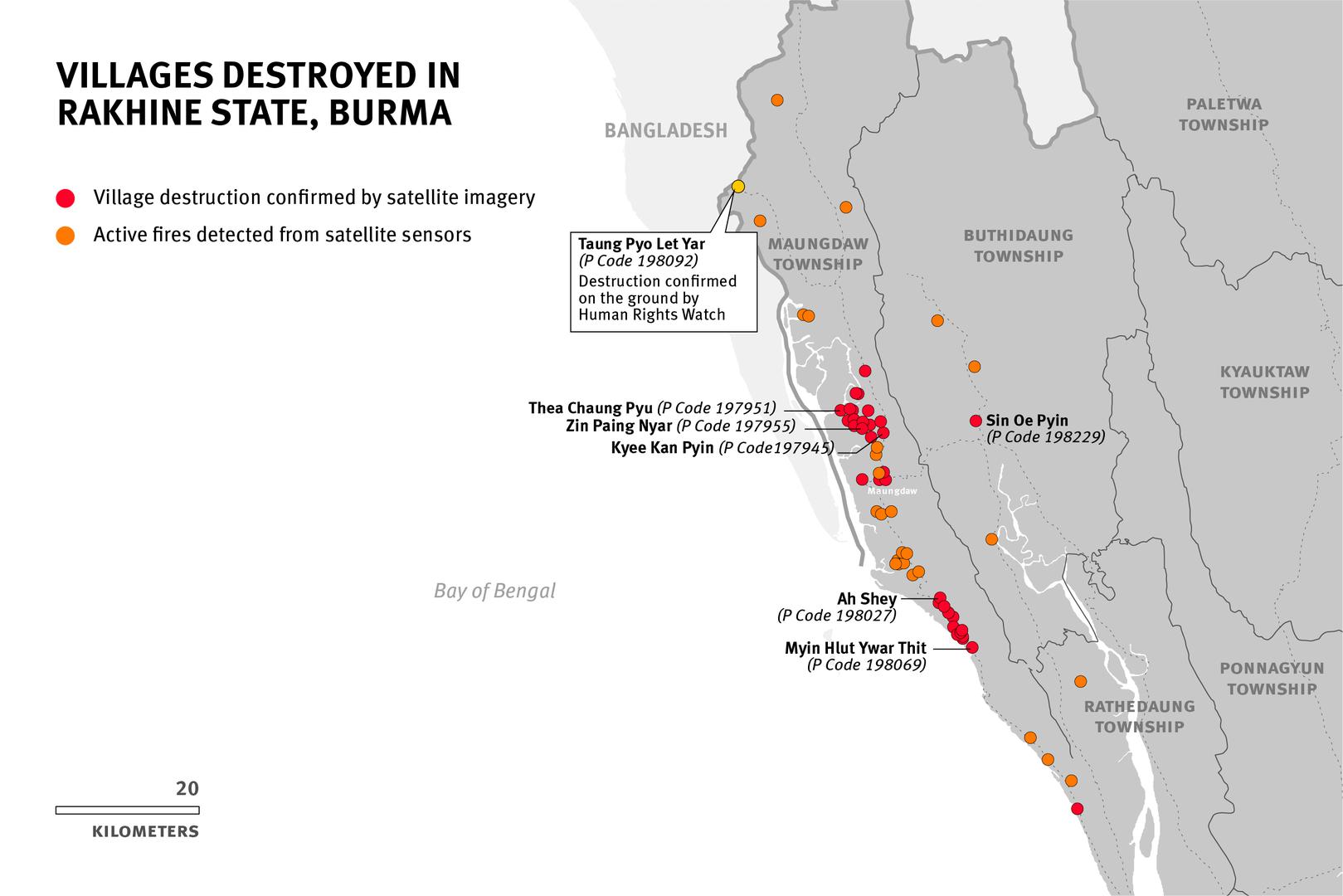
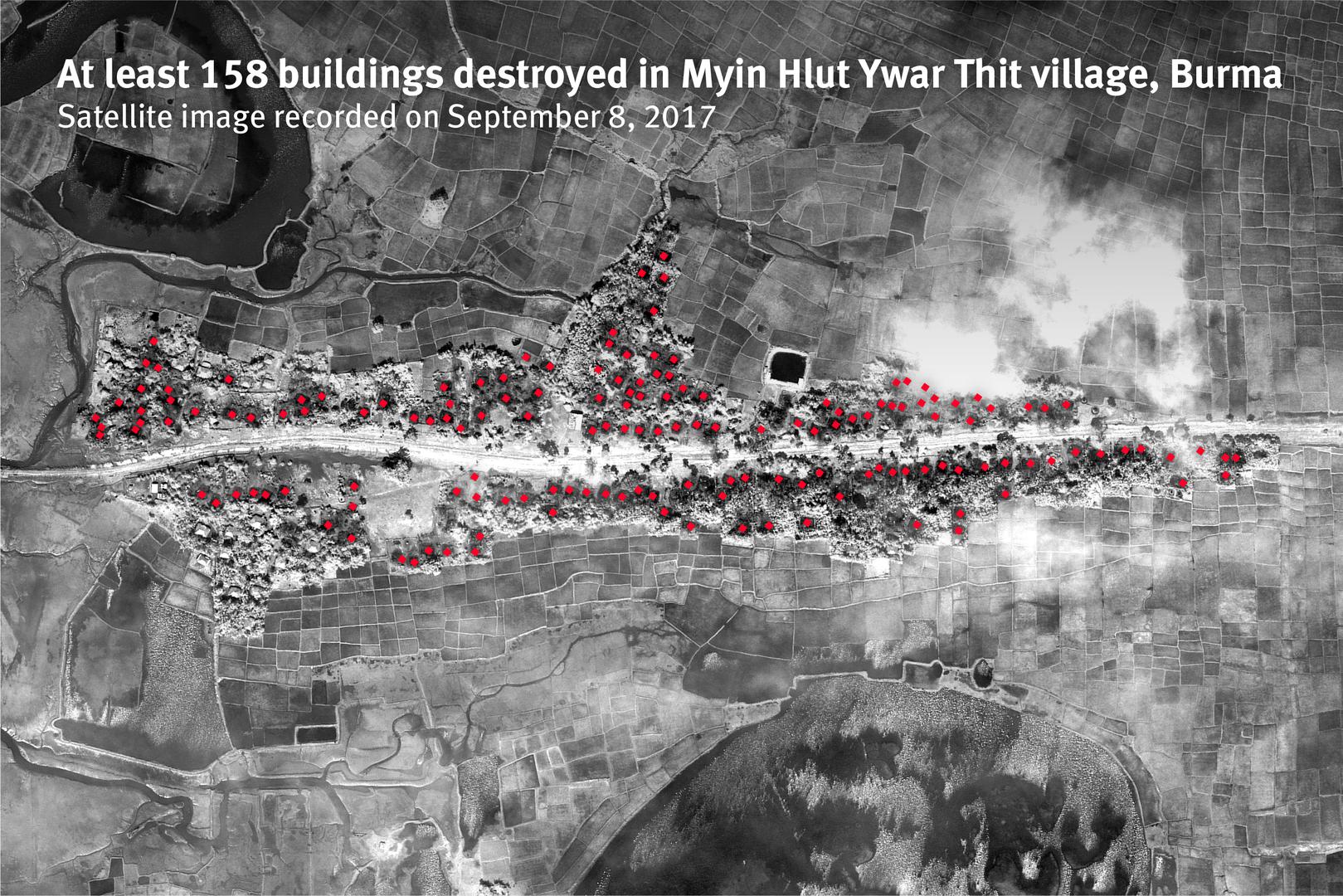
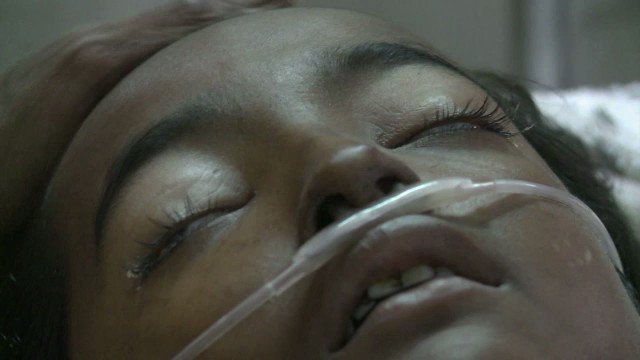
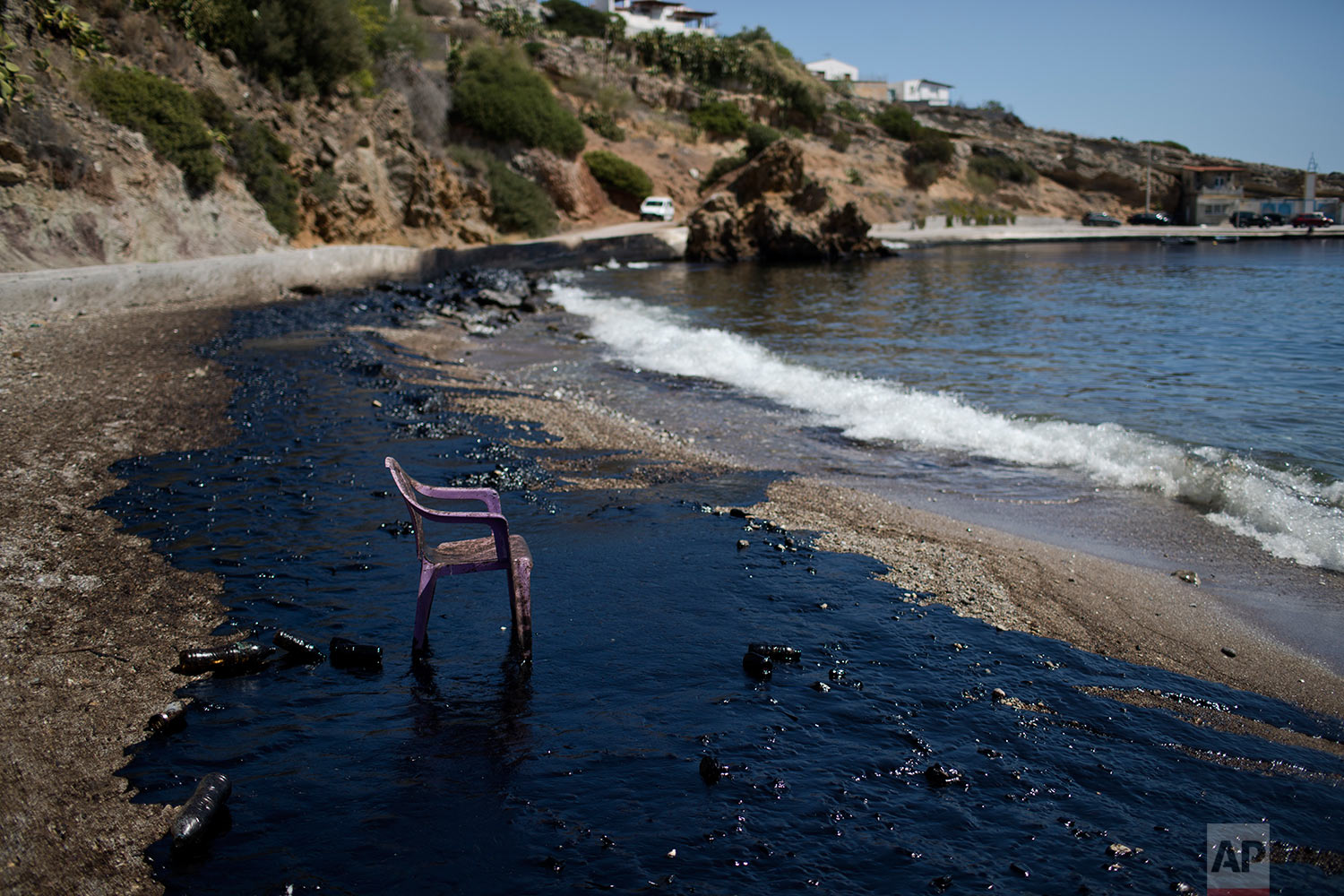

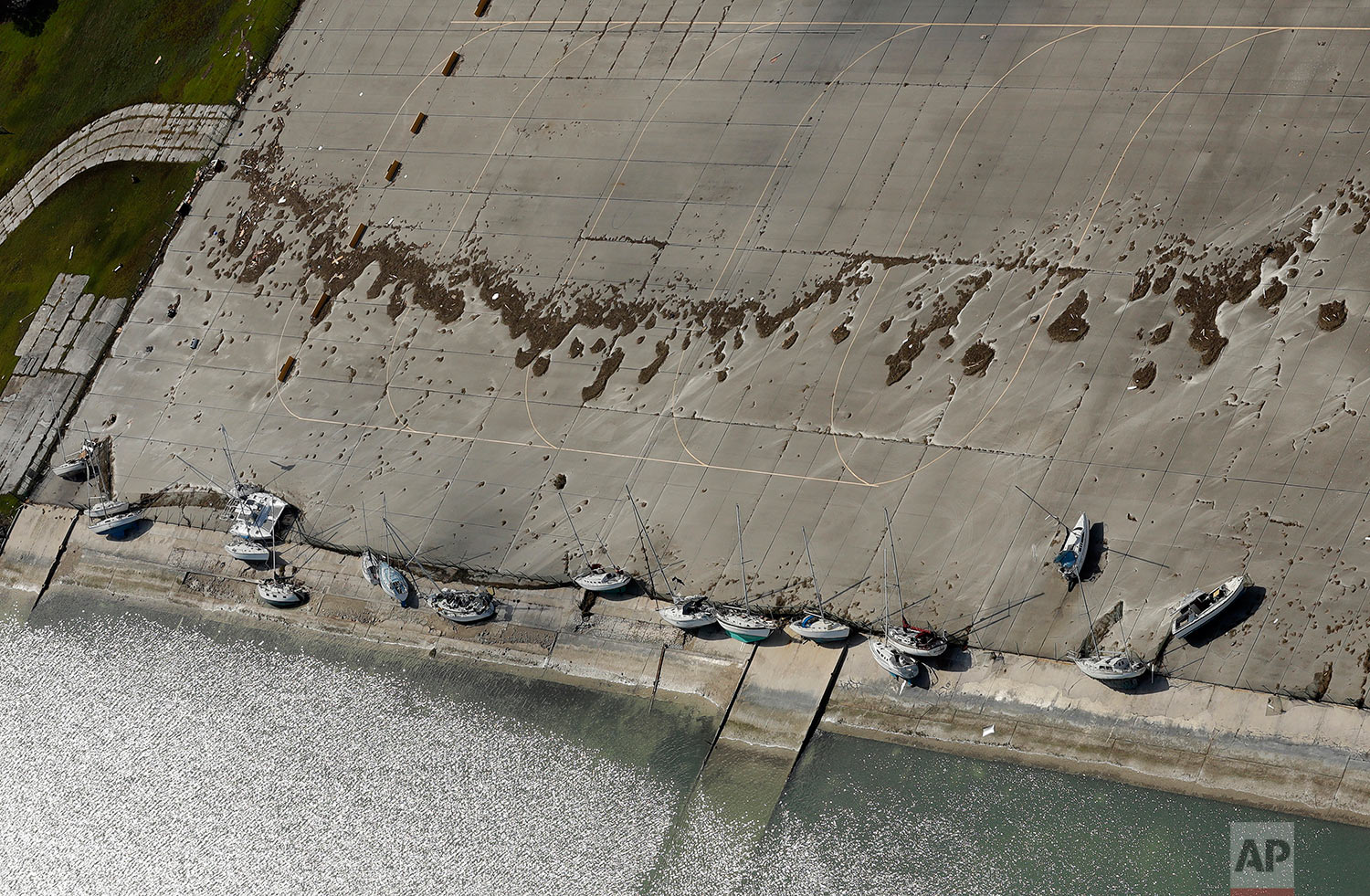




No comments:
Post a Comment